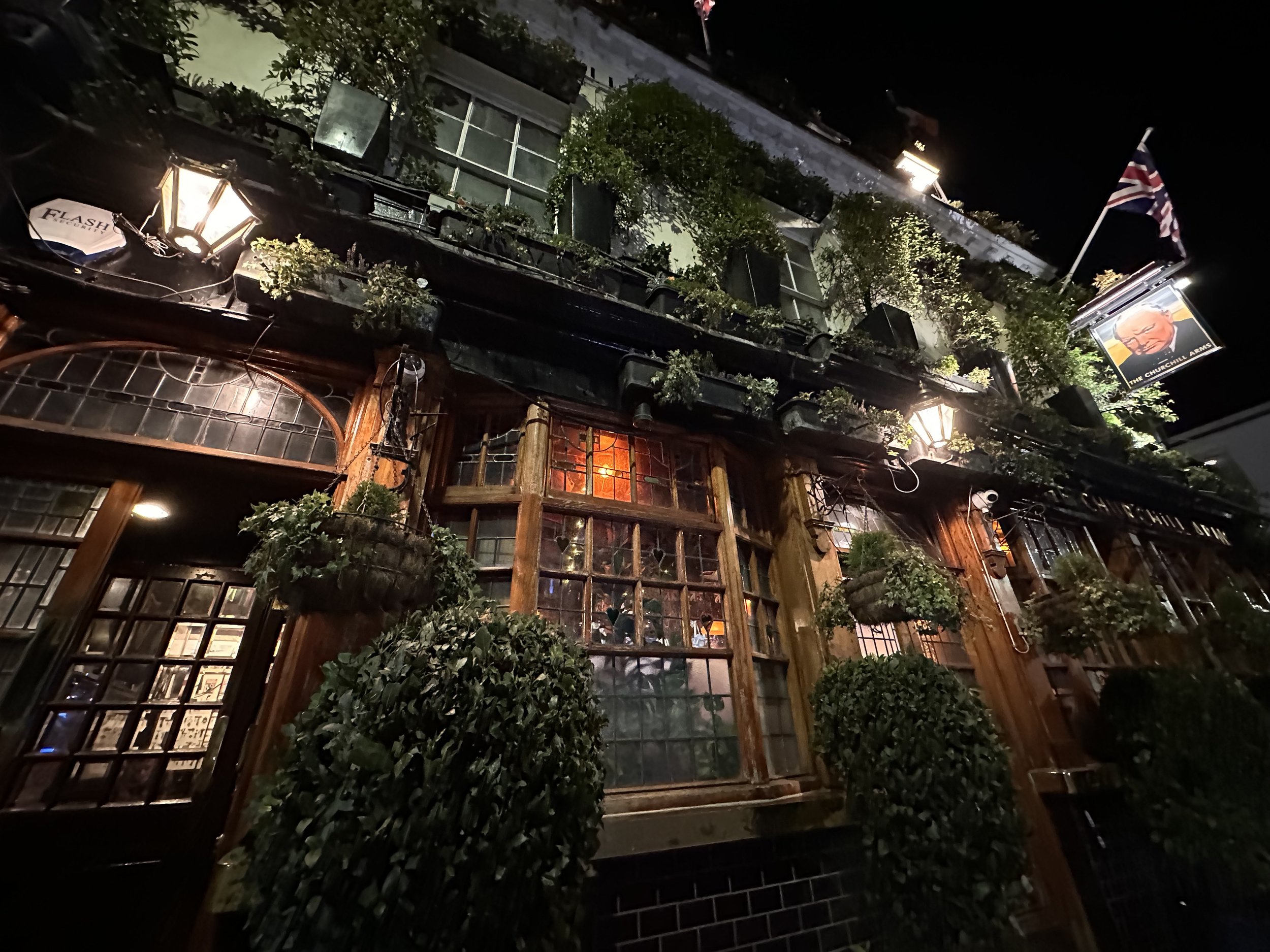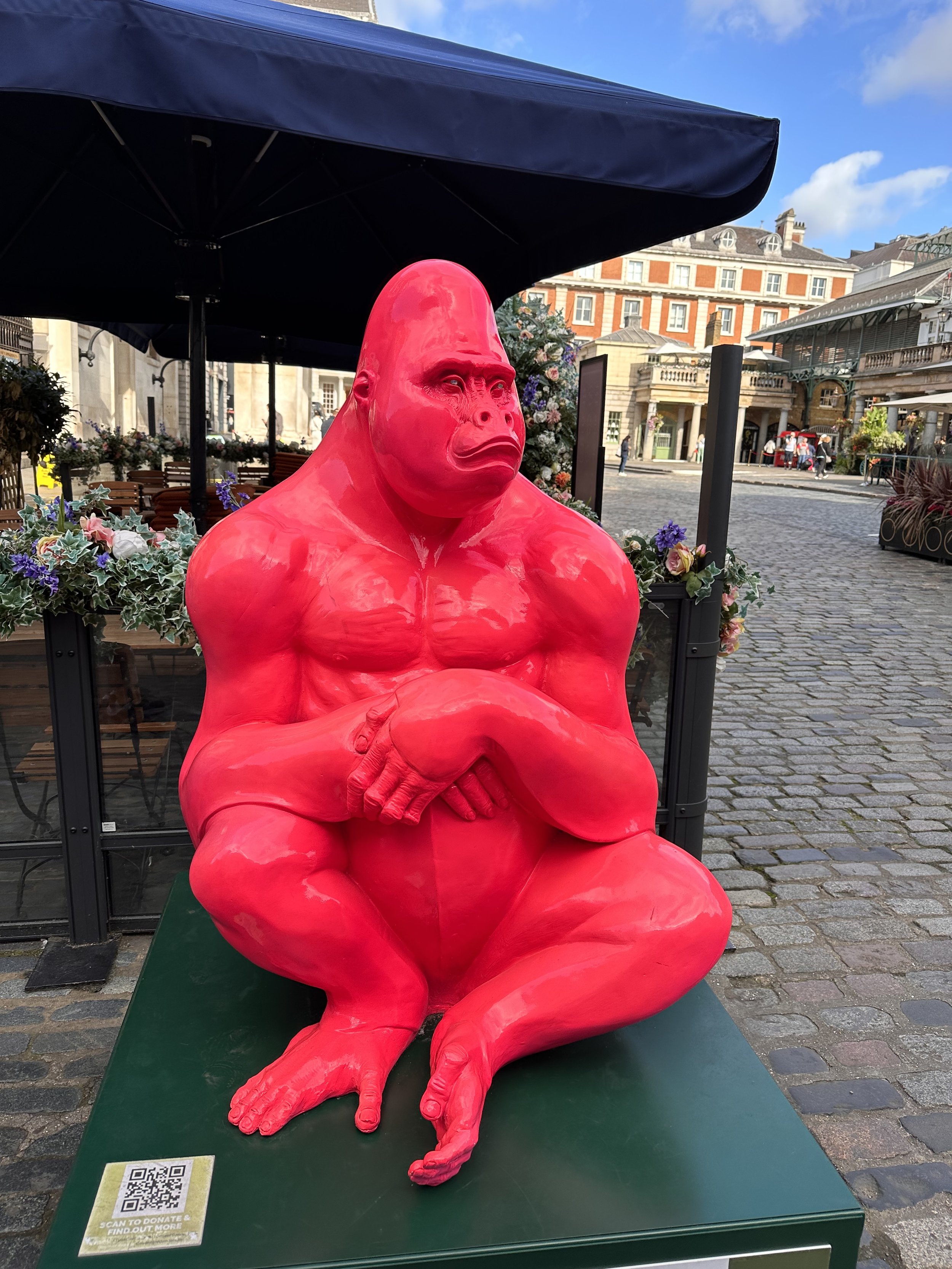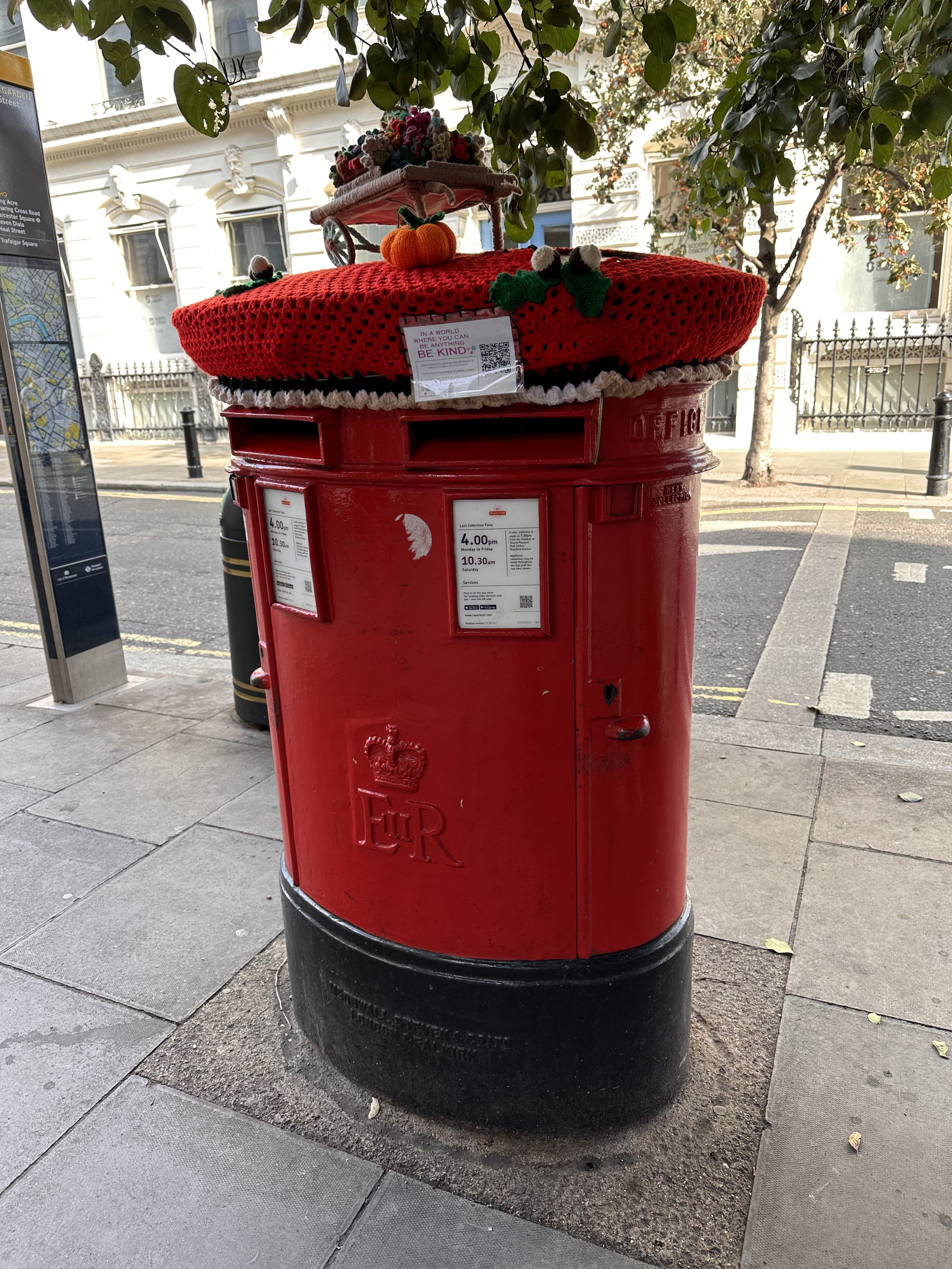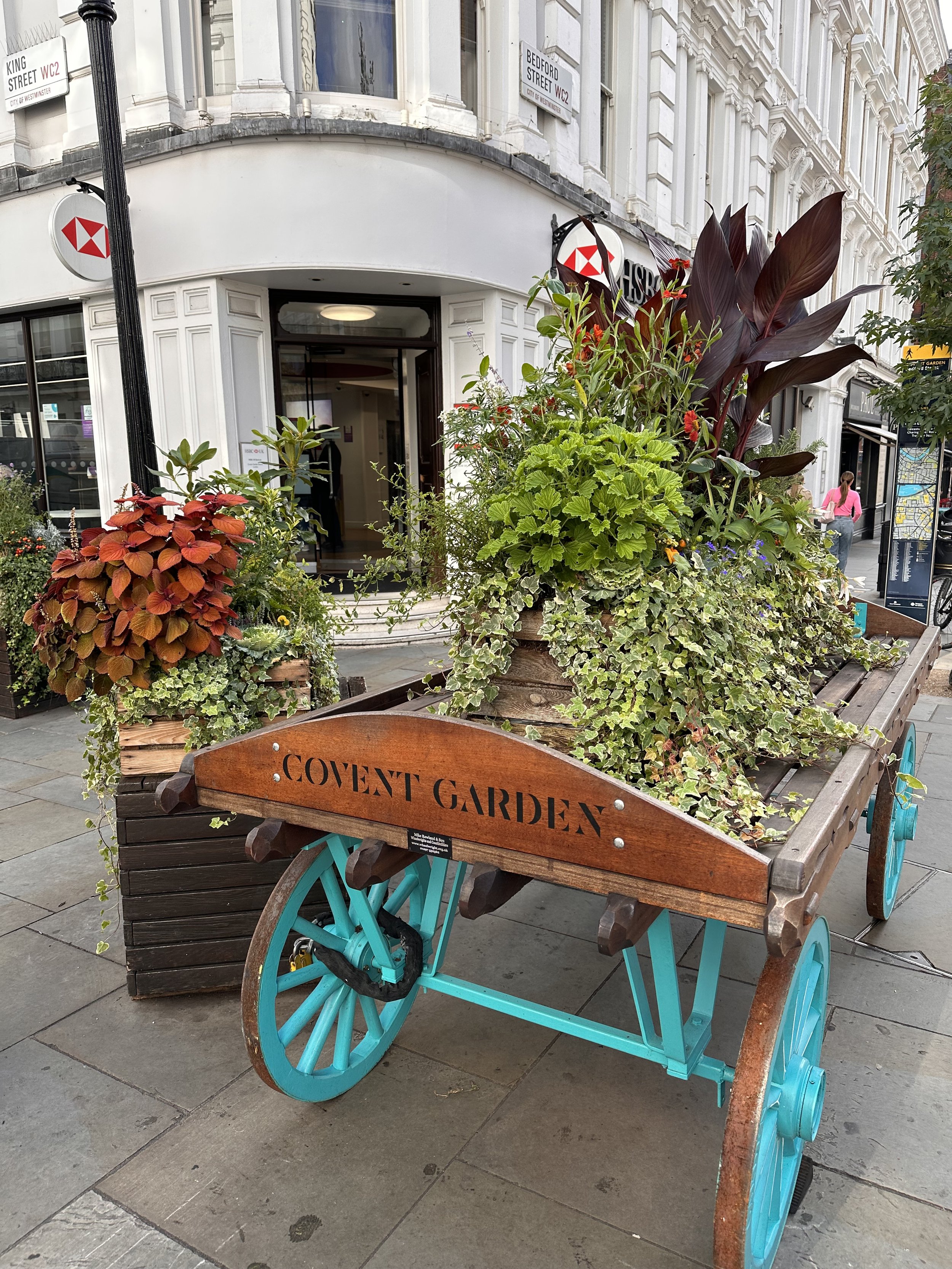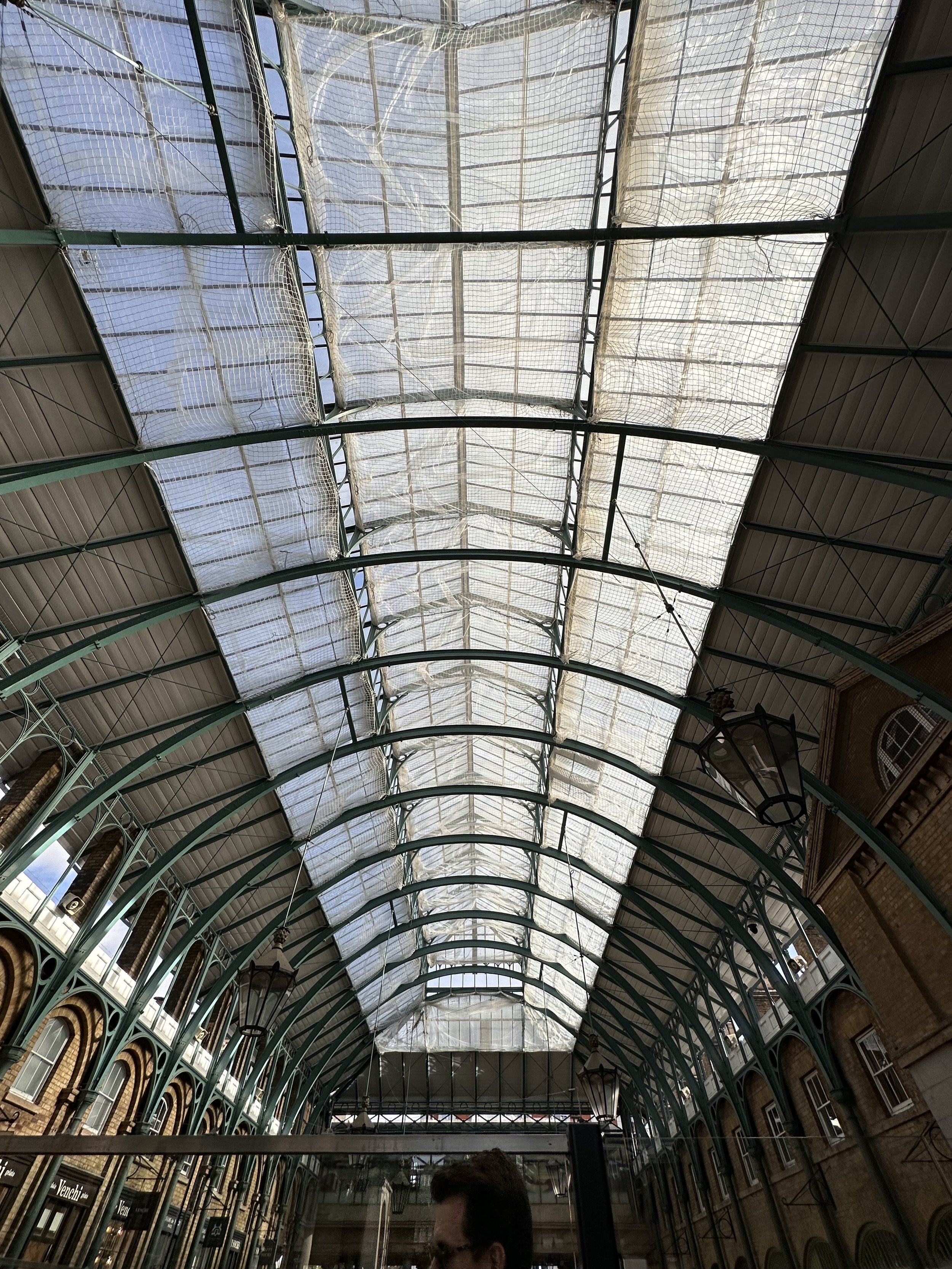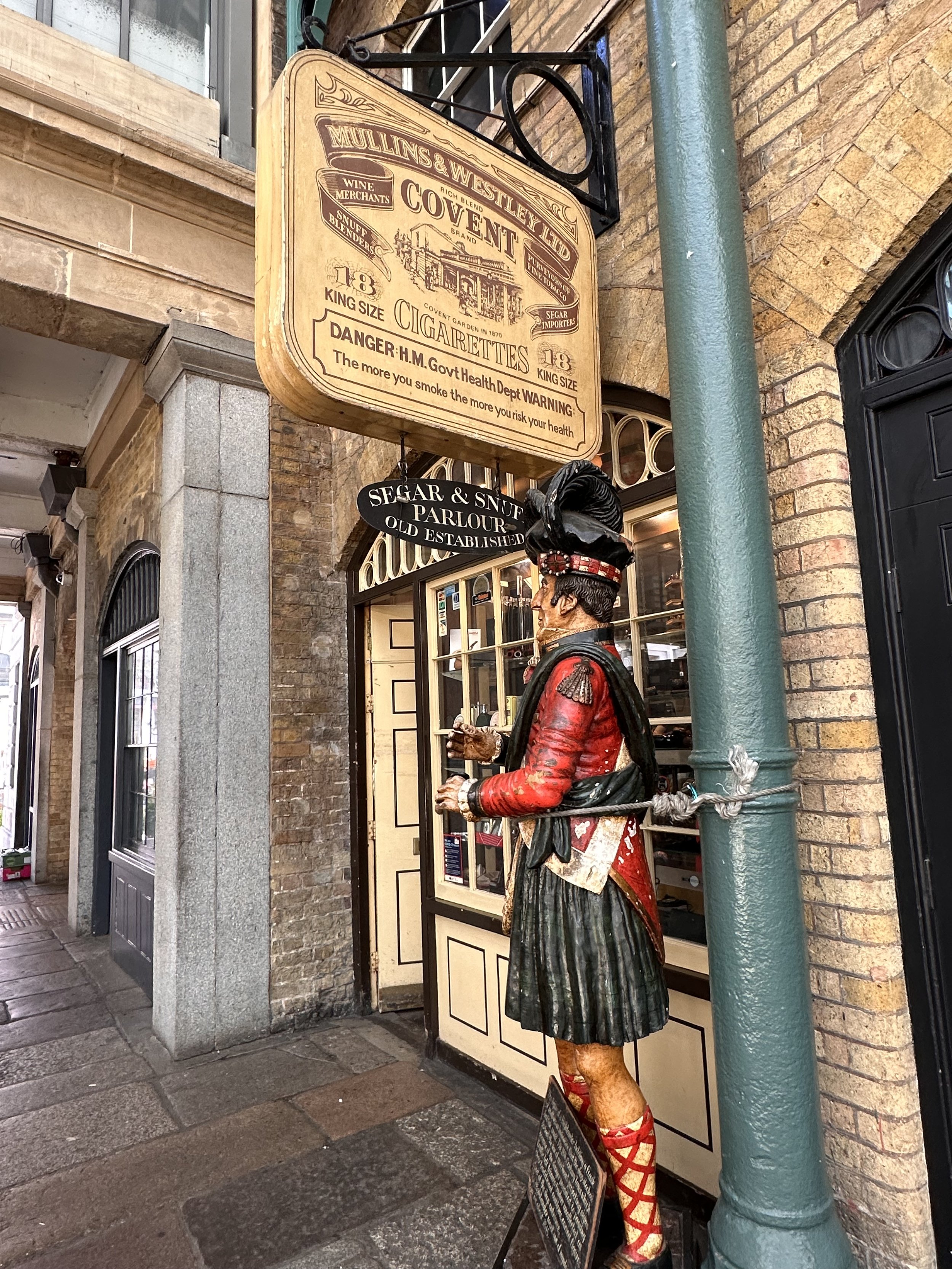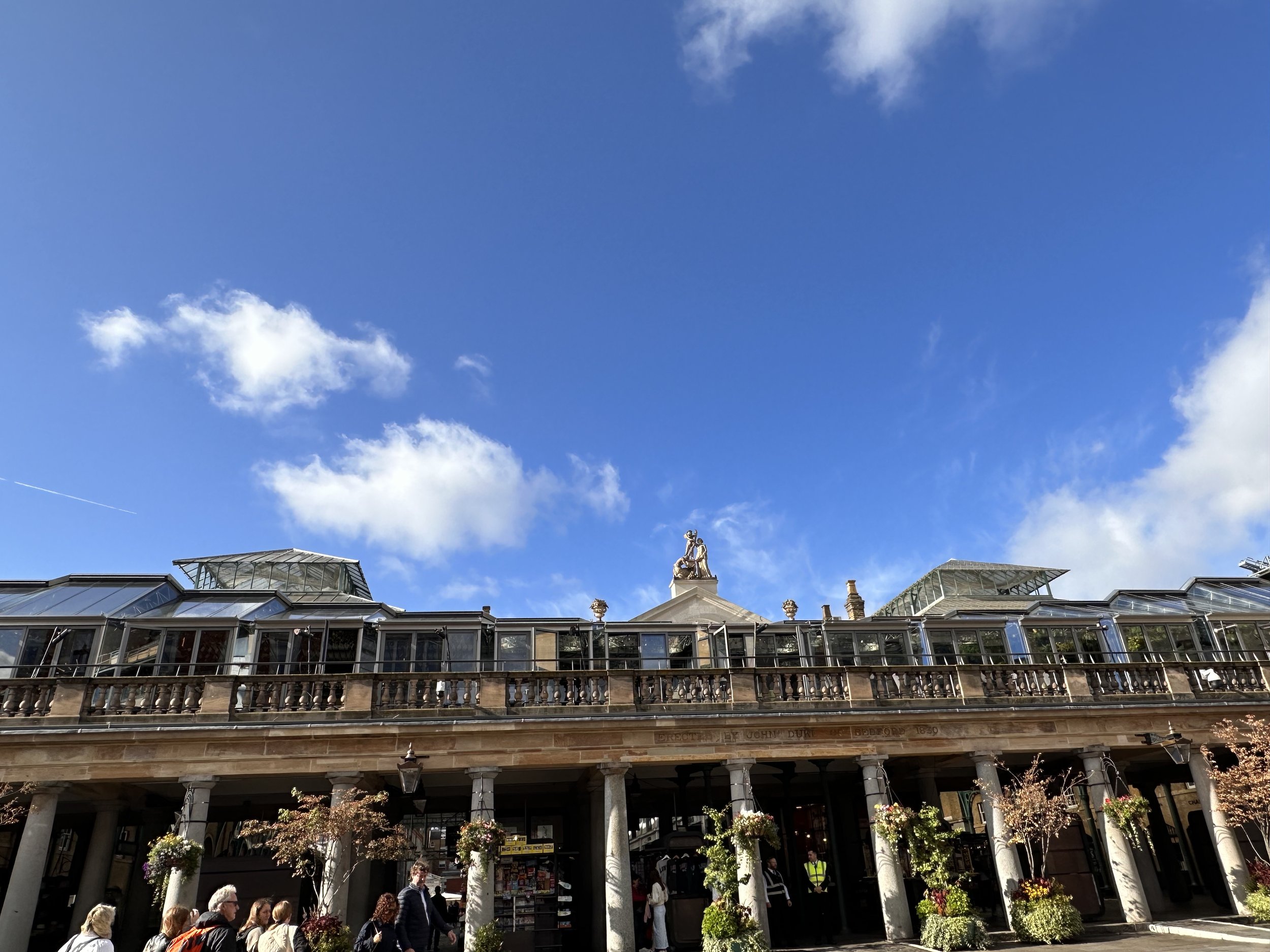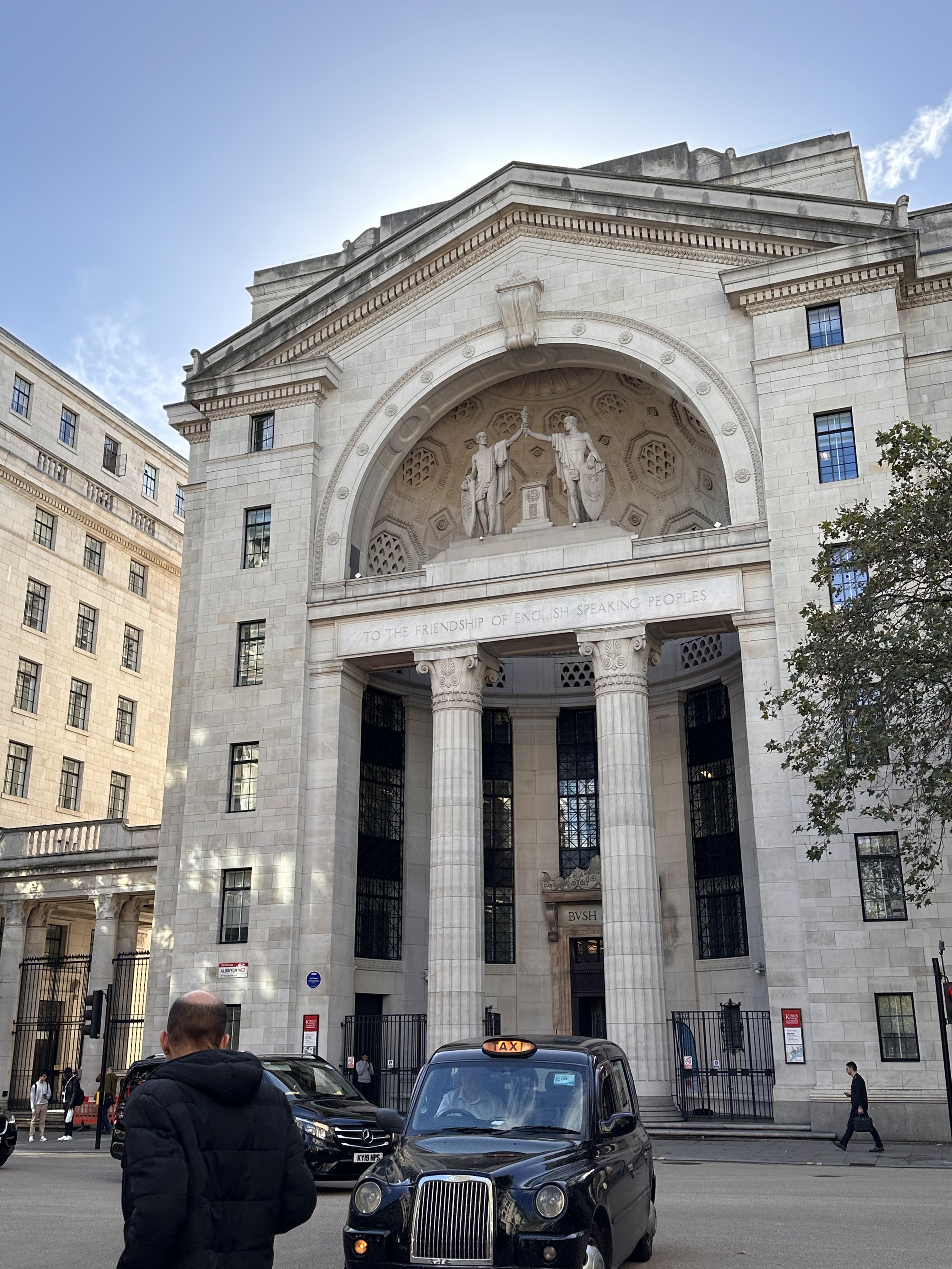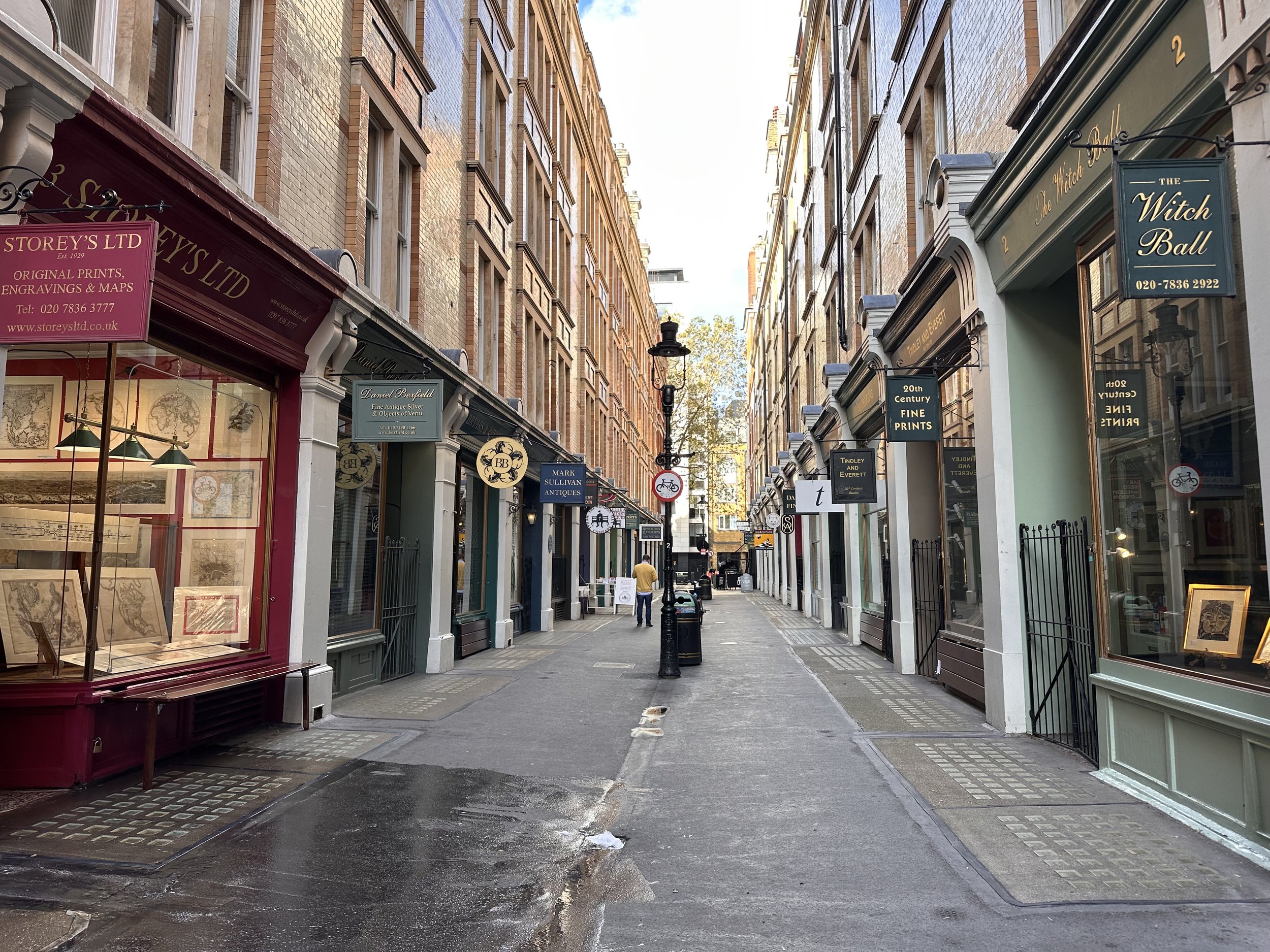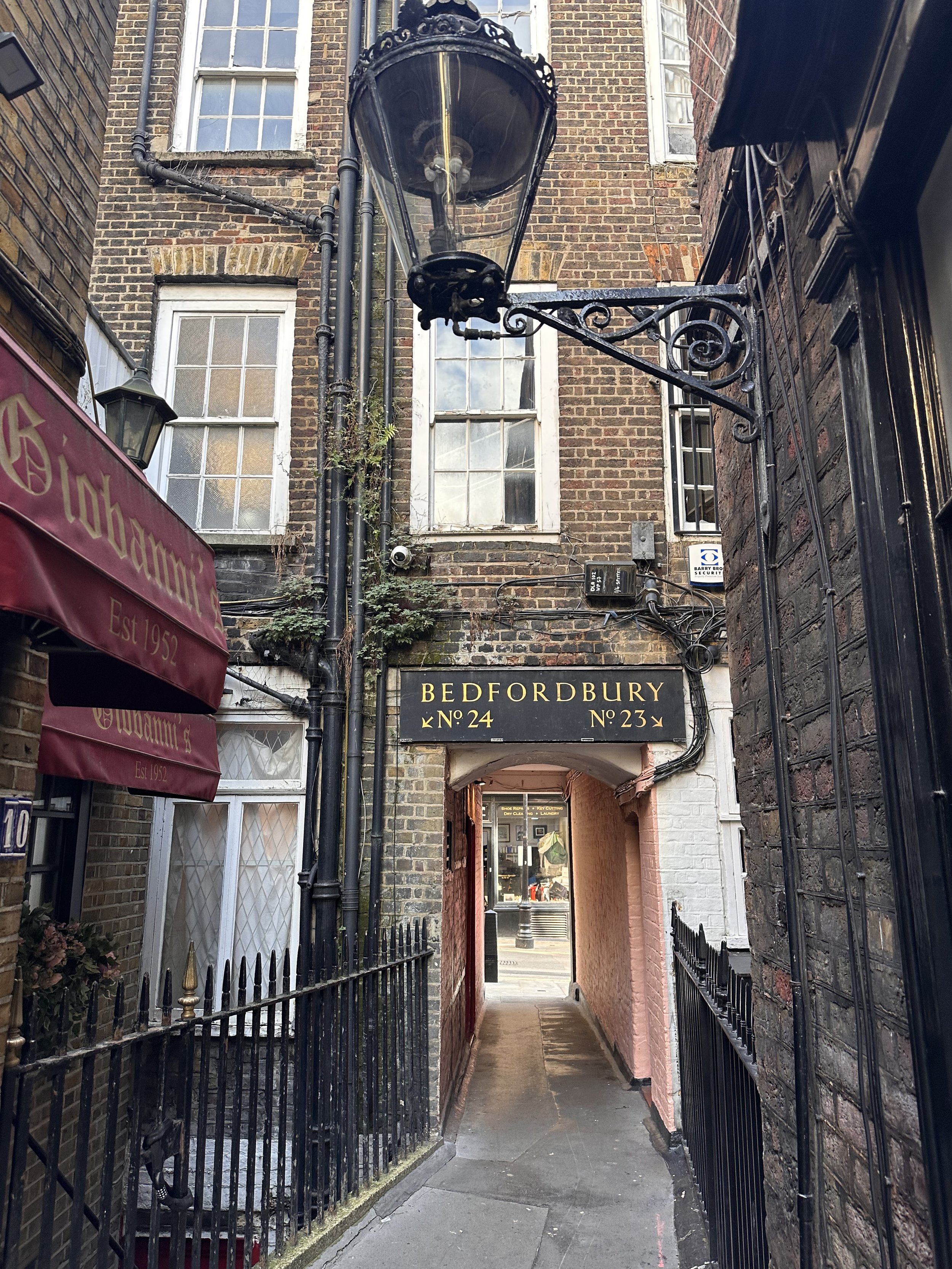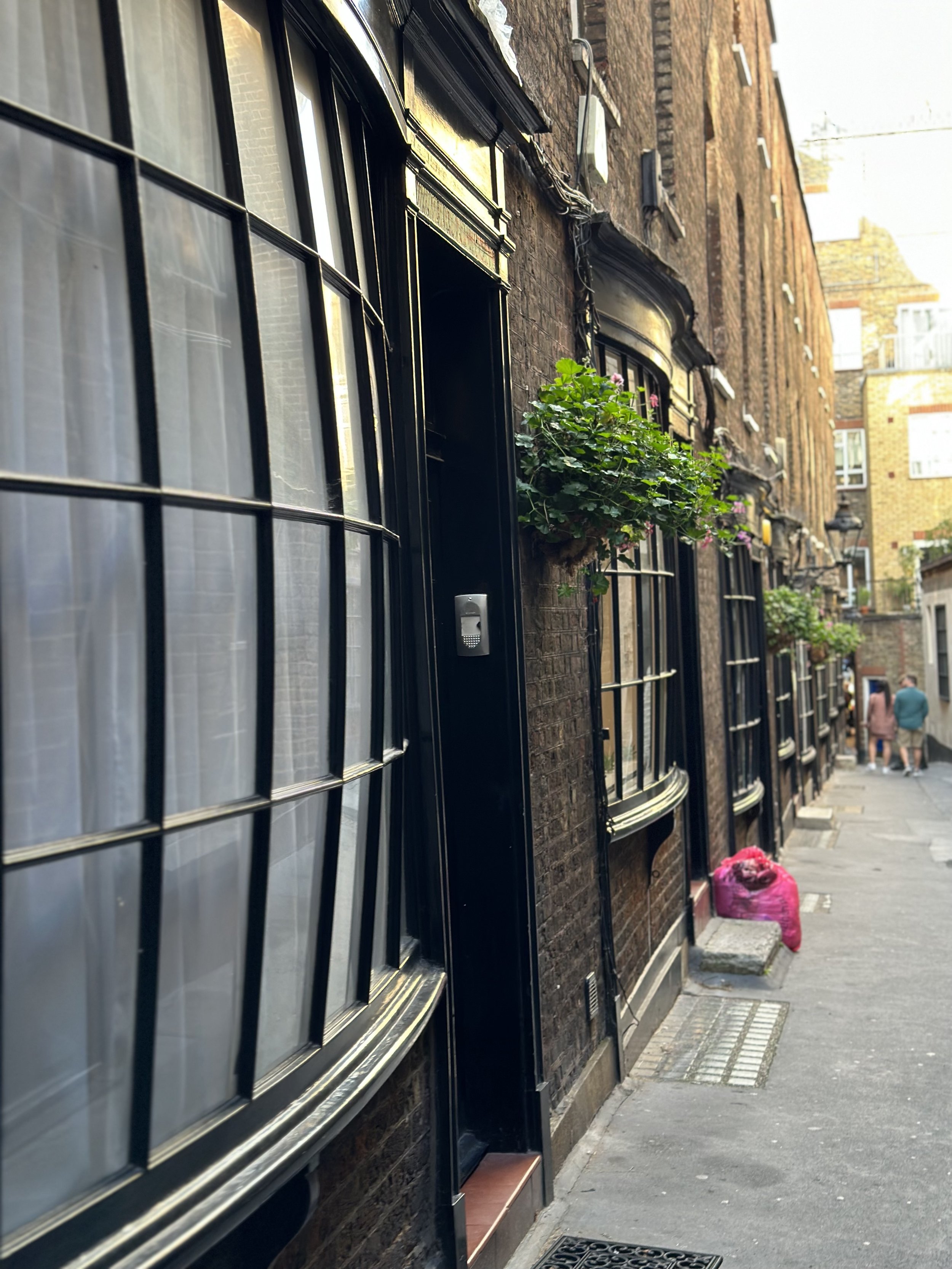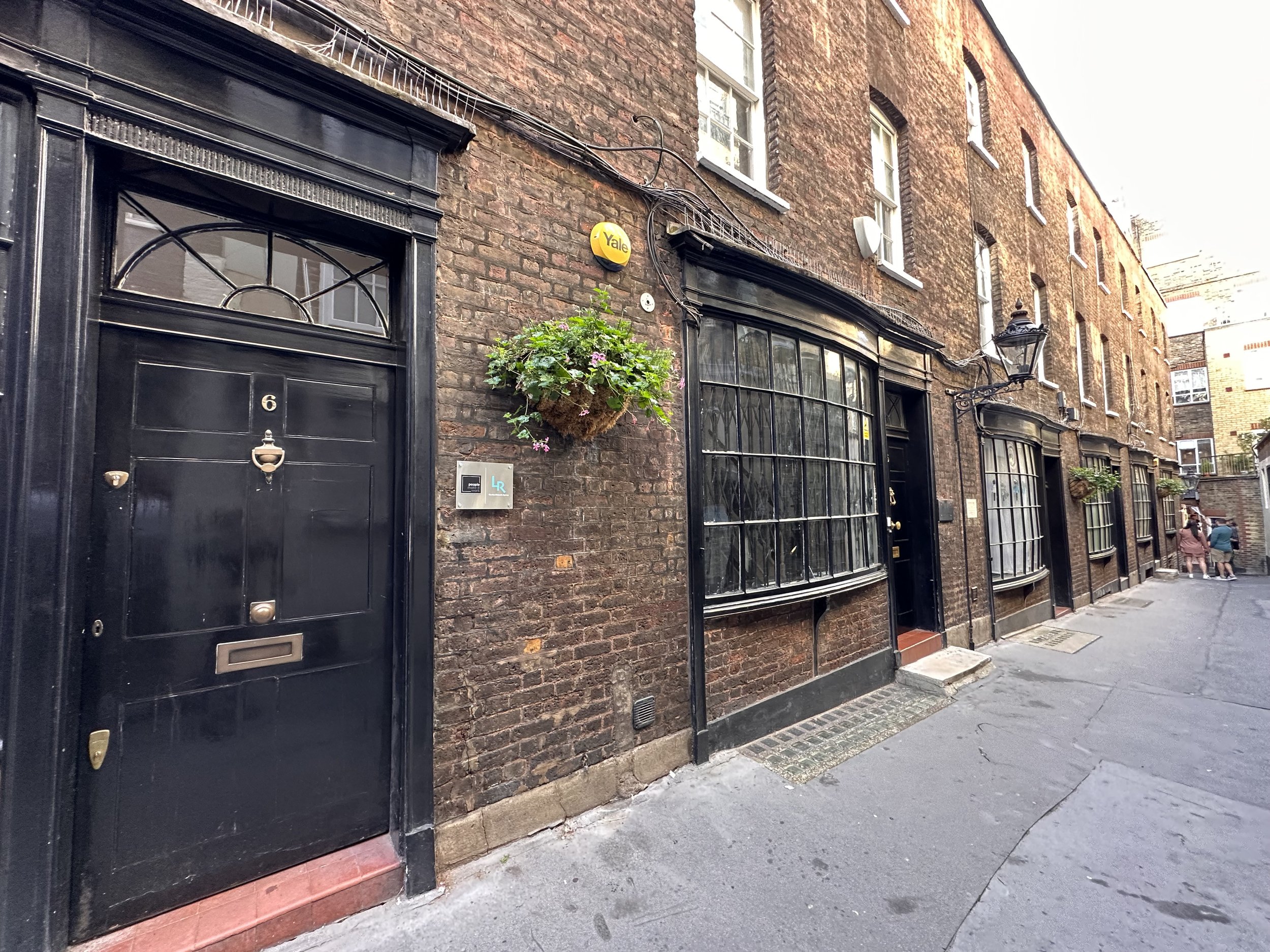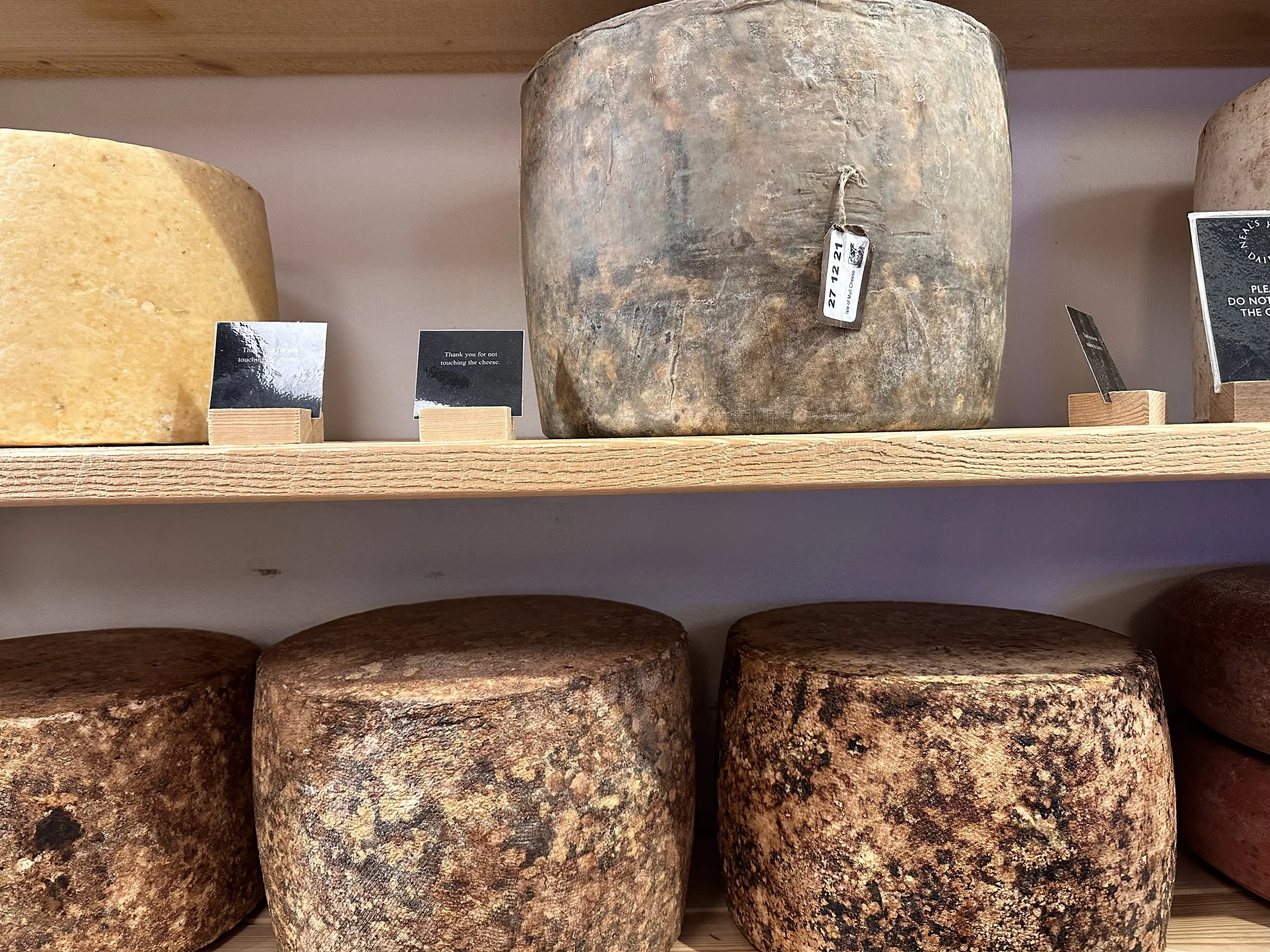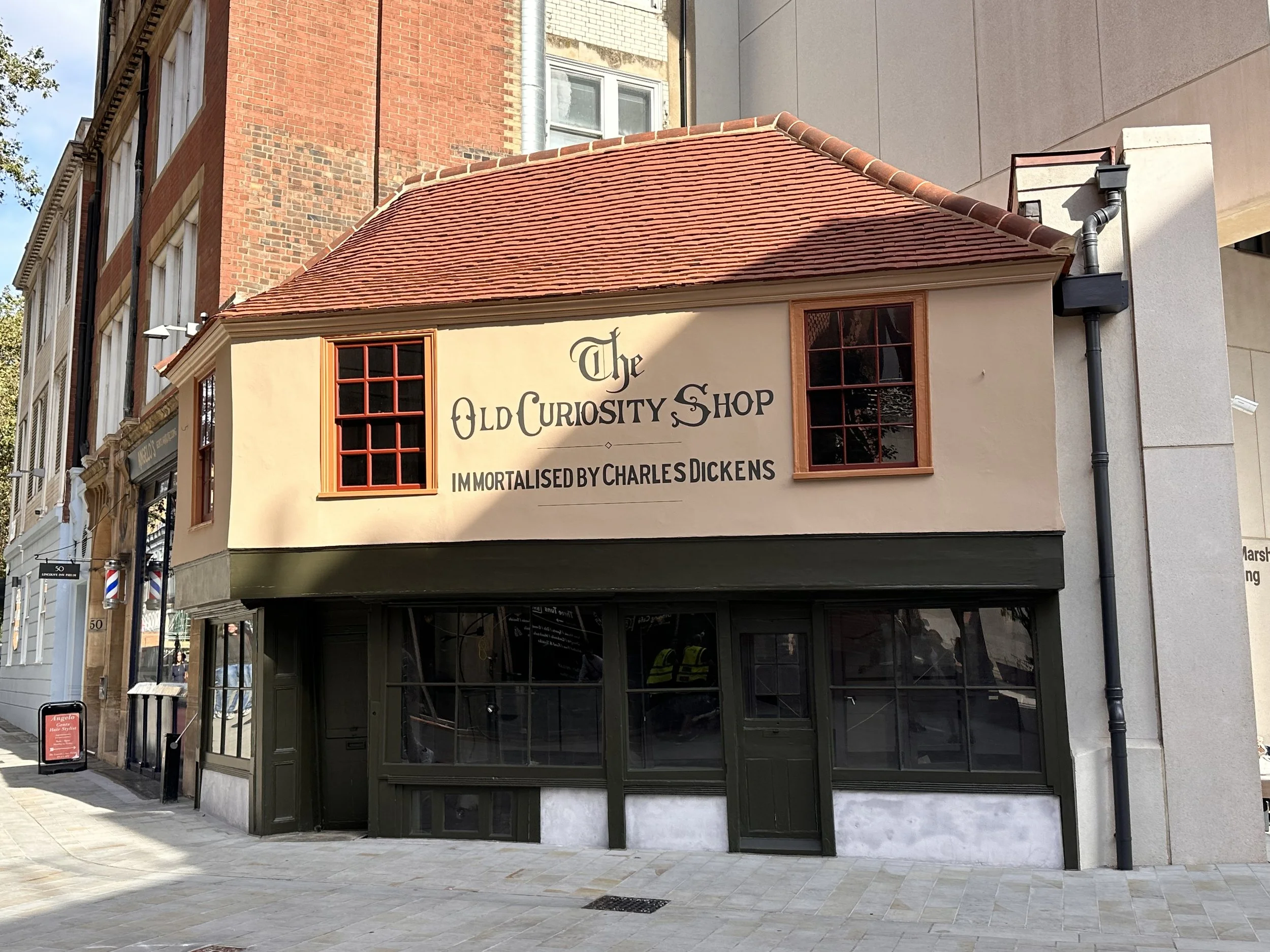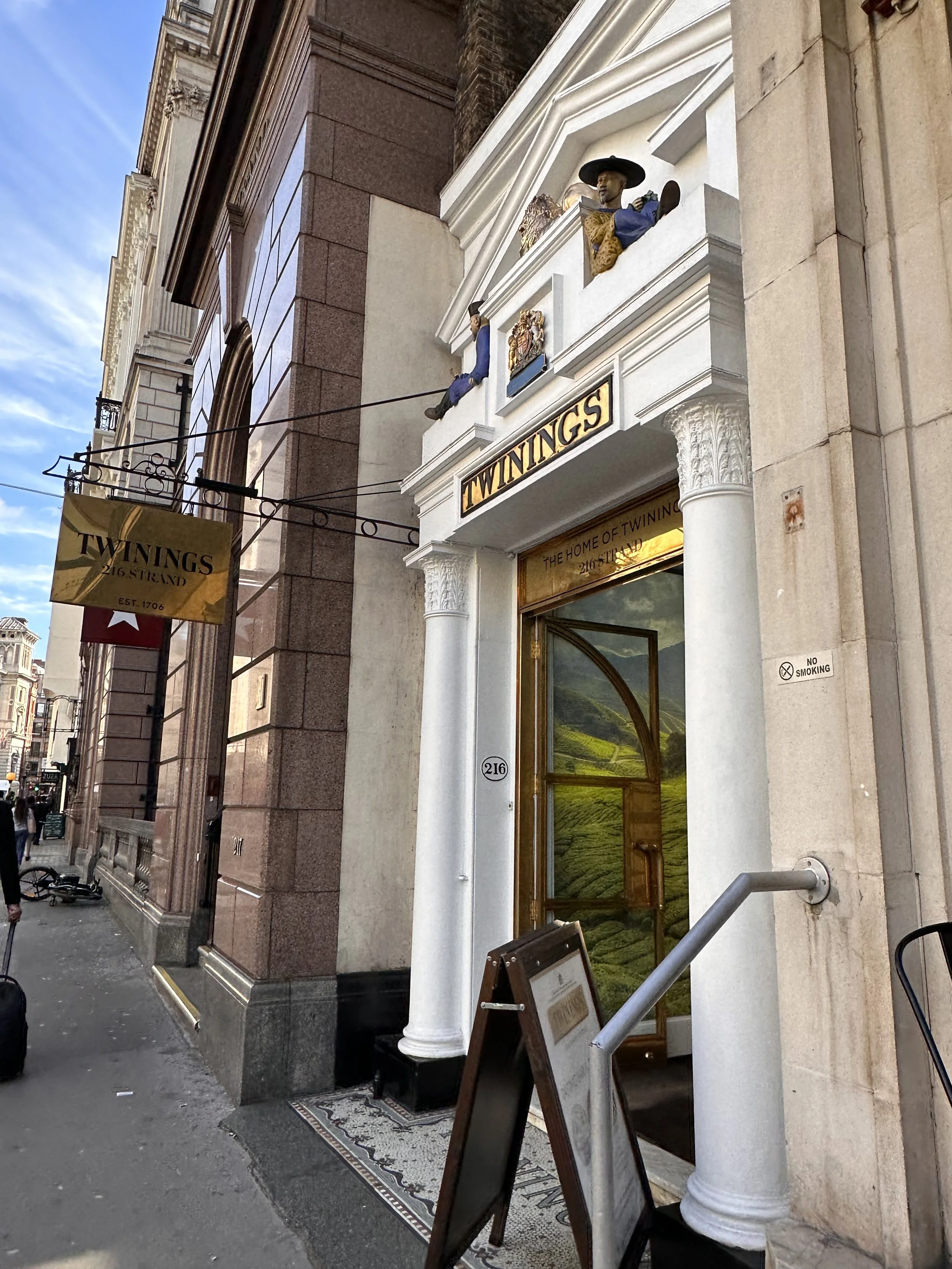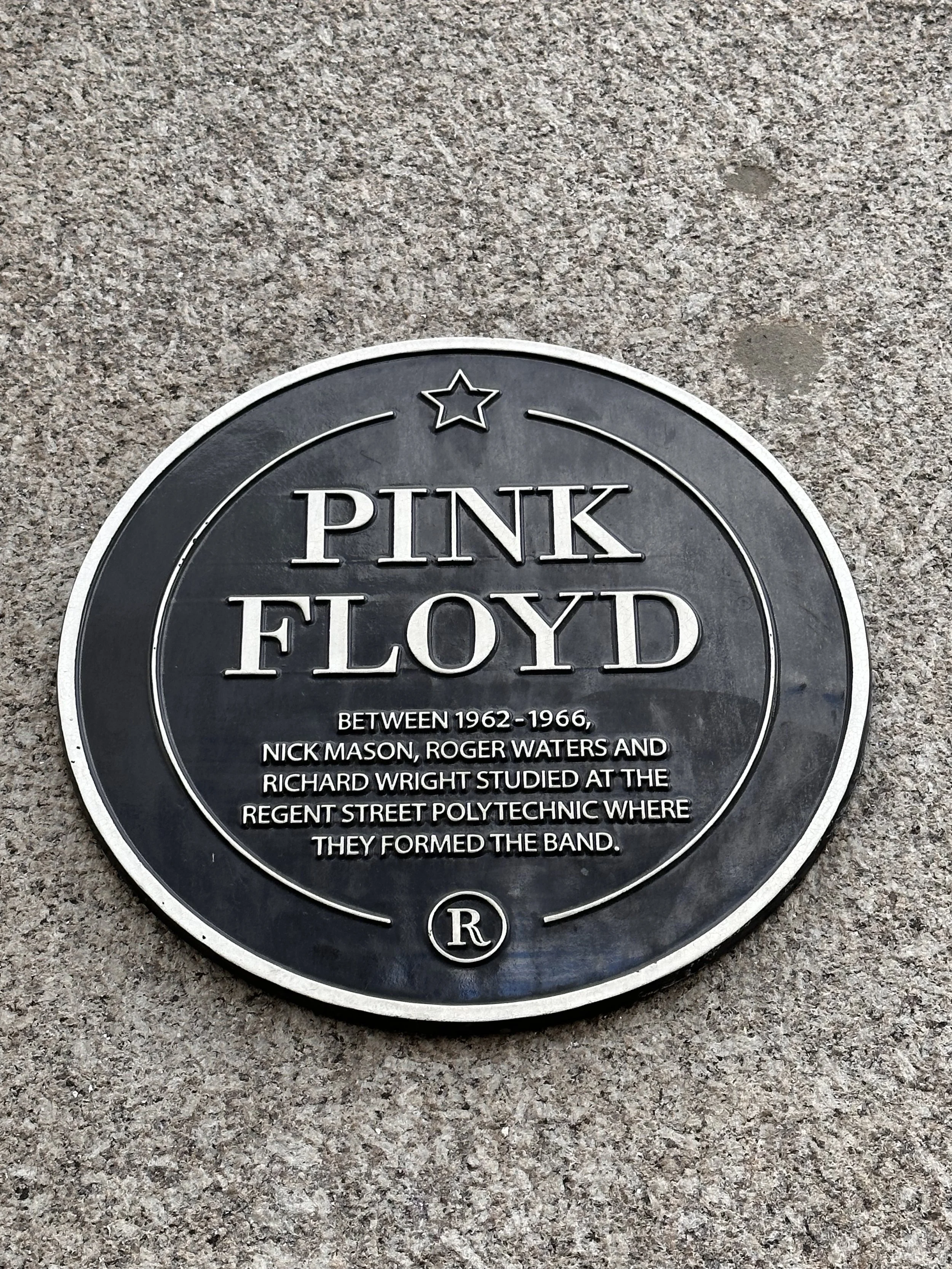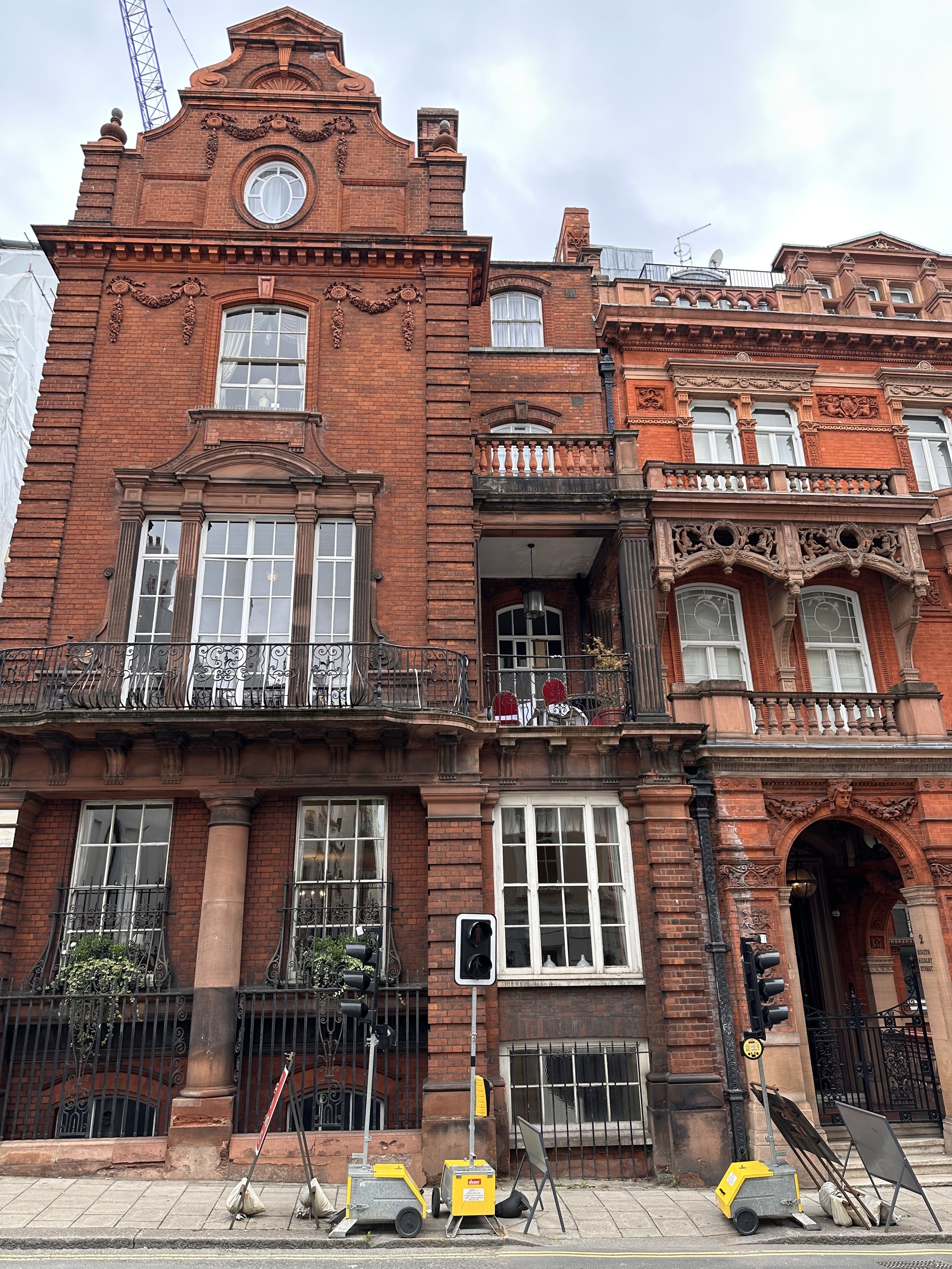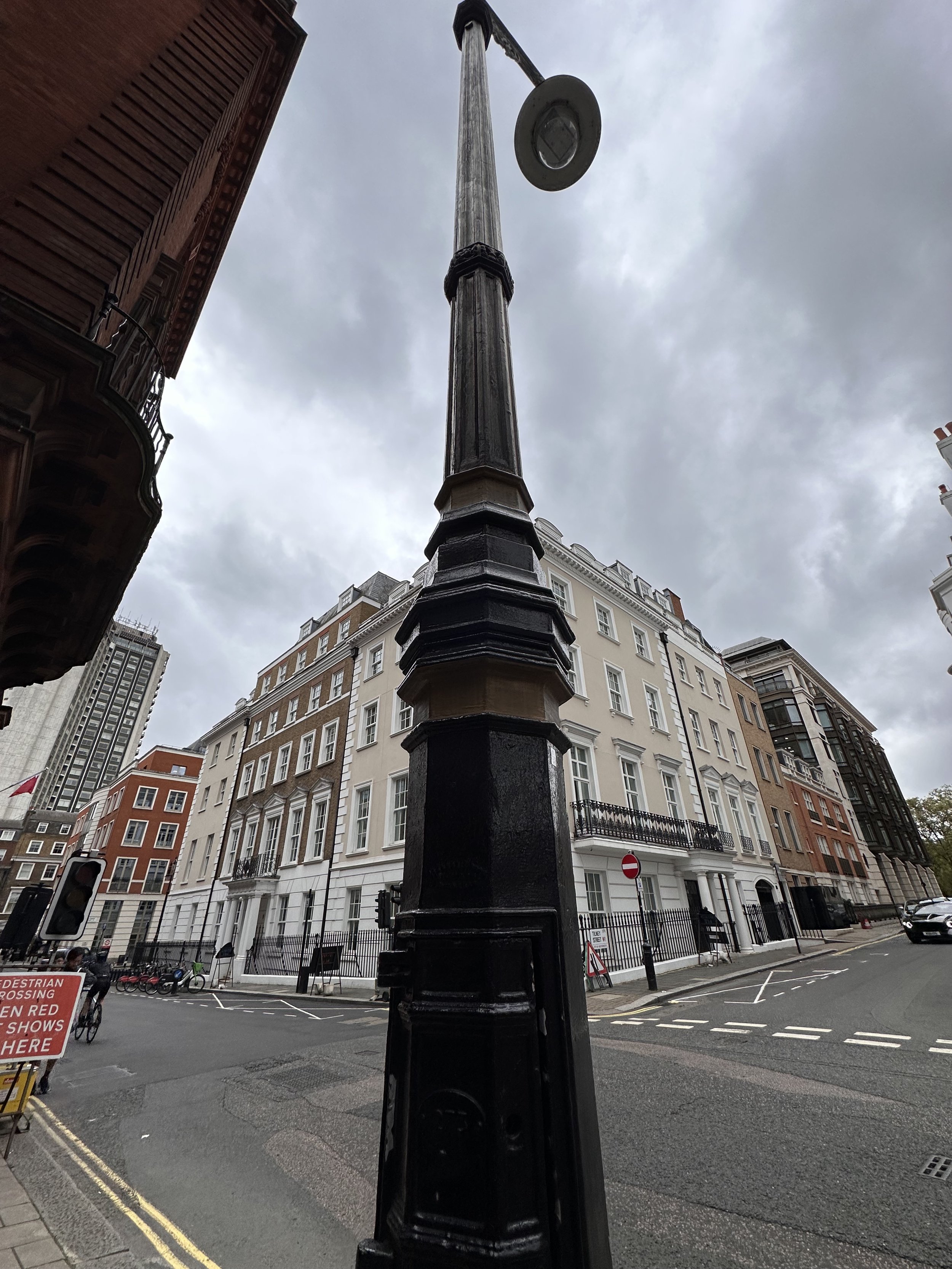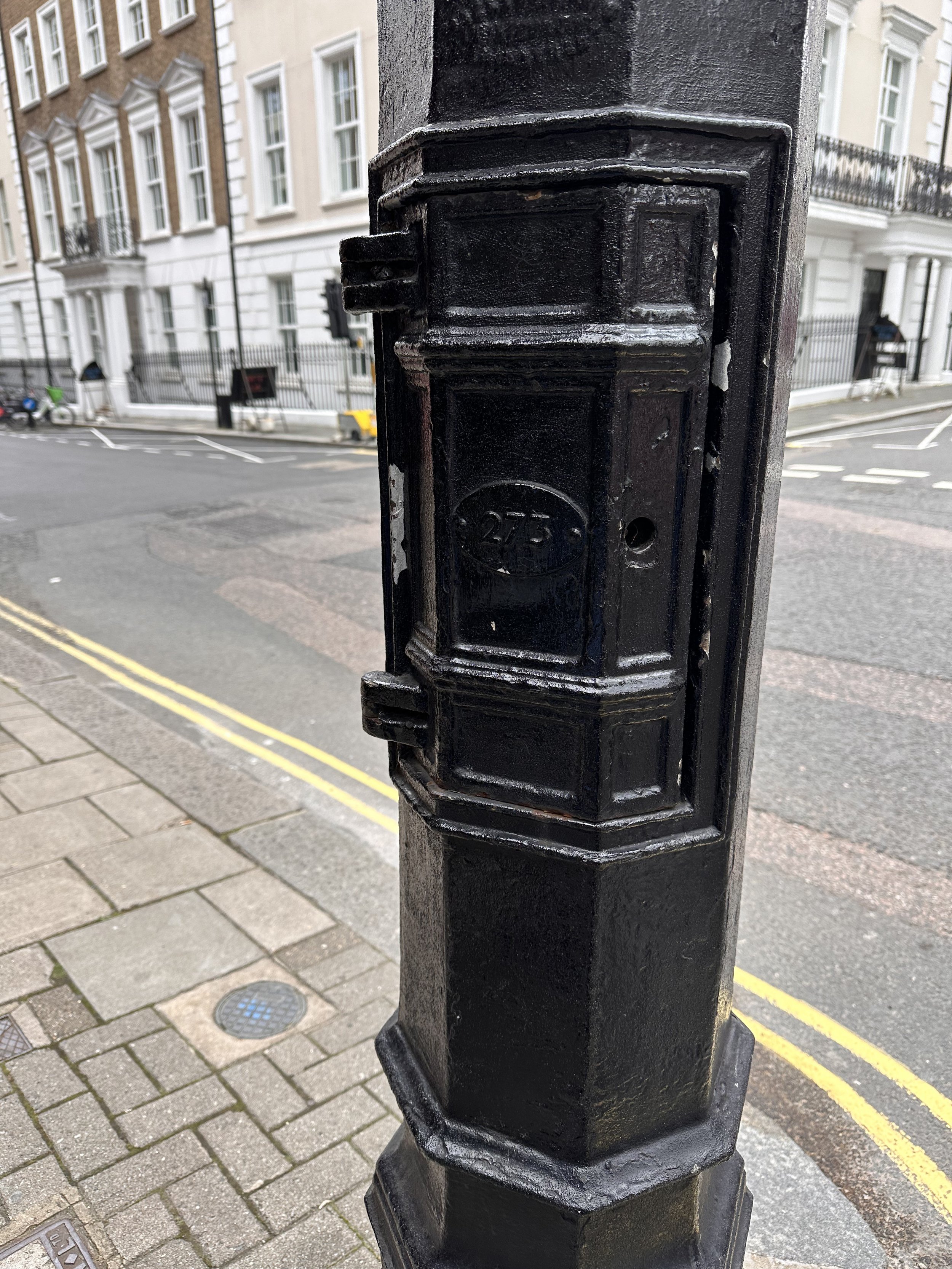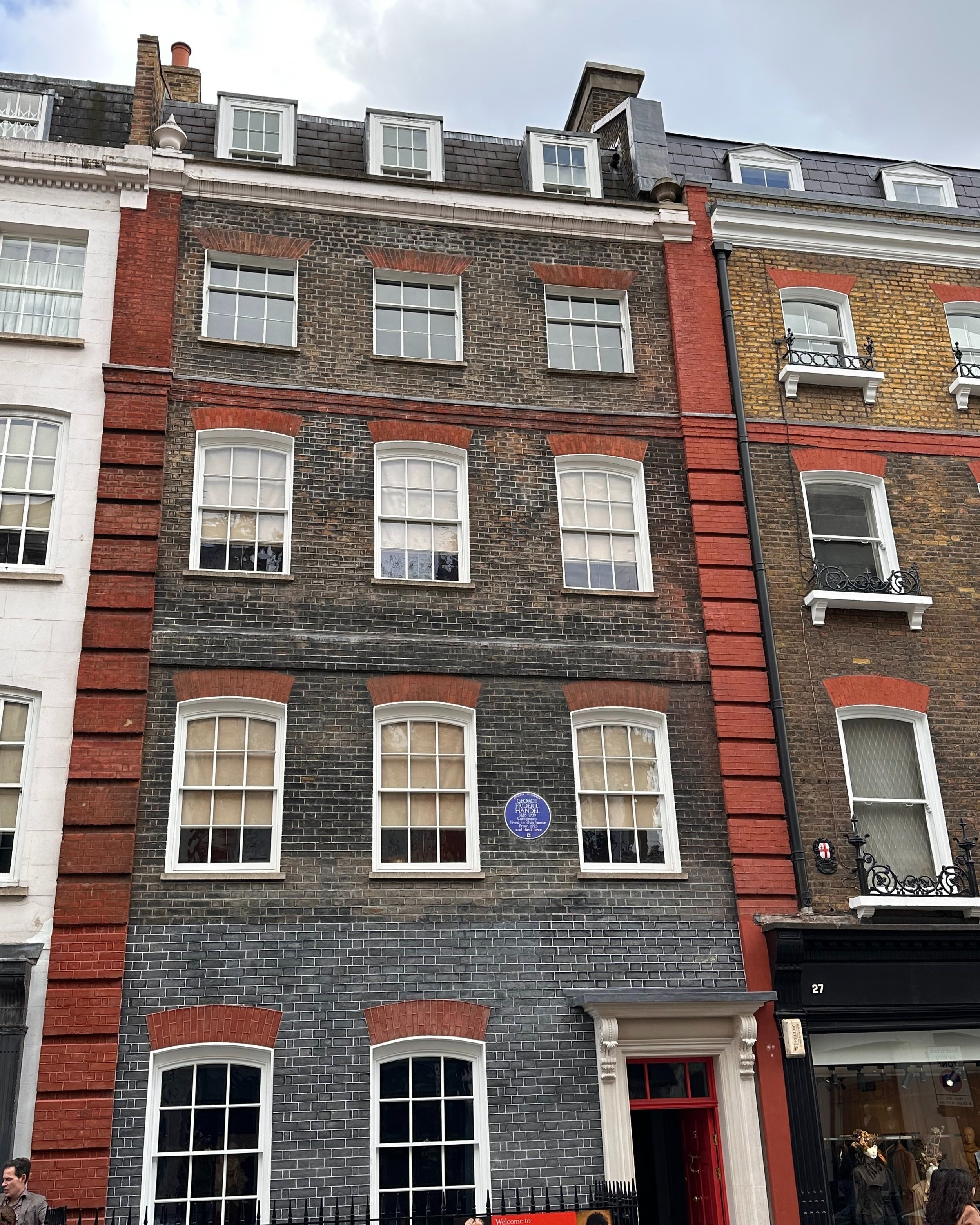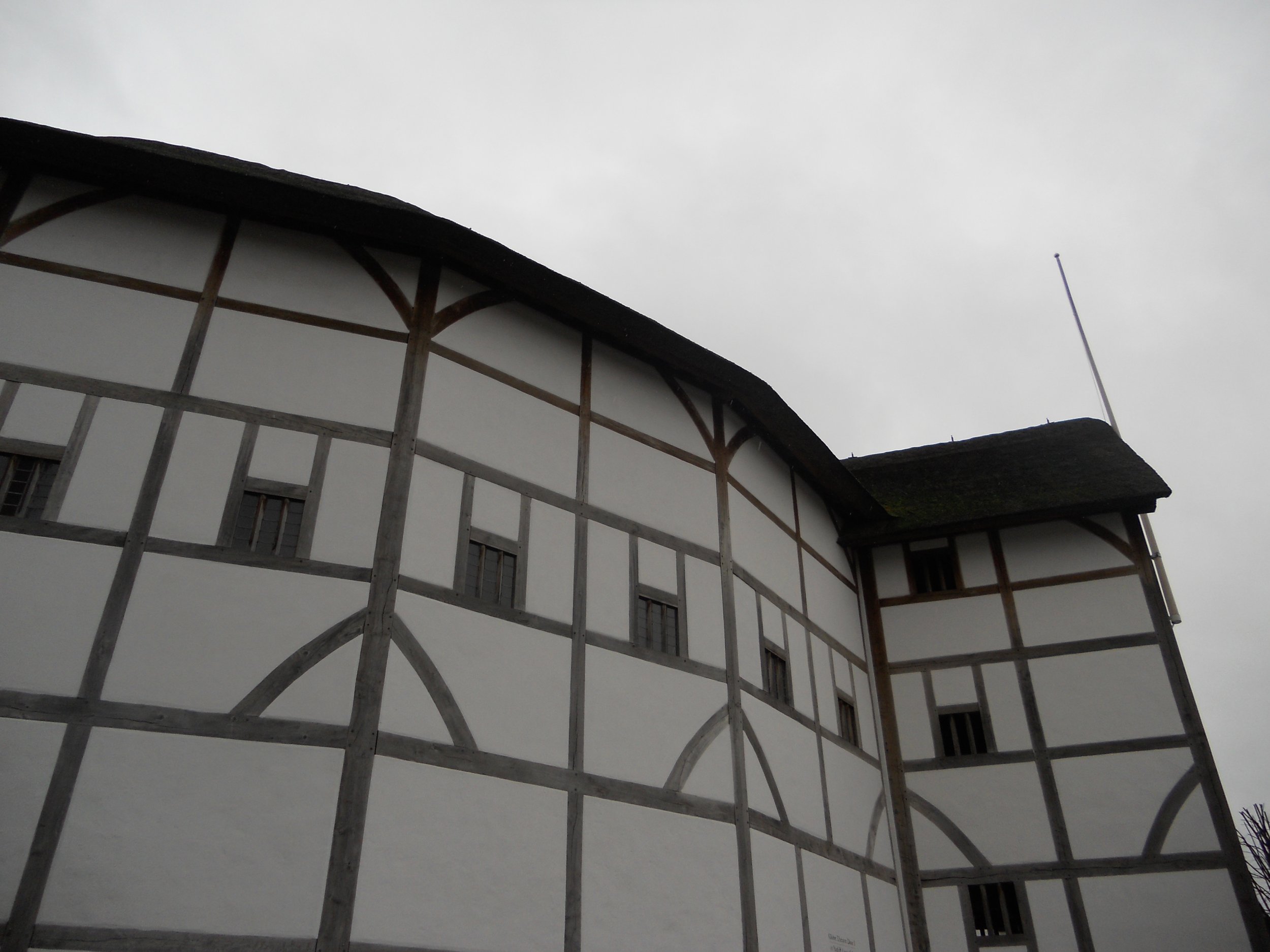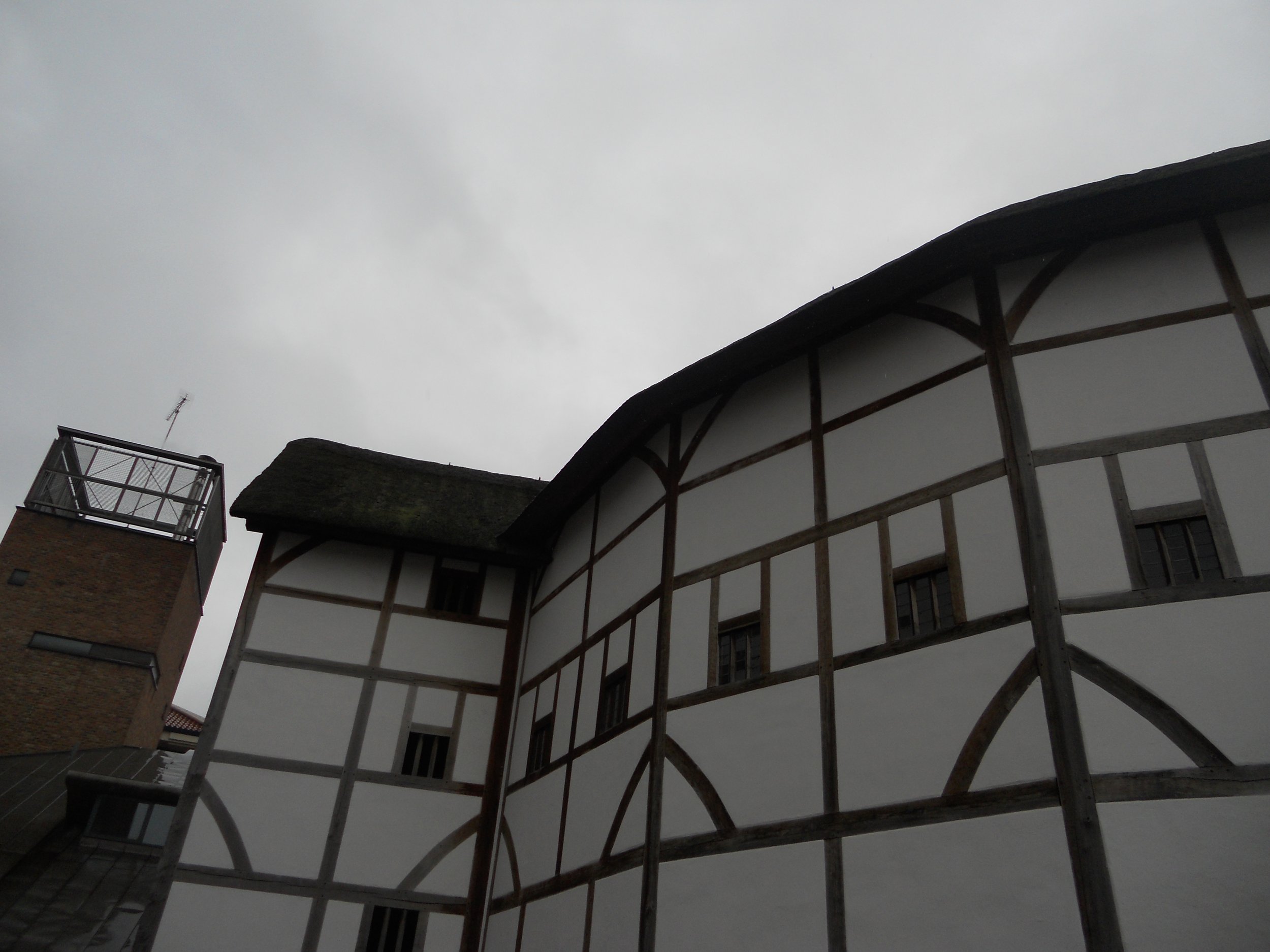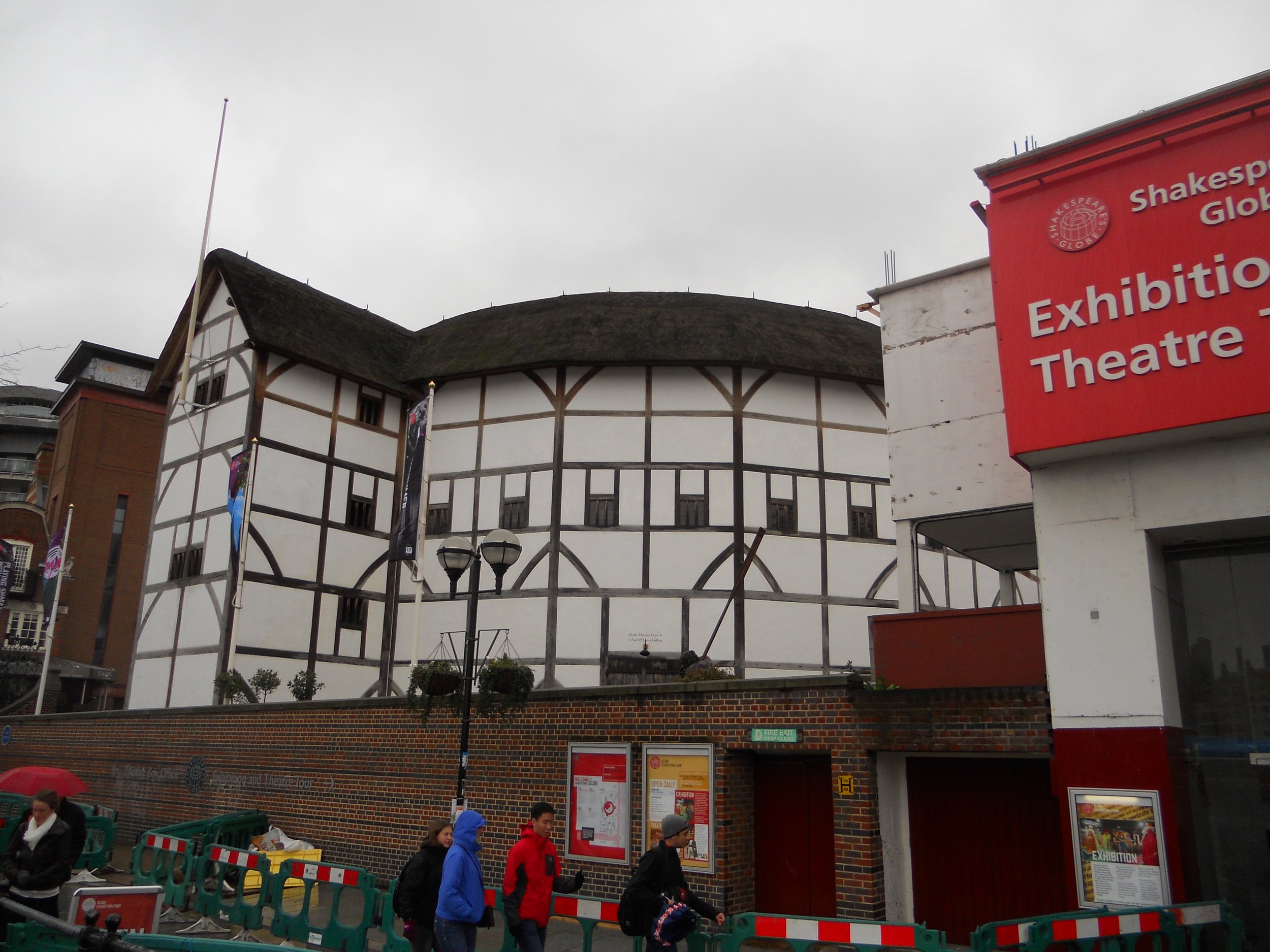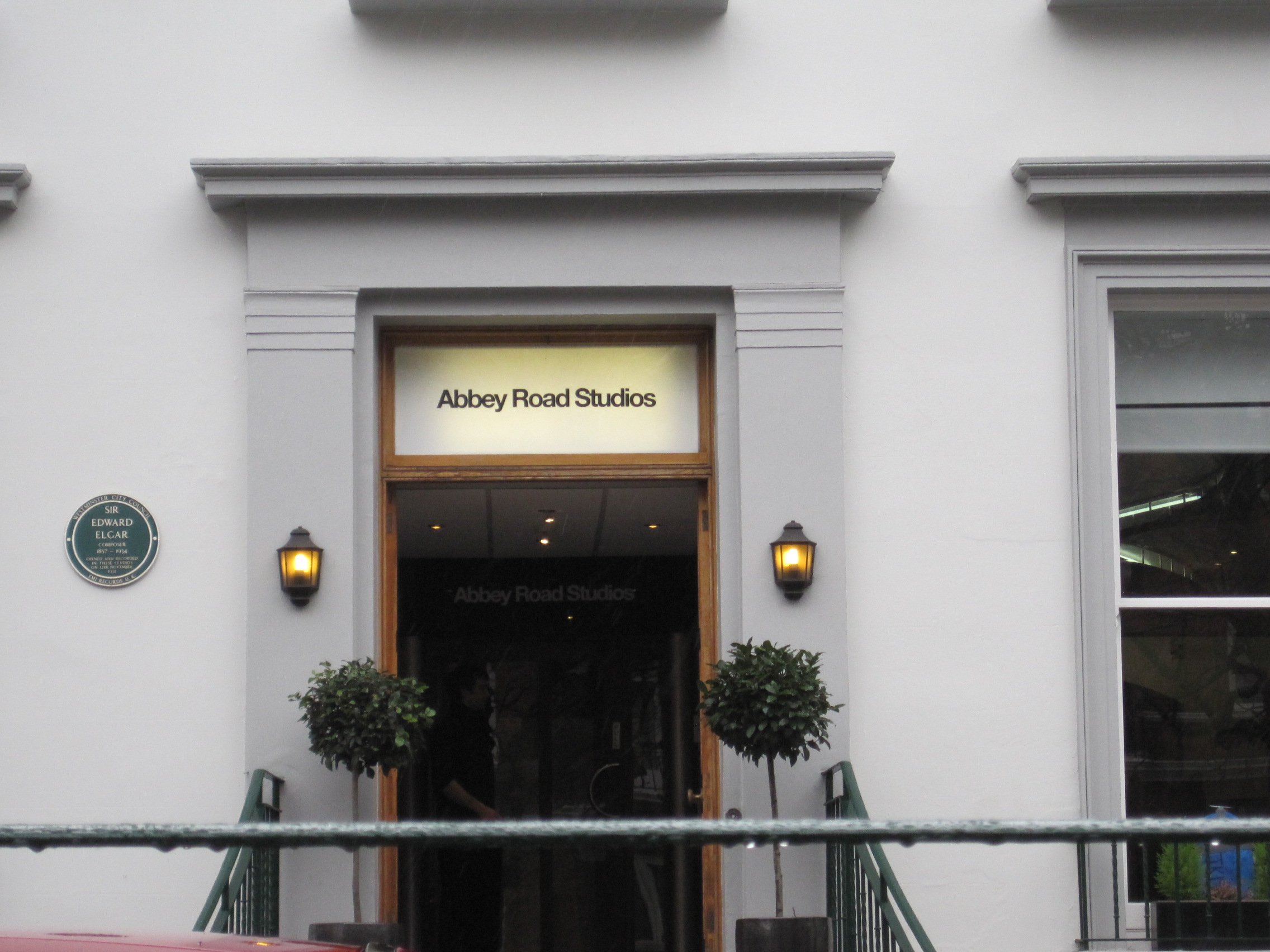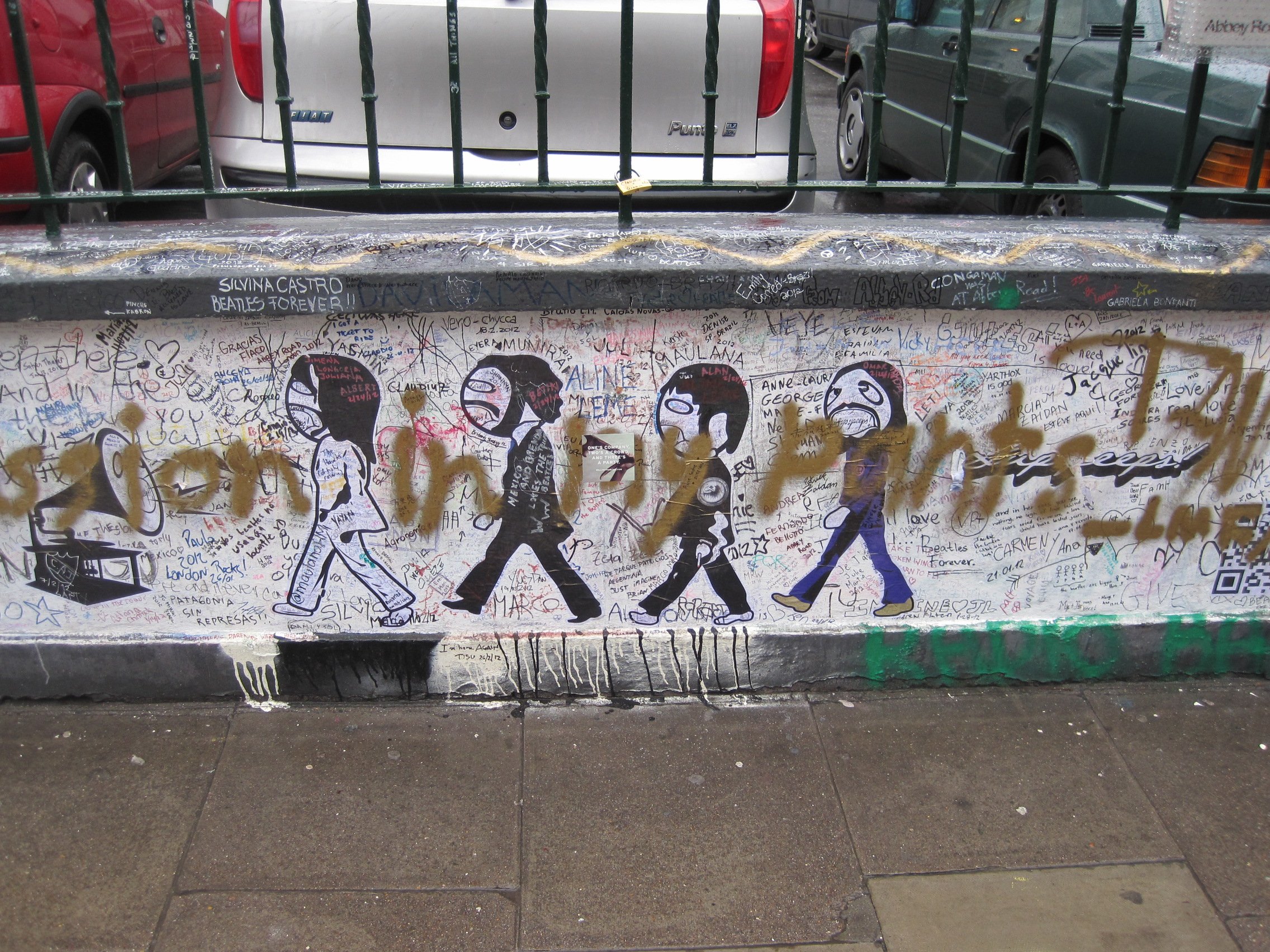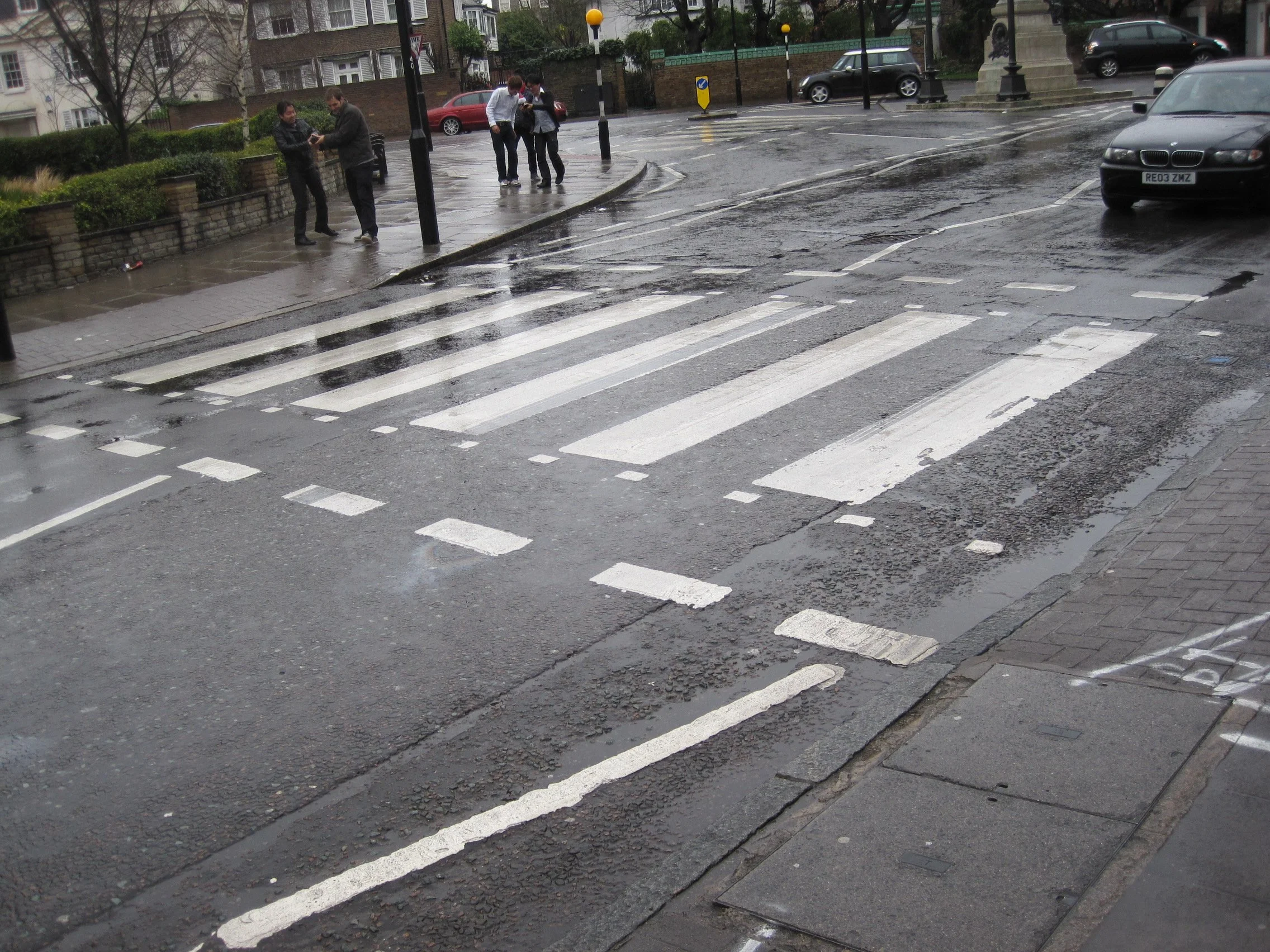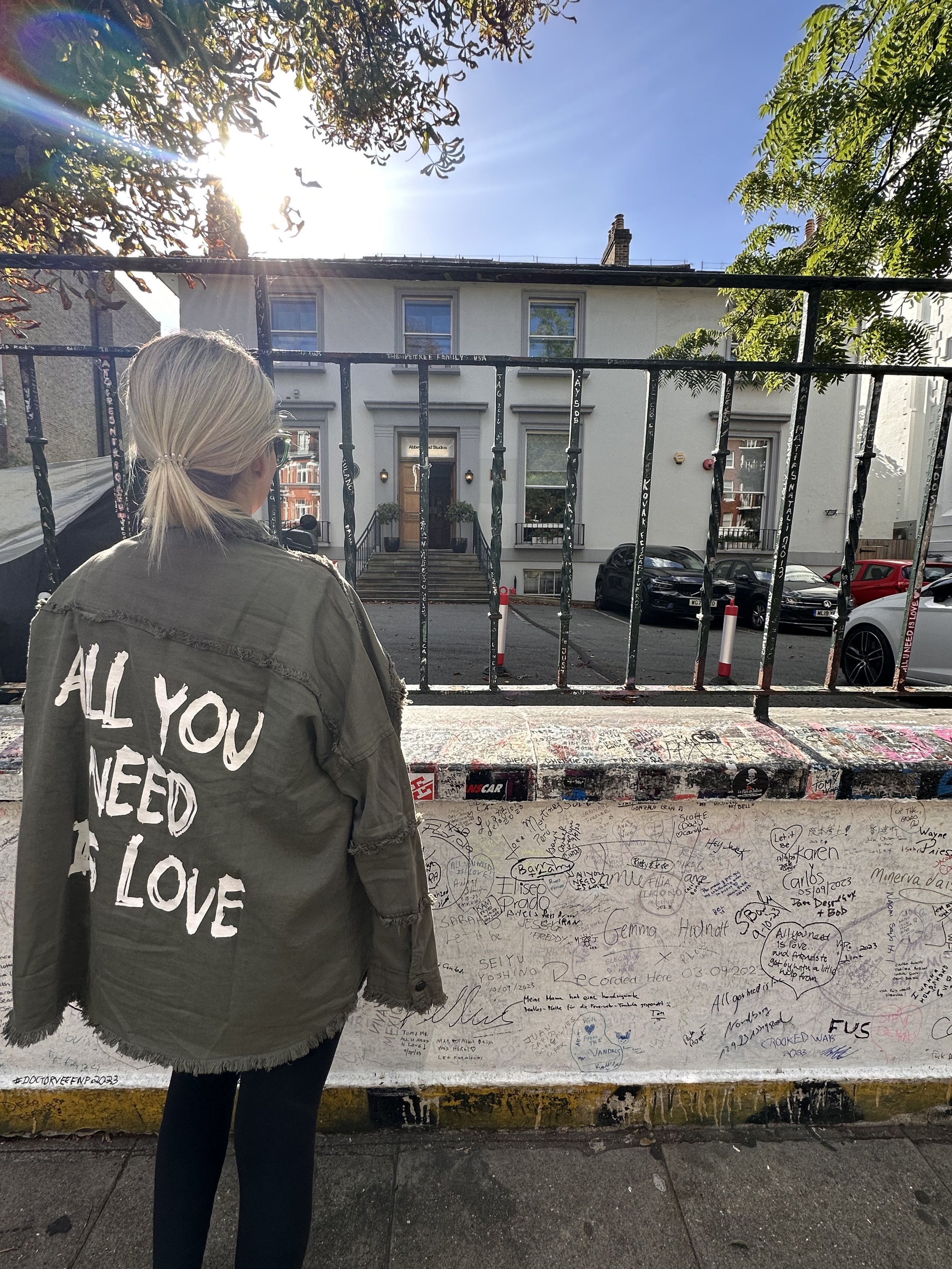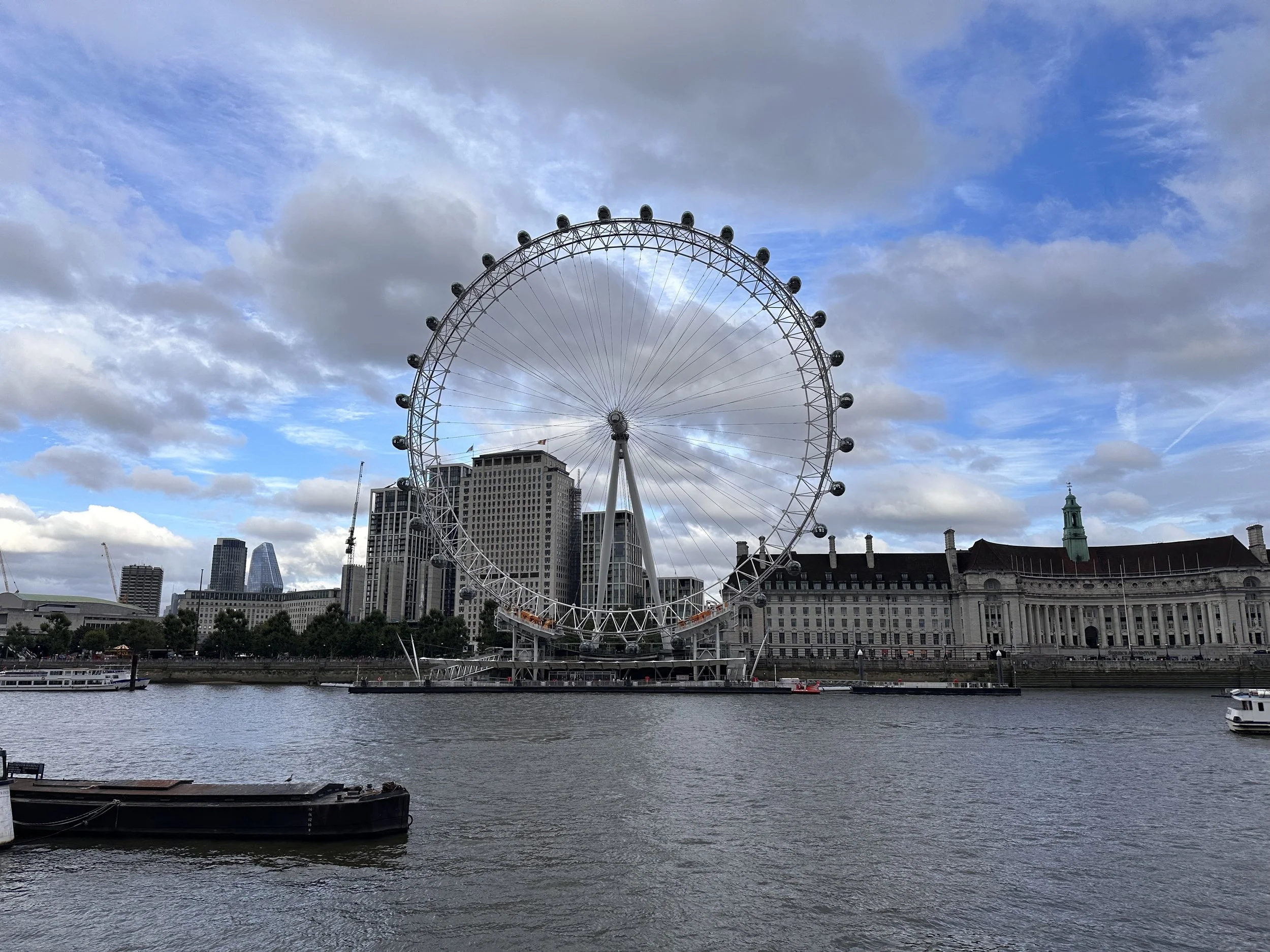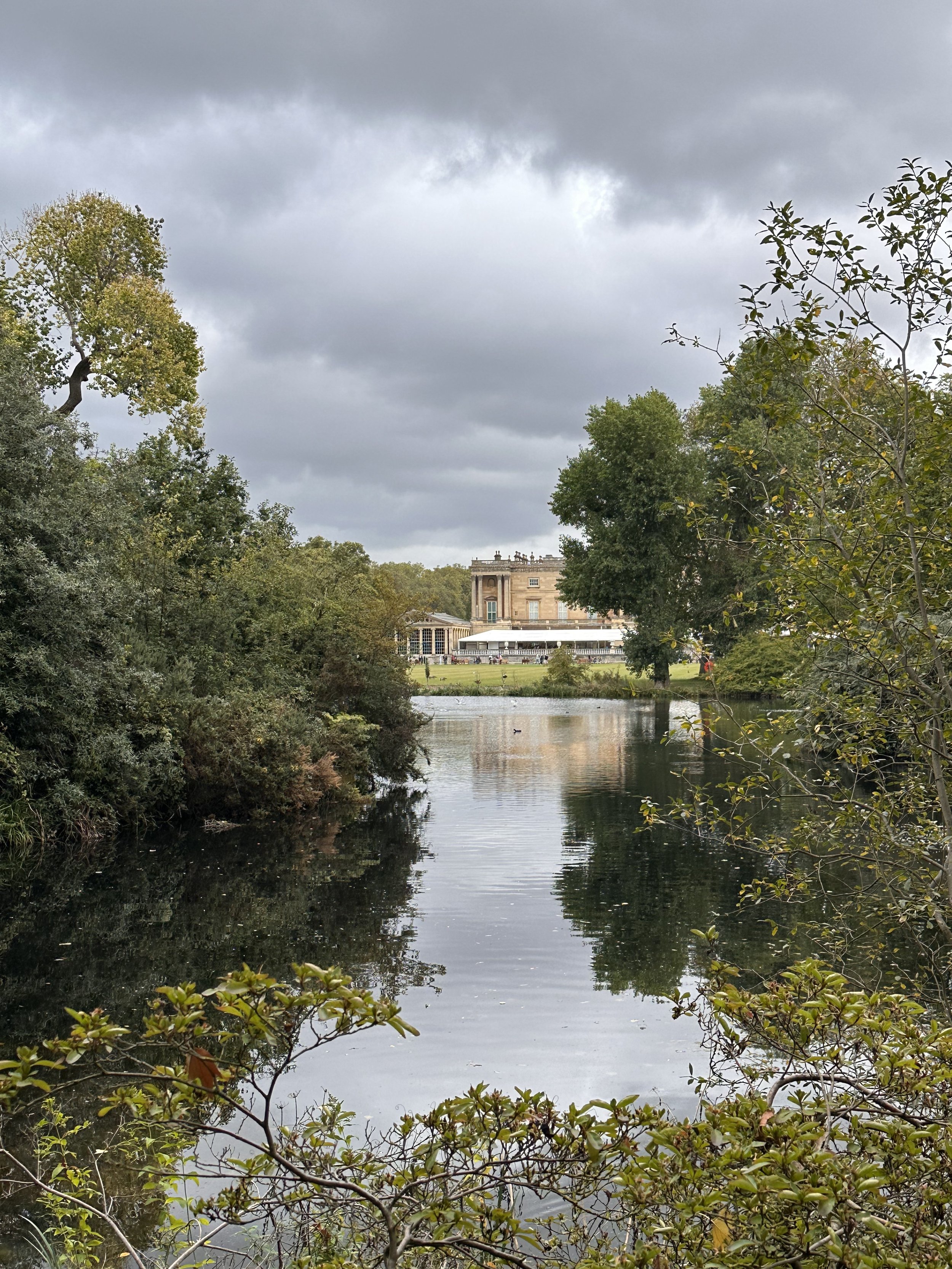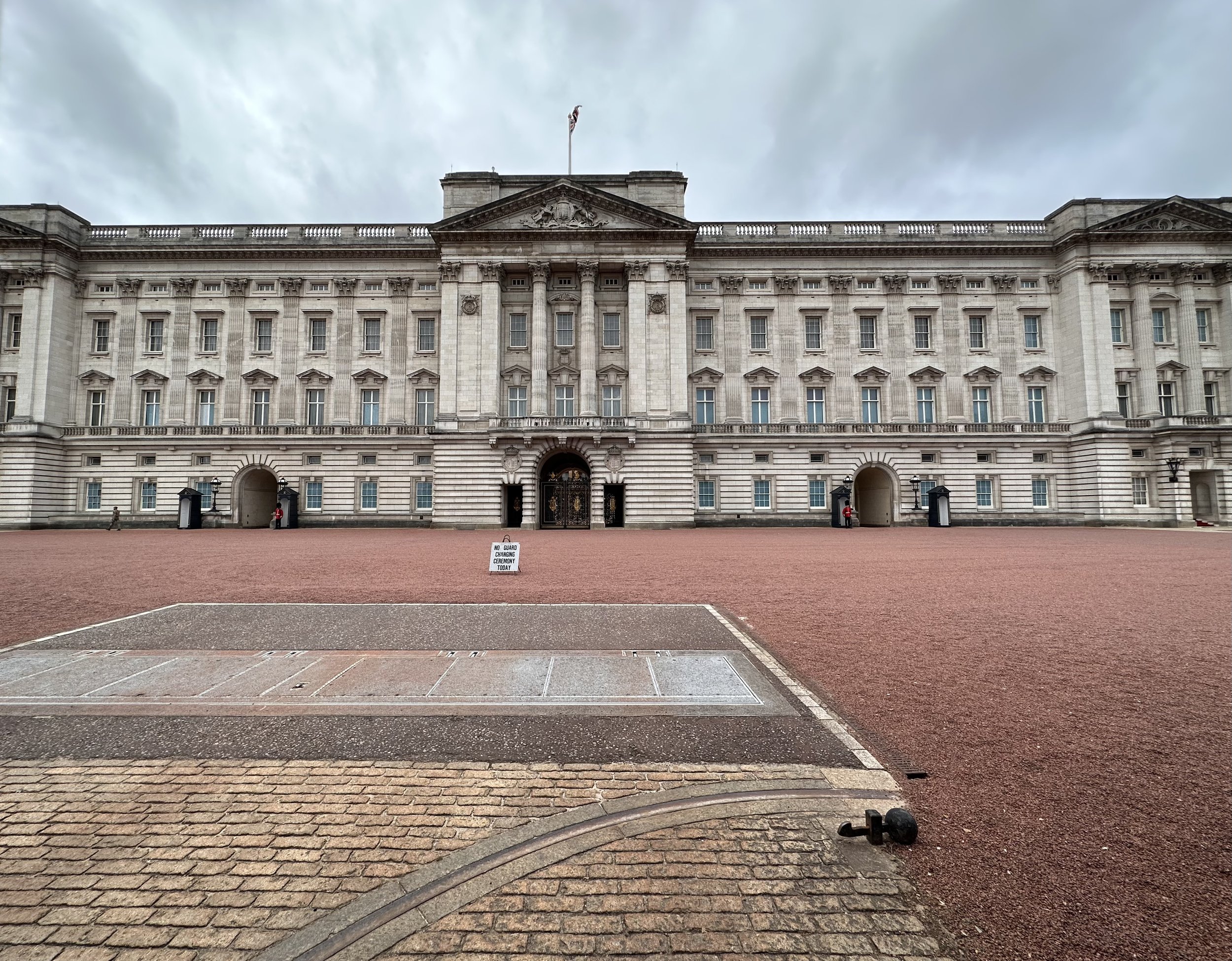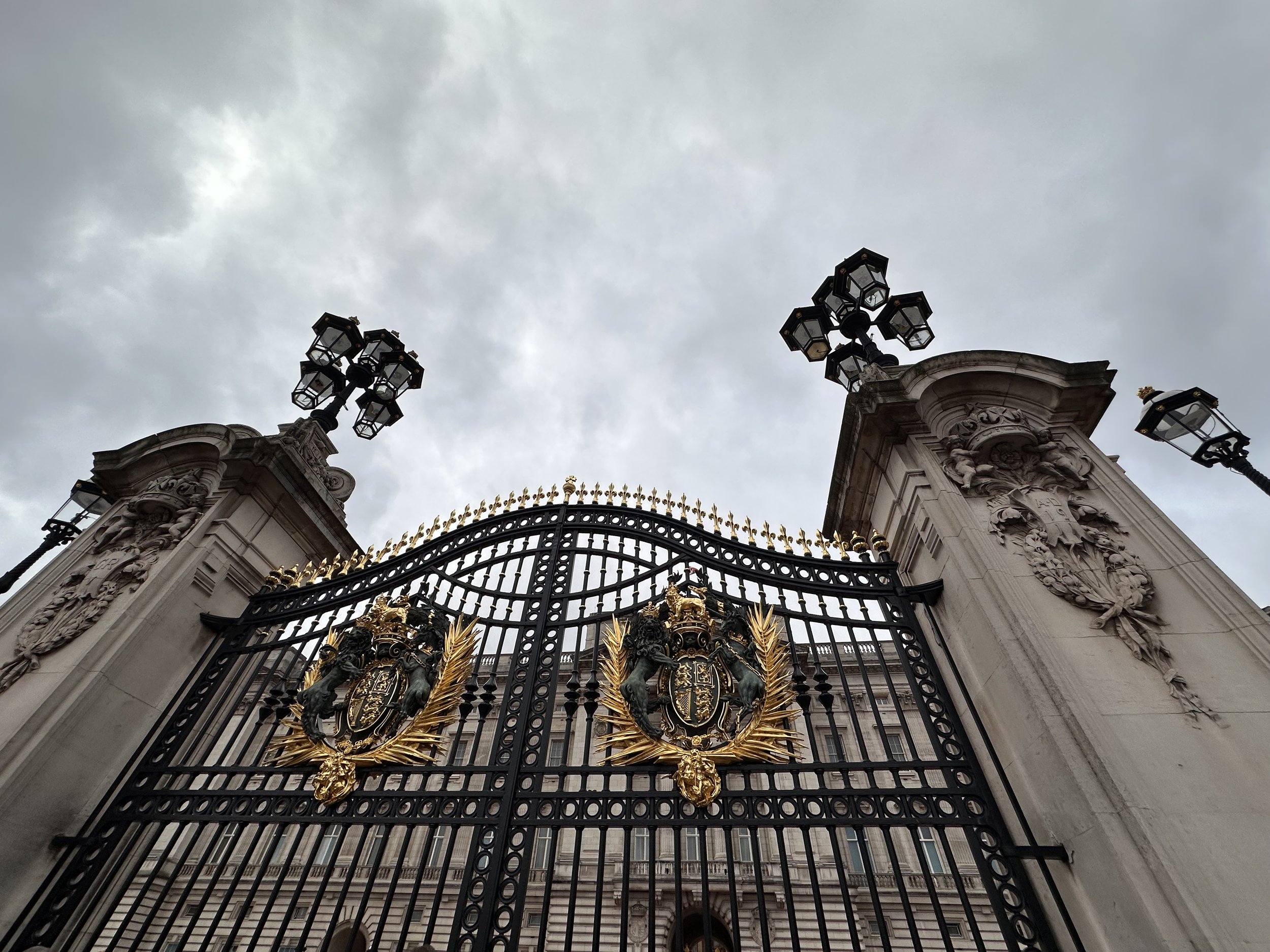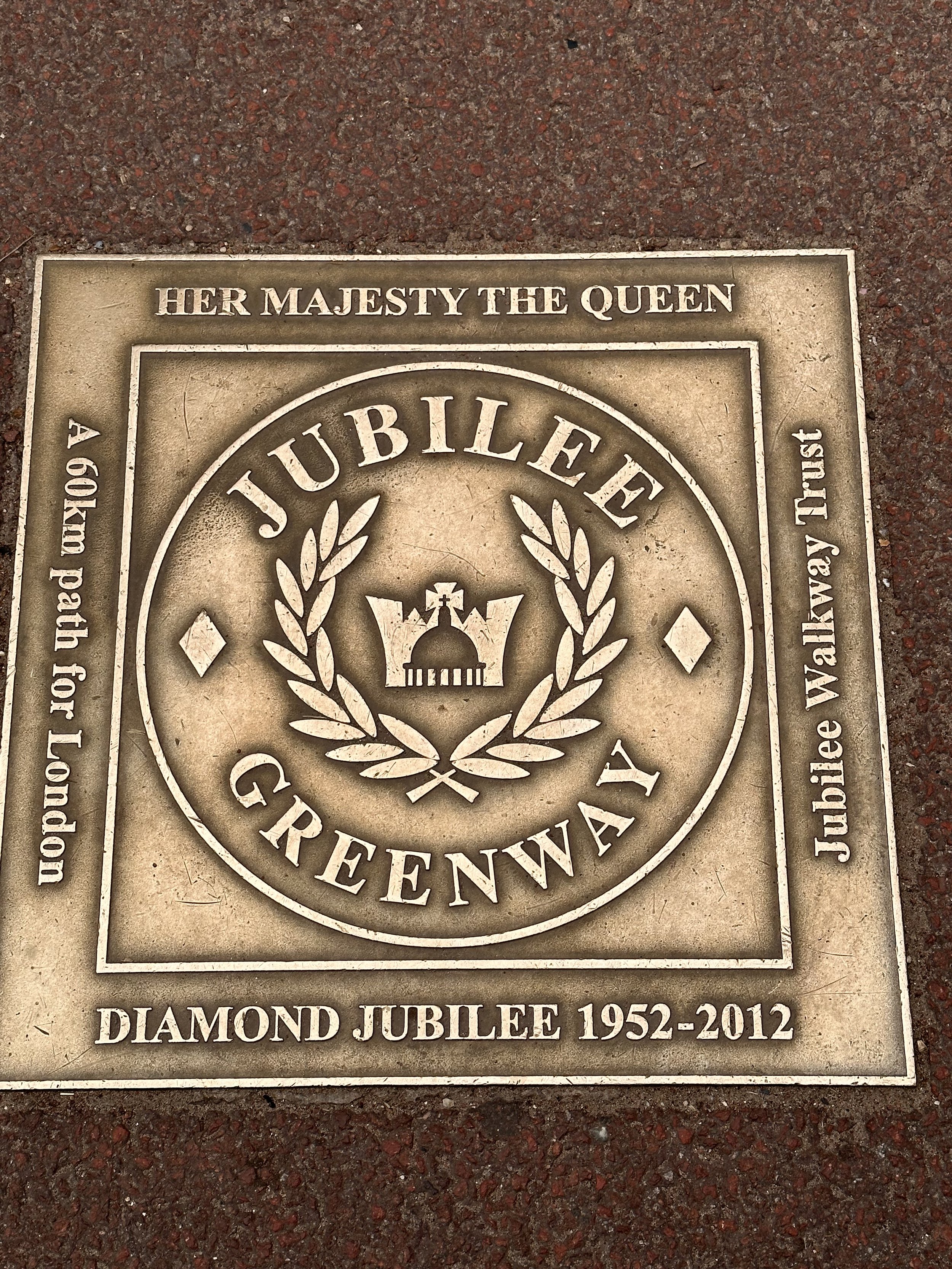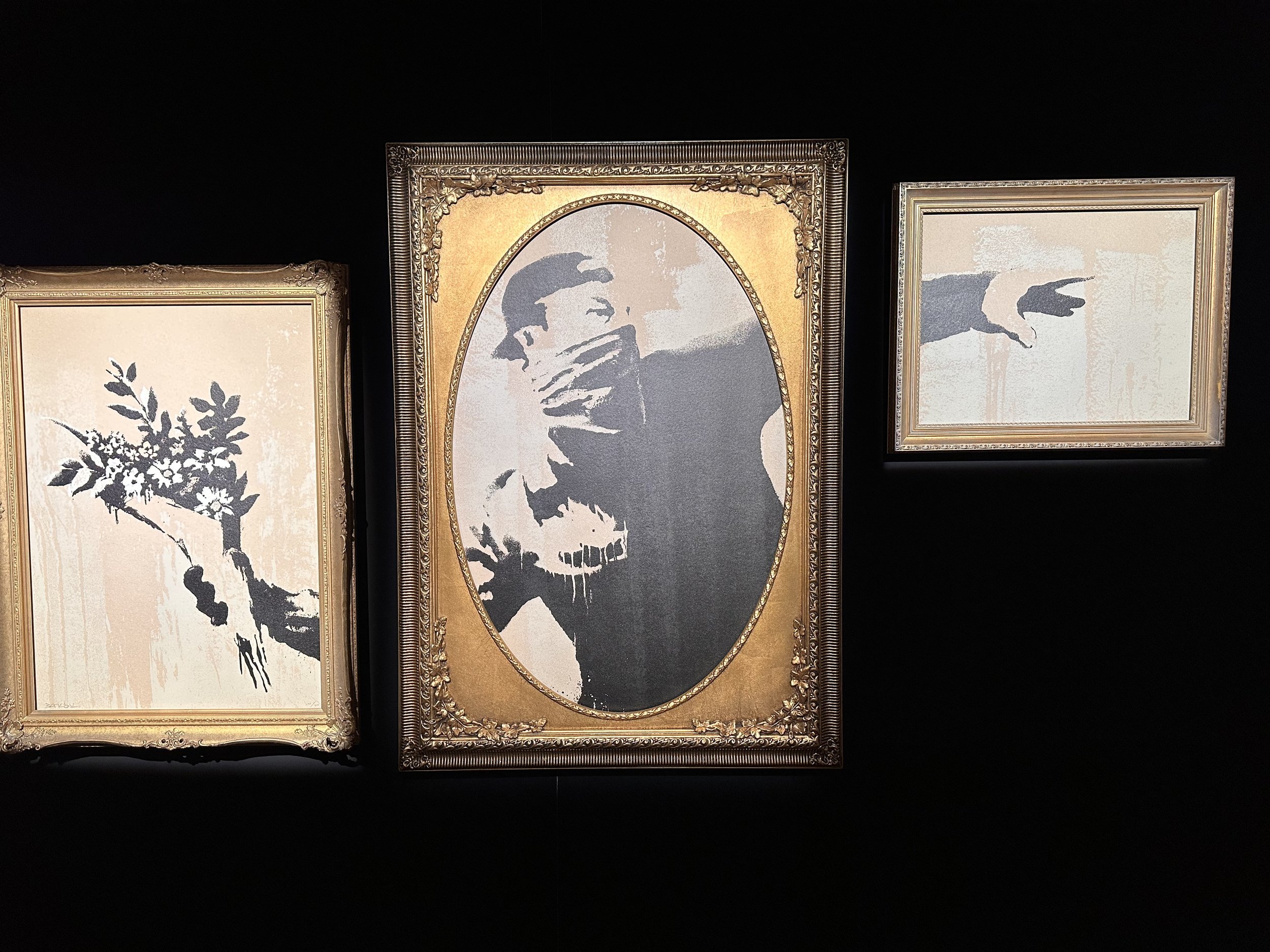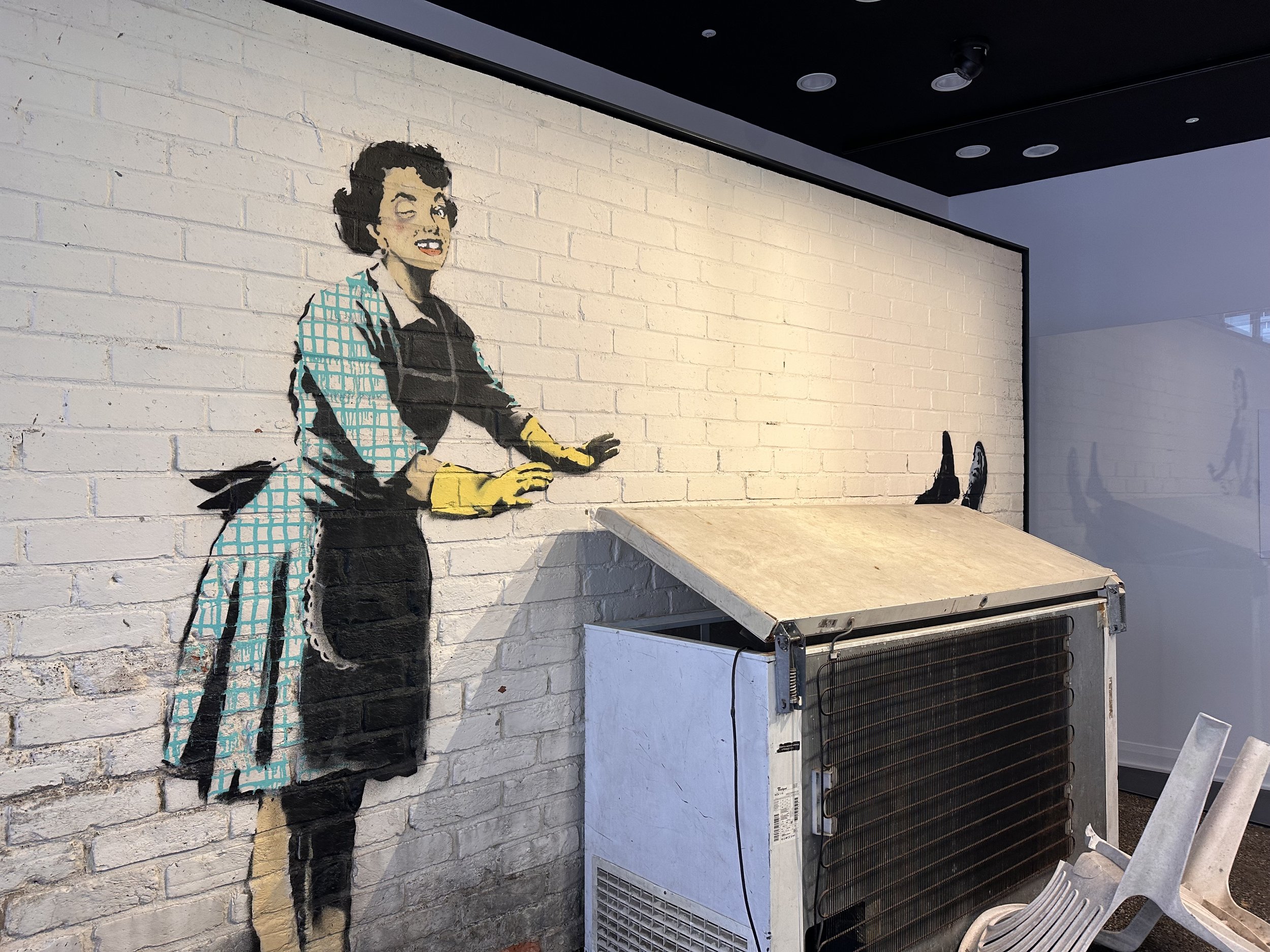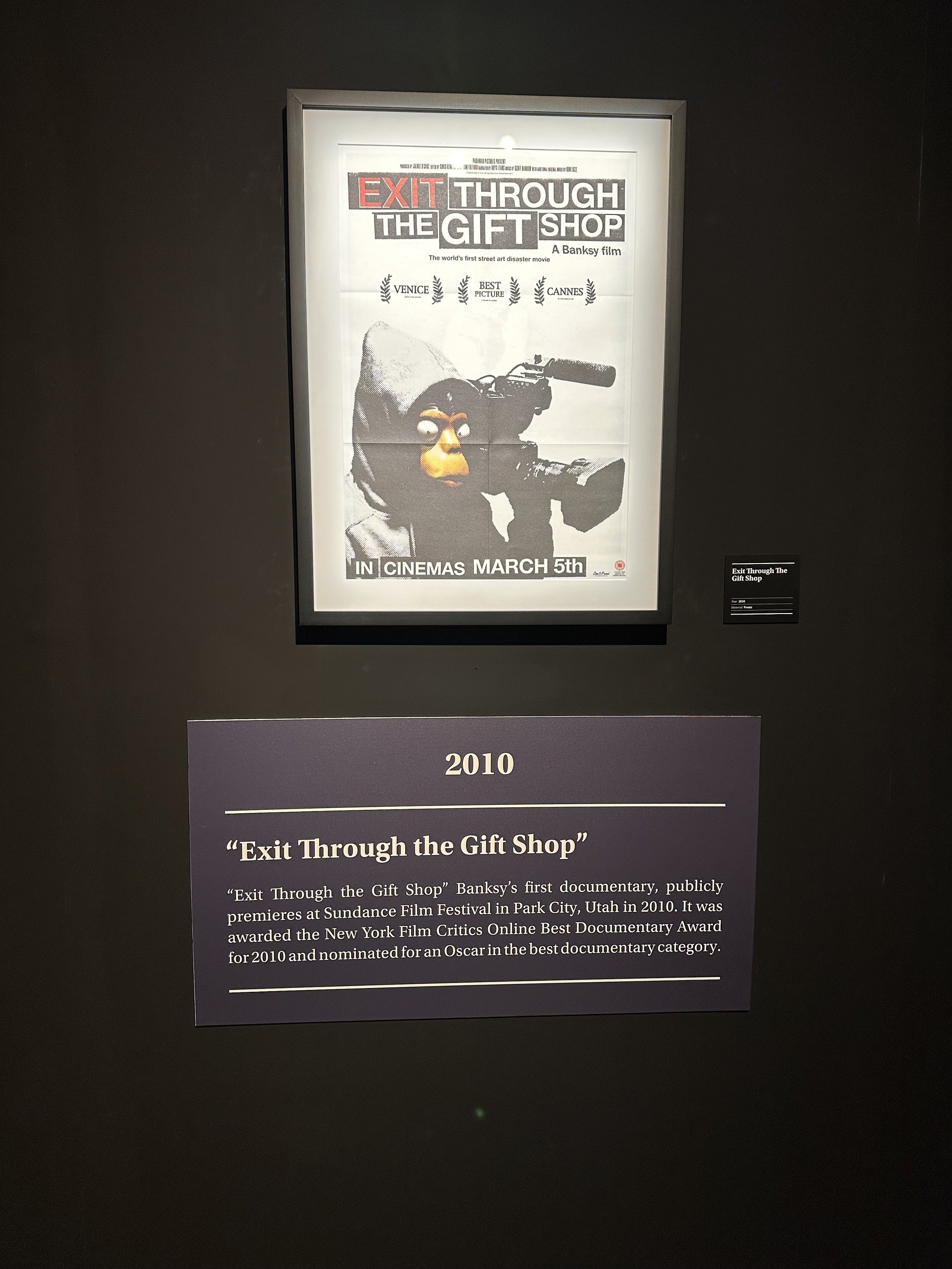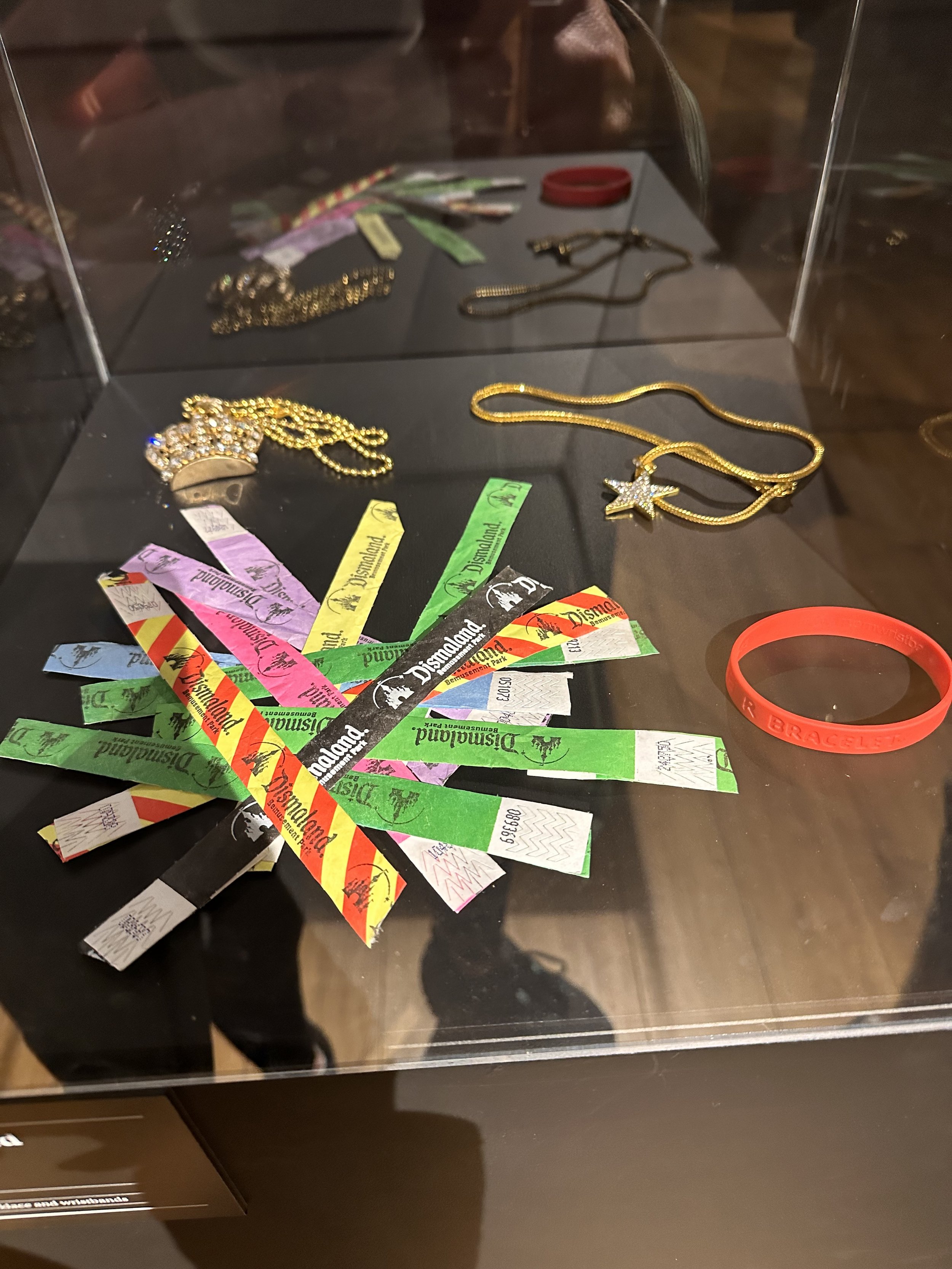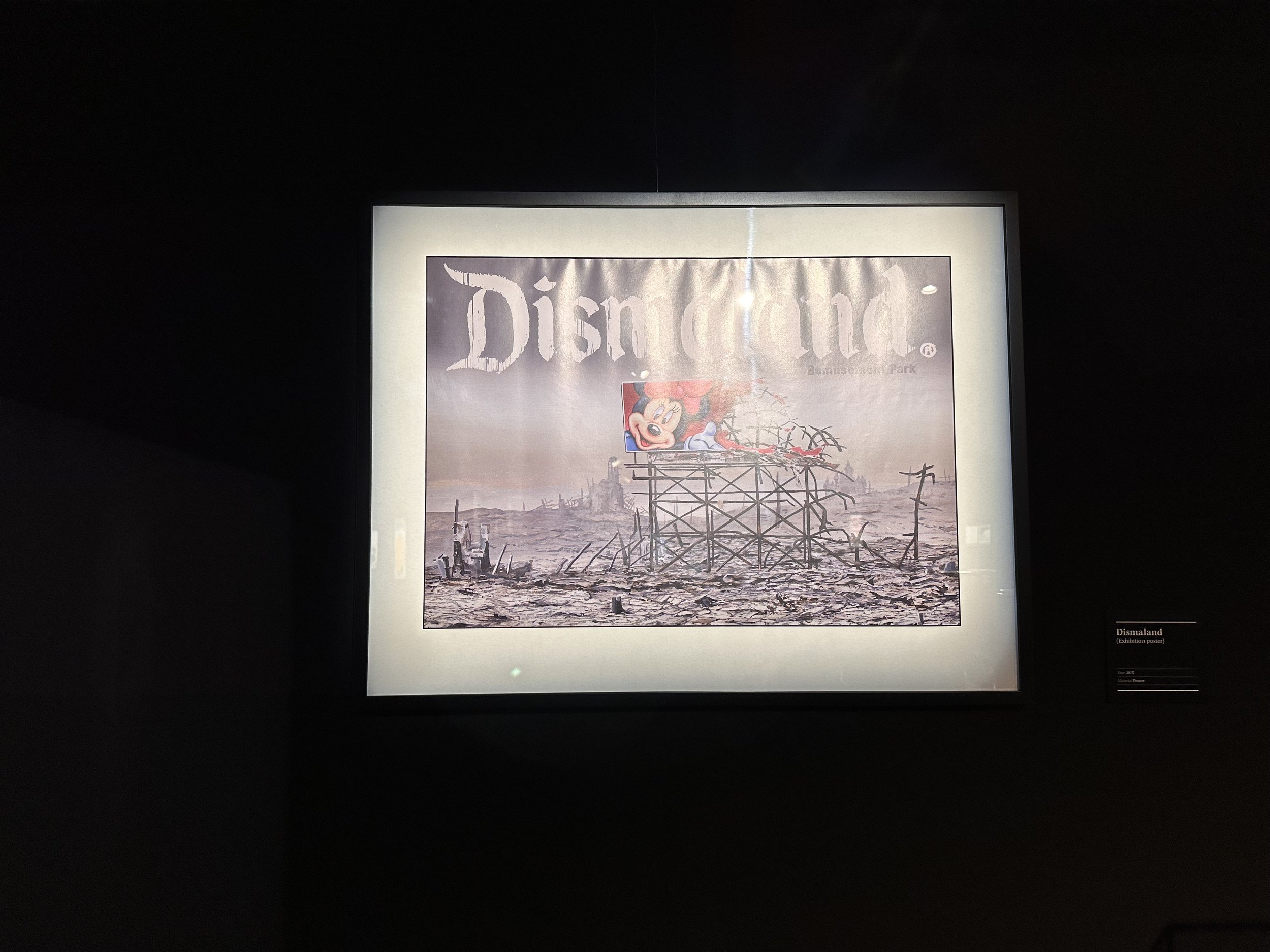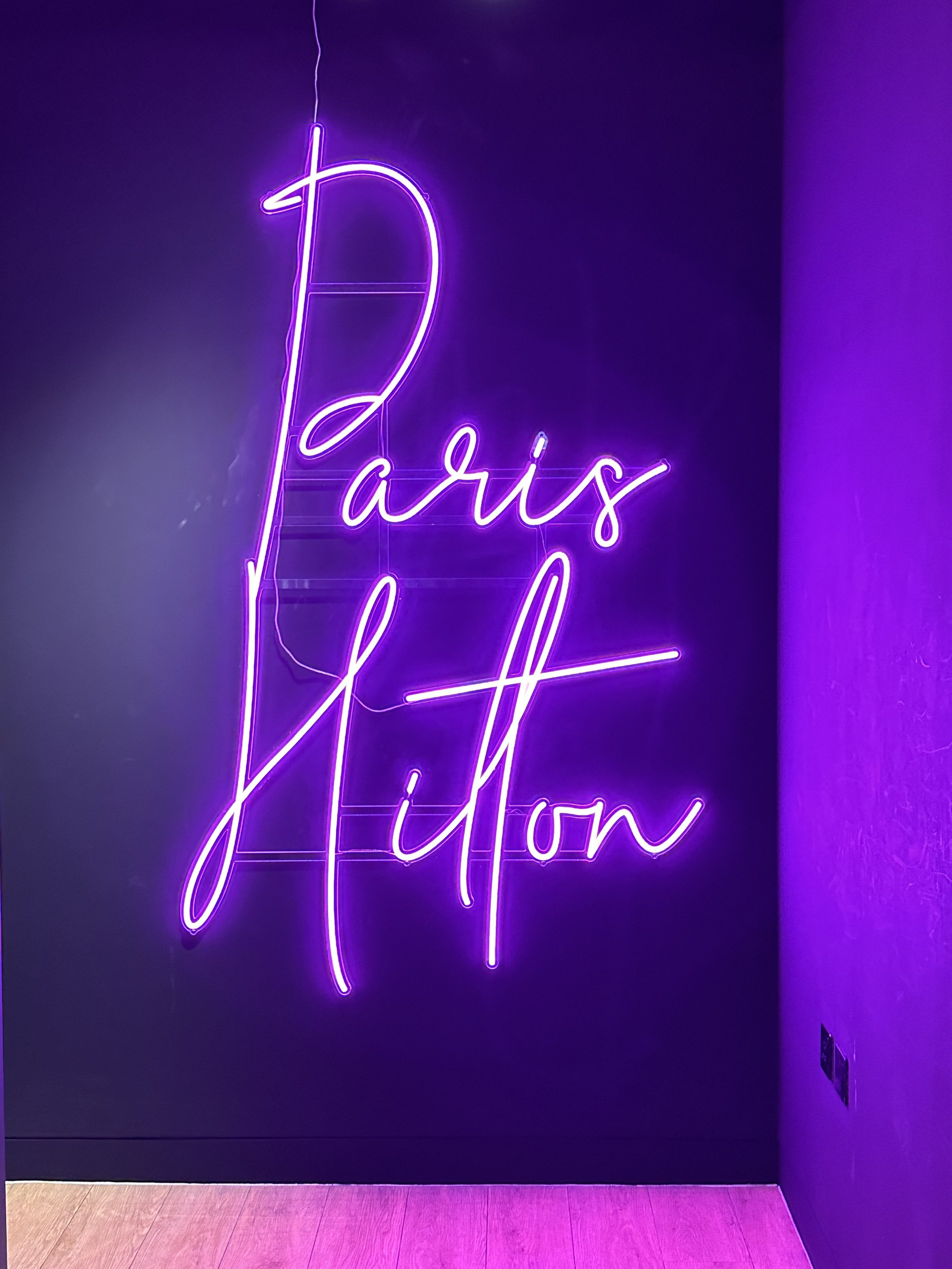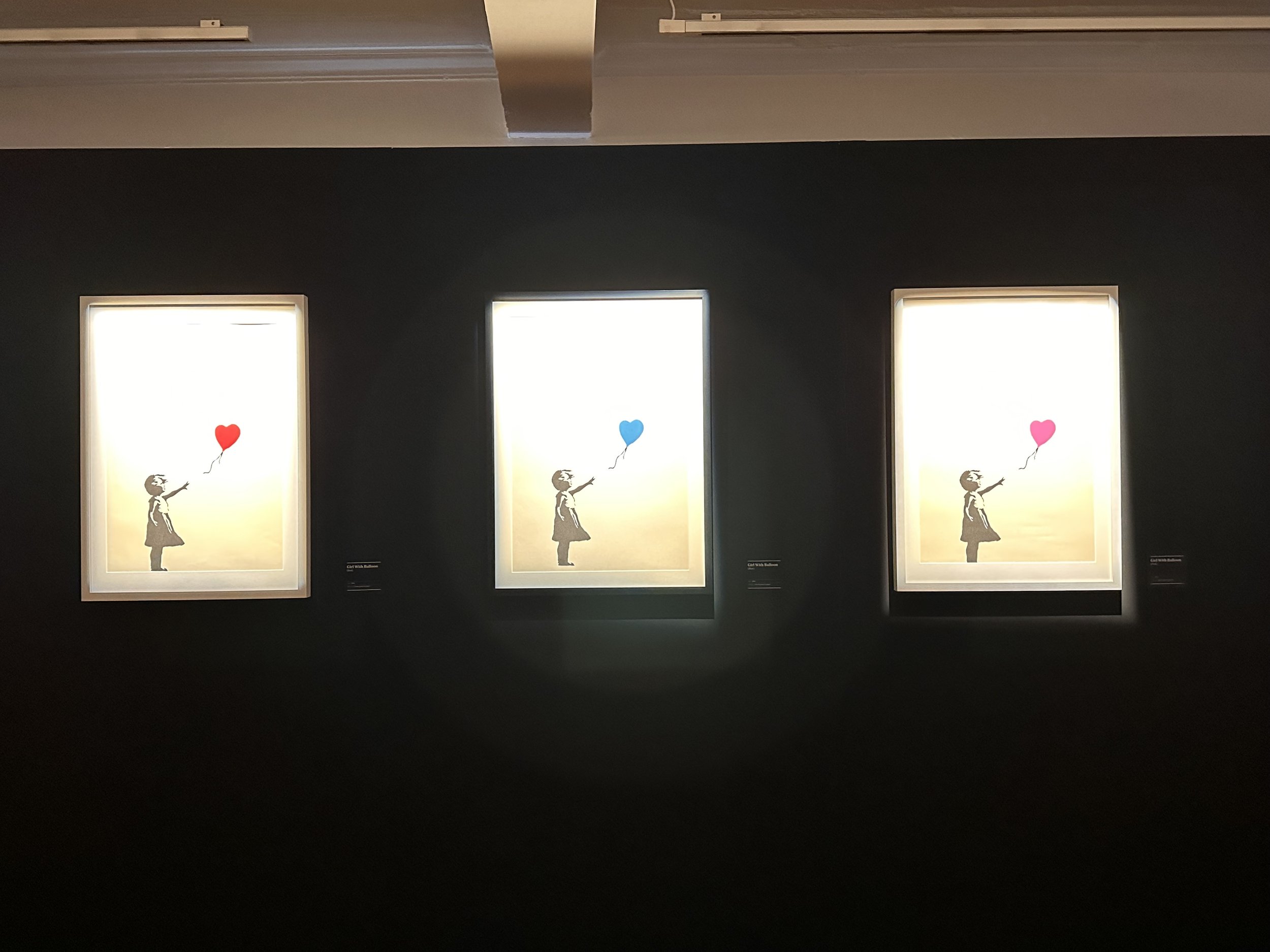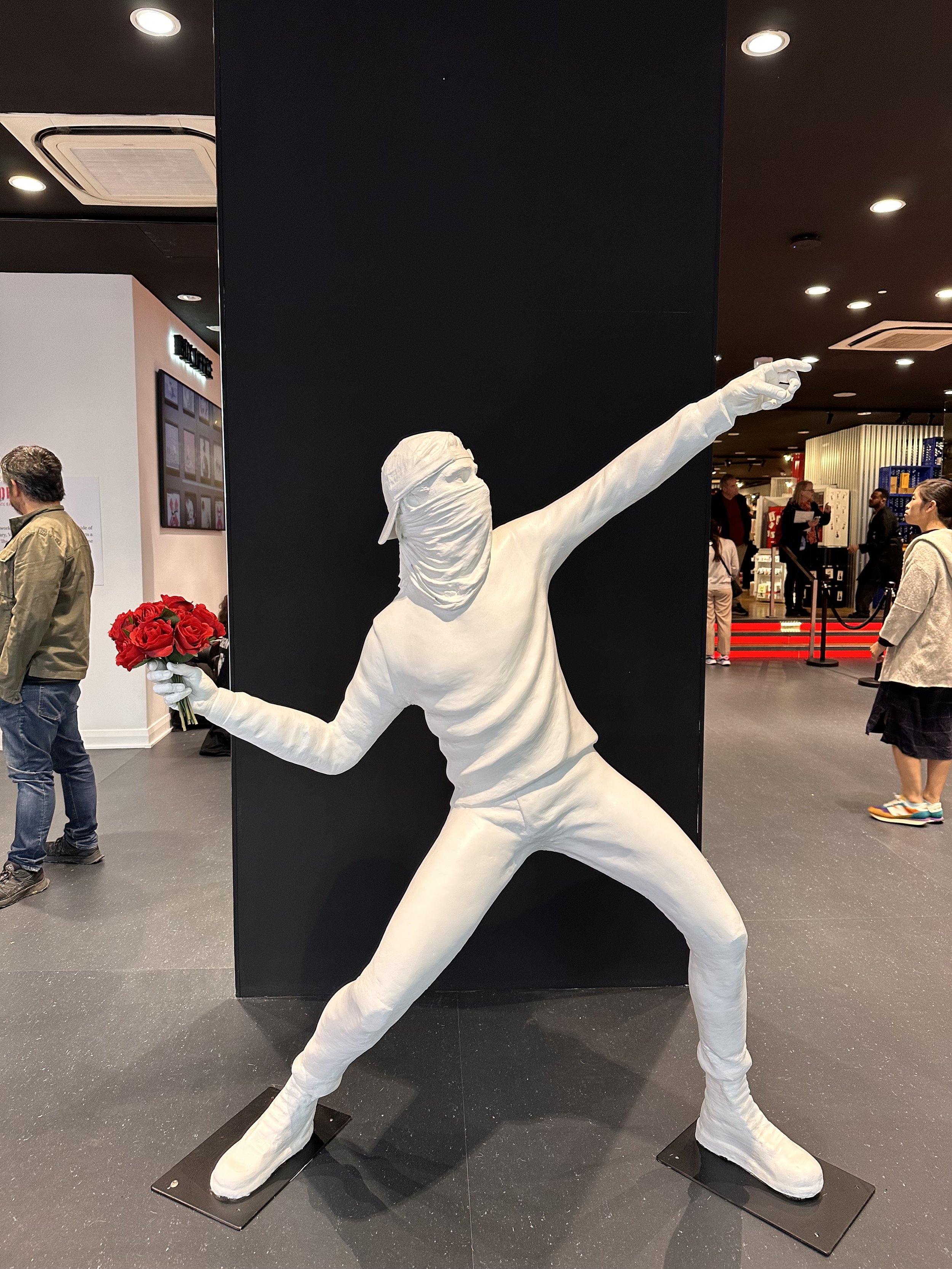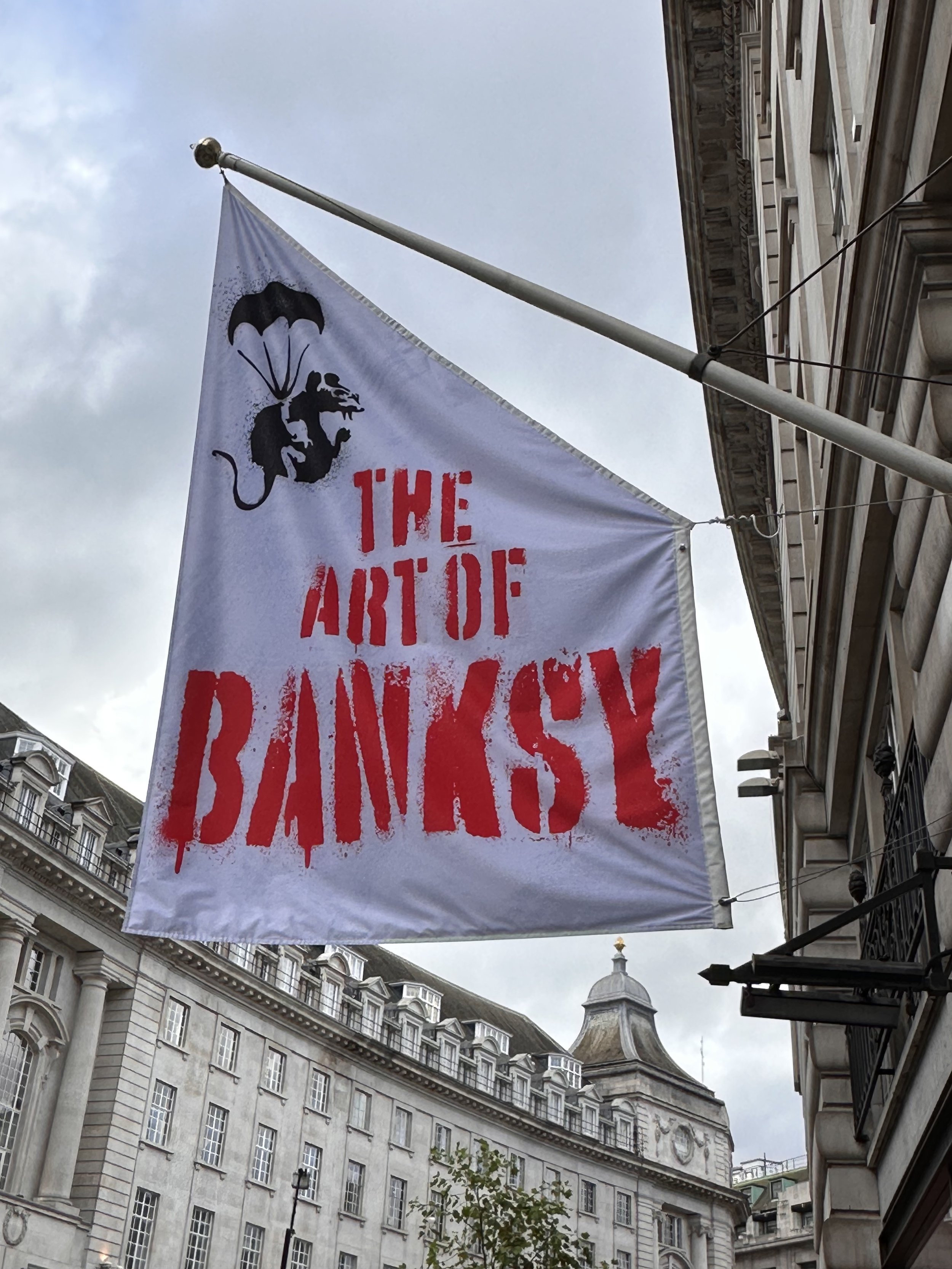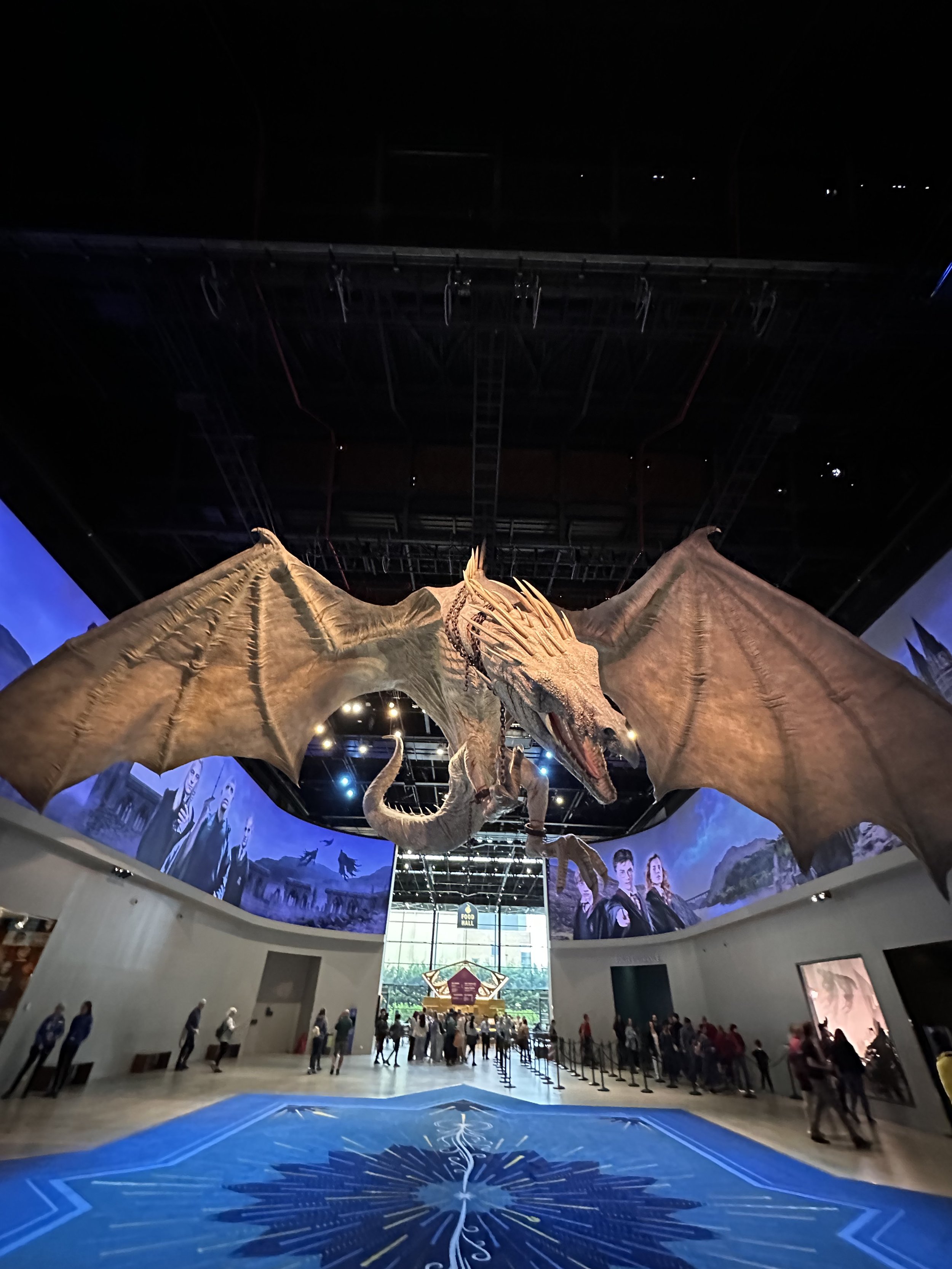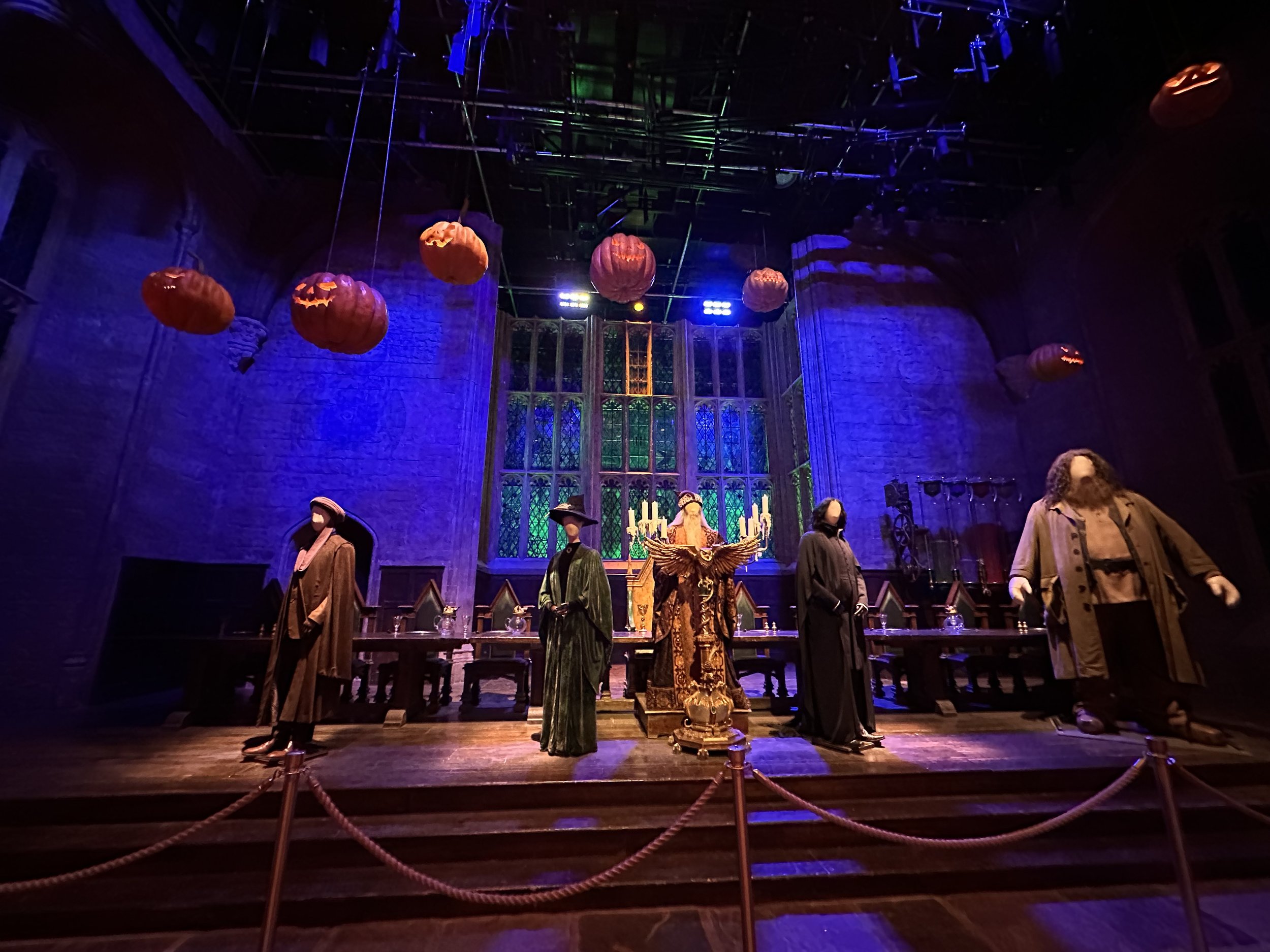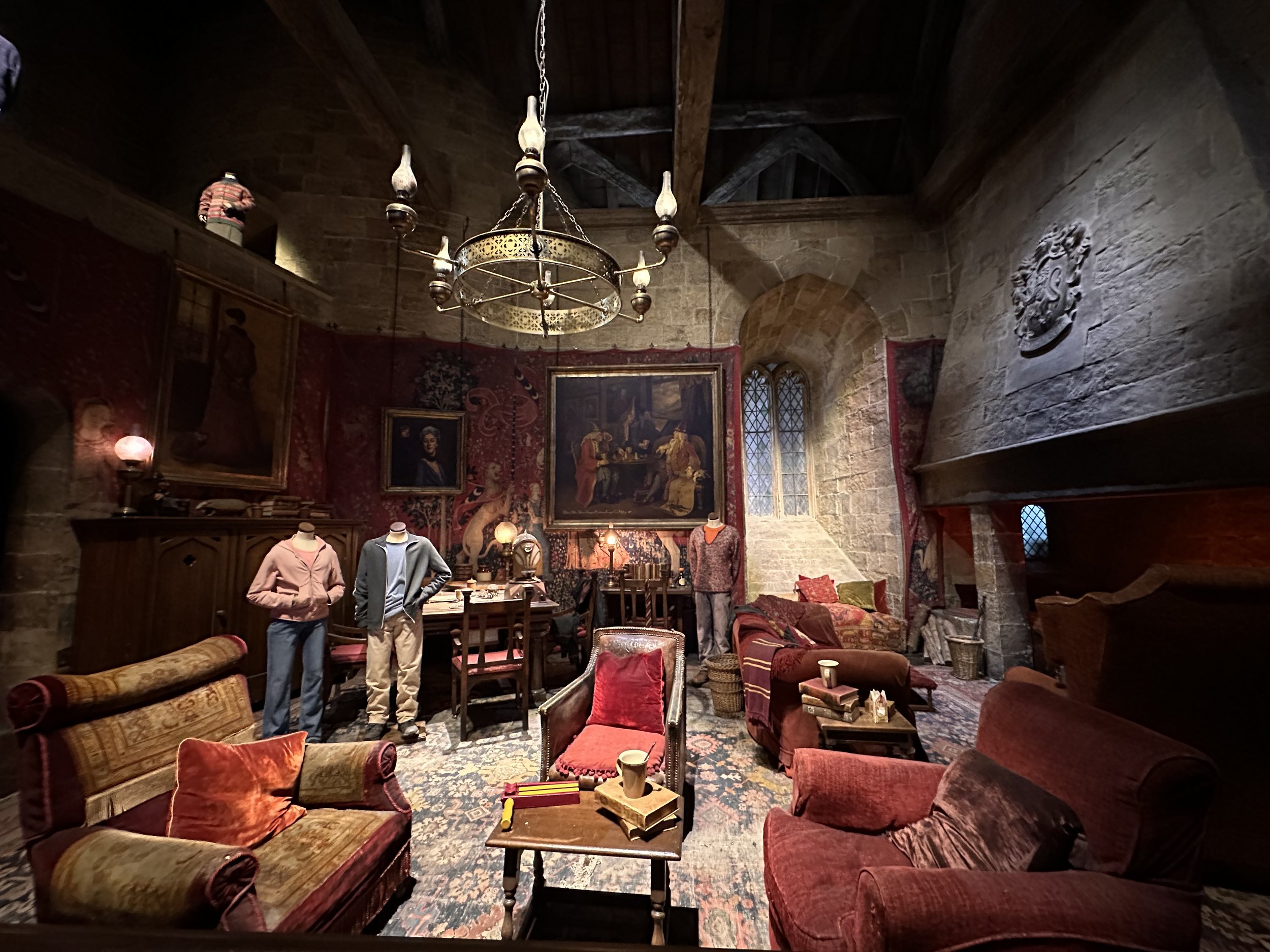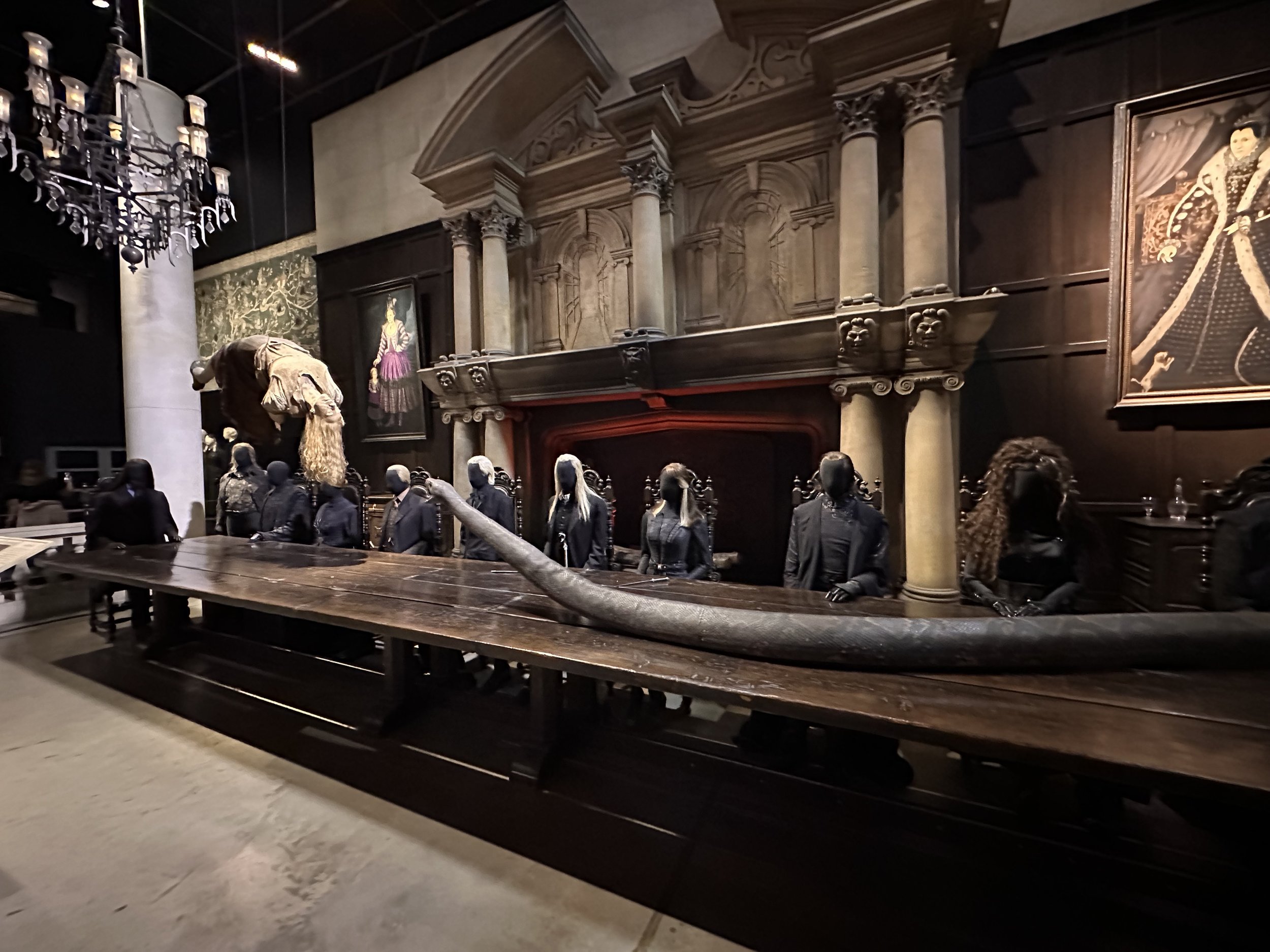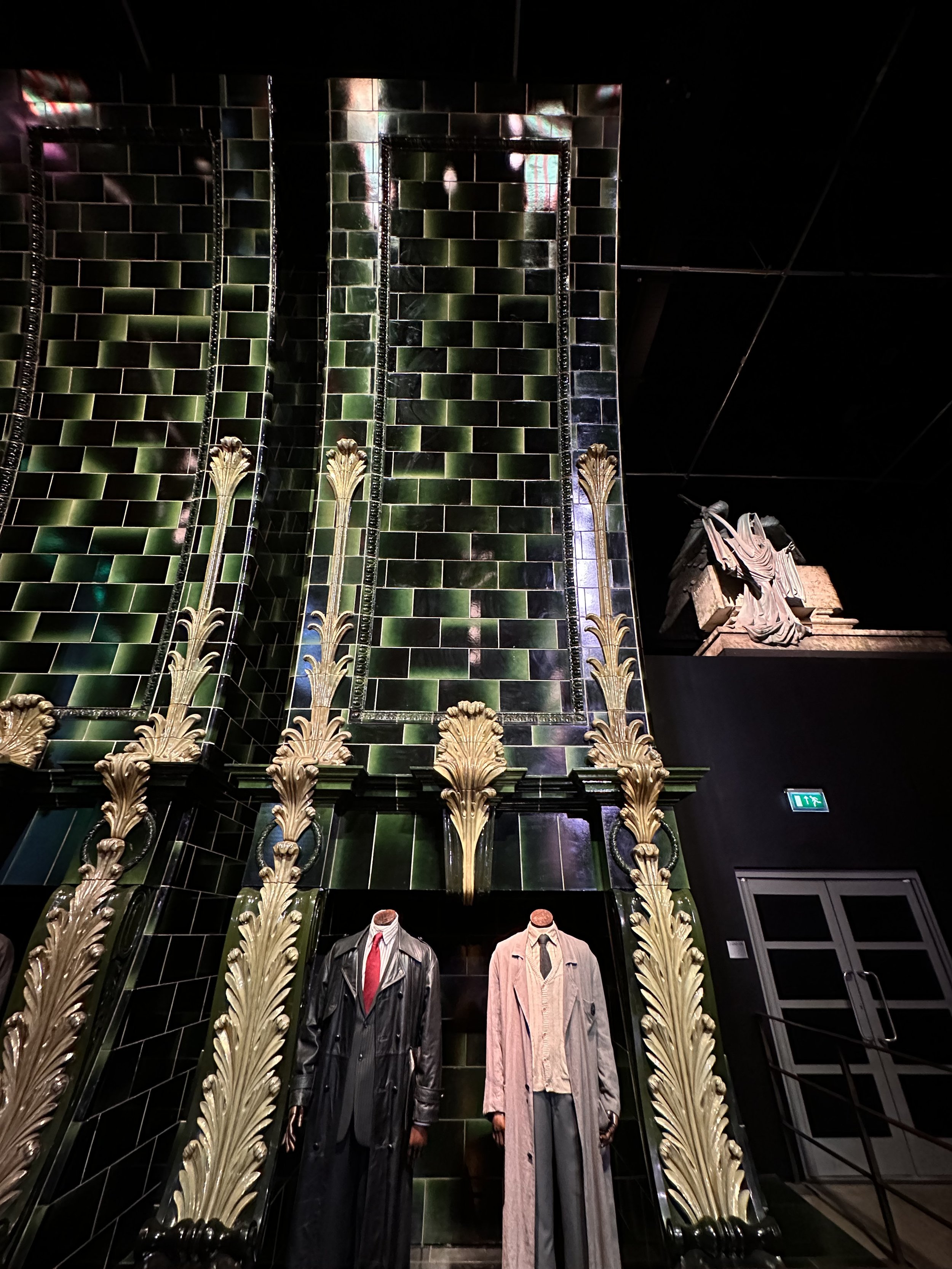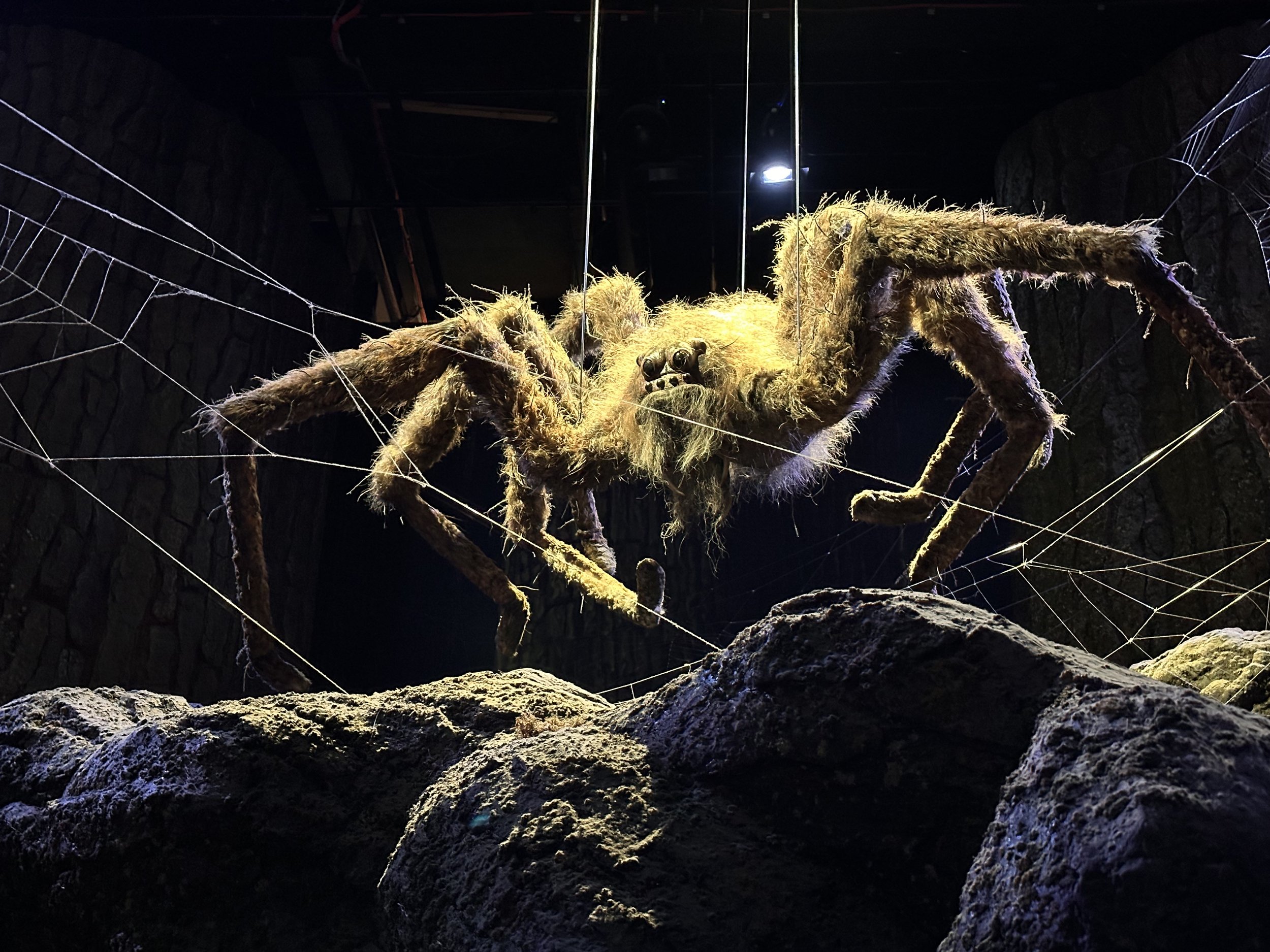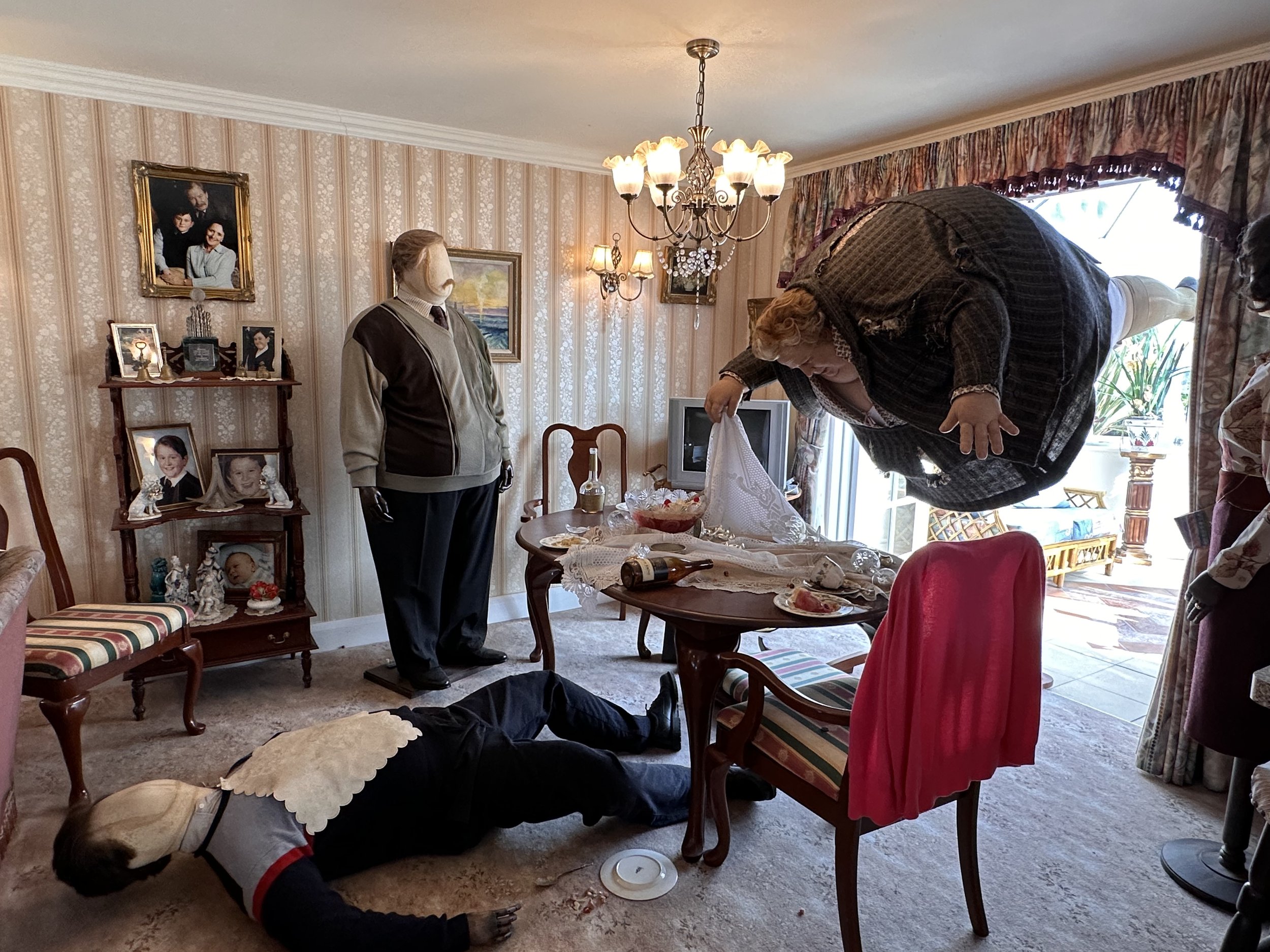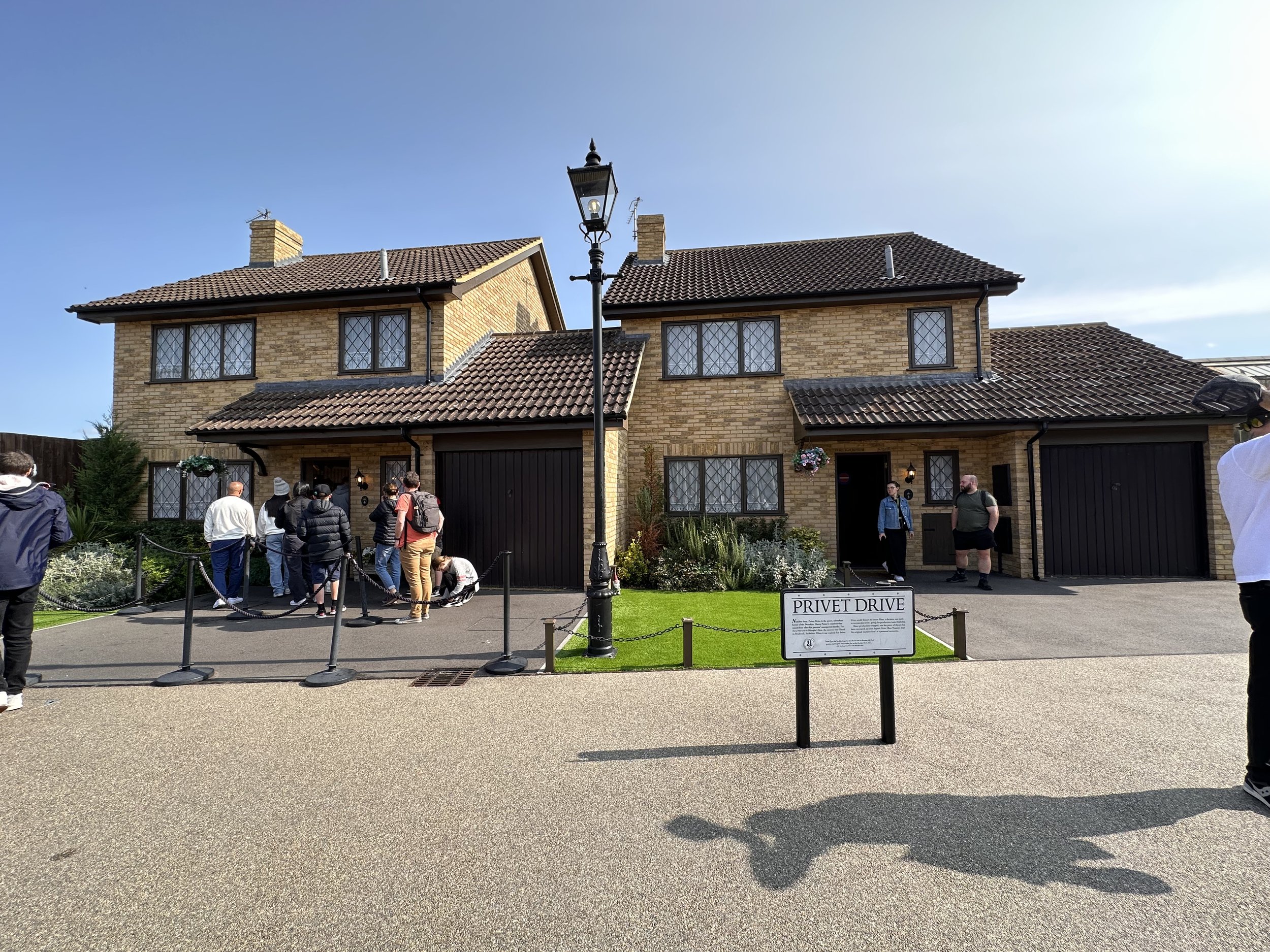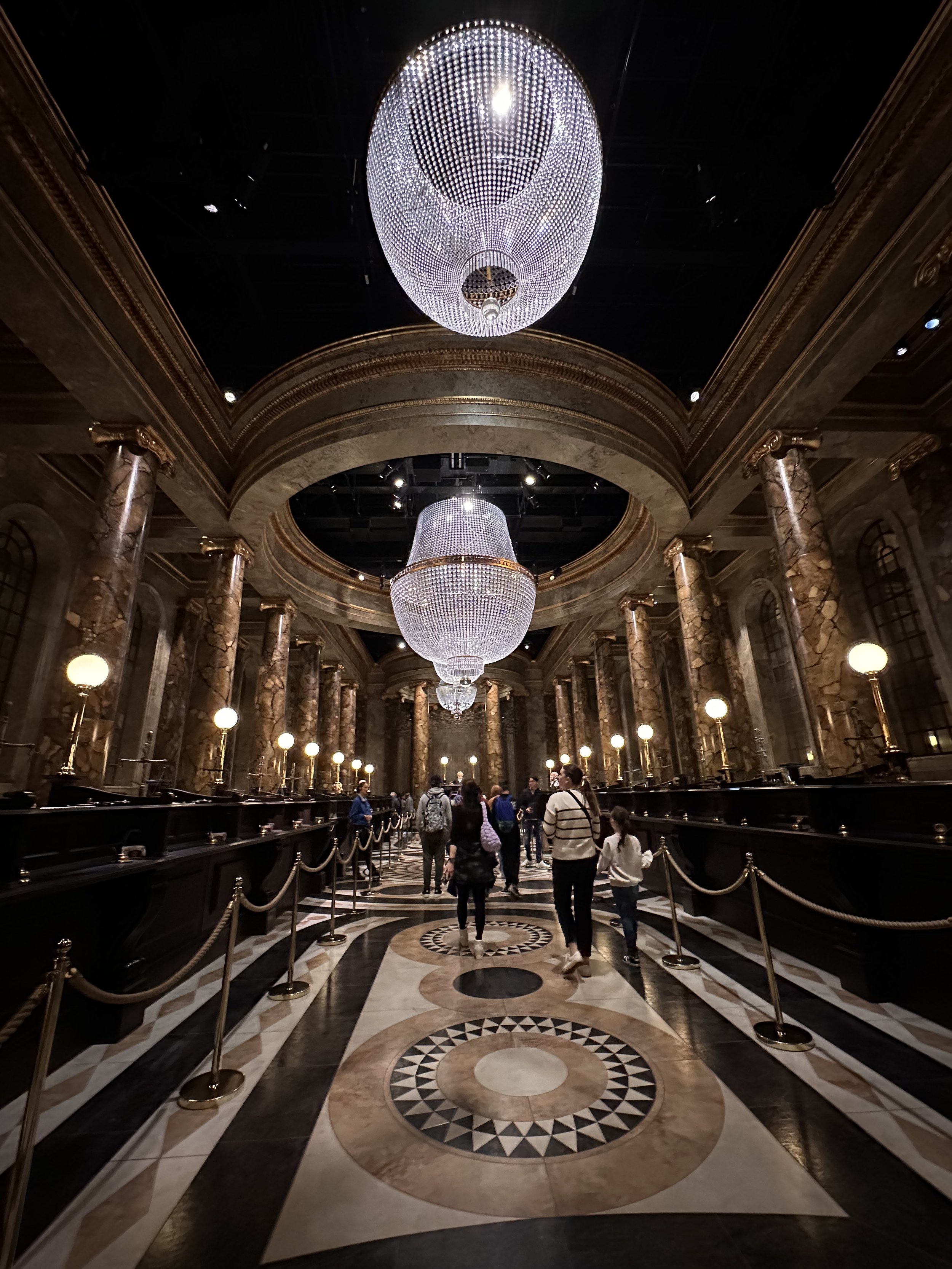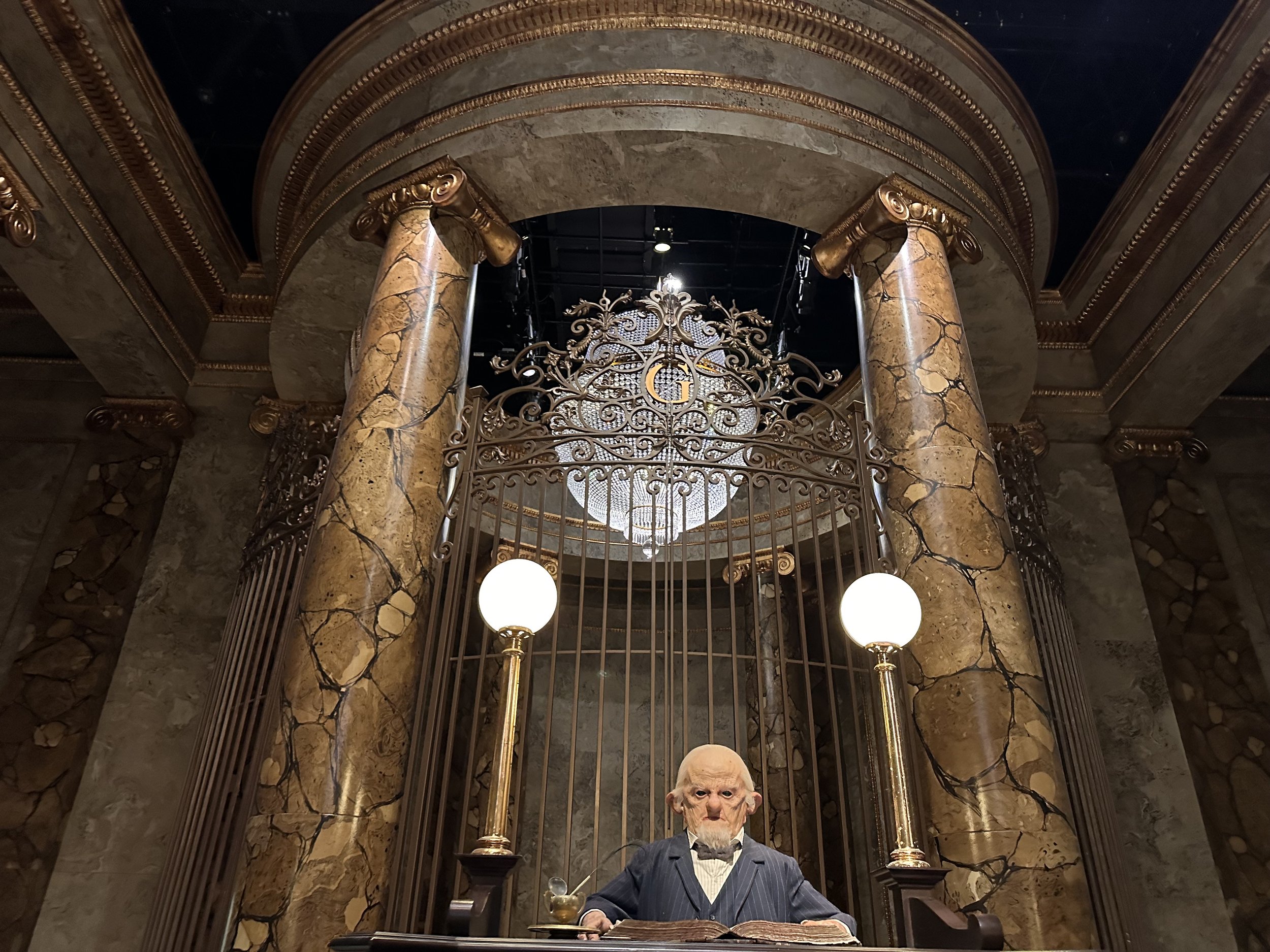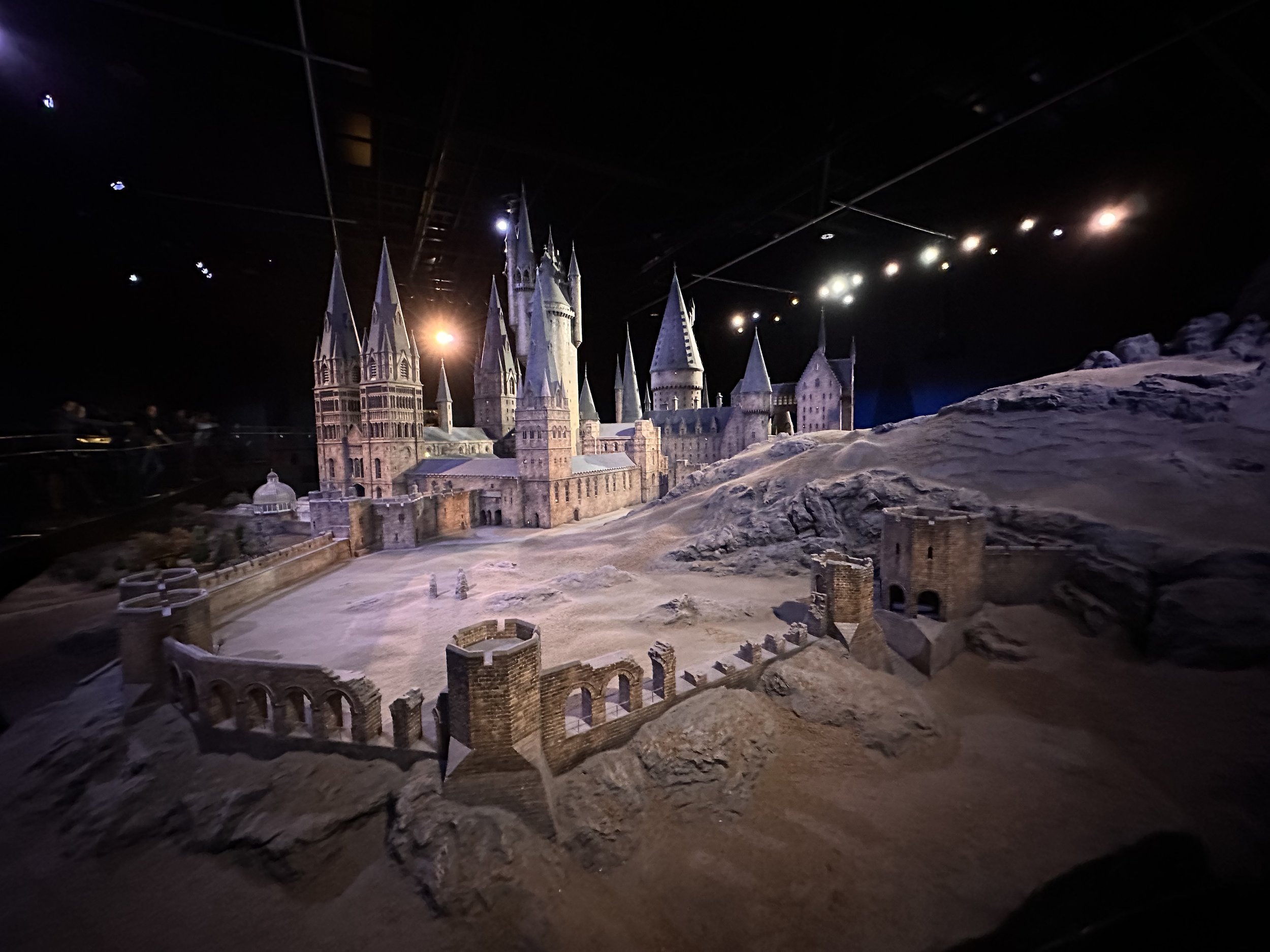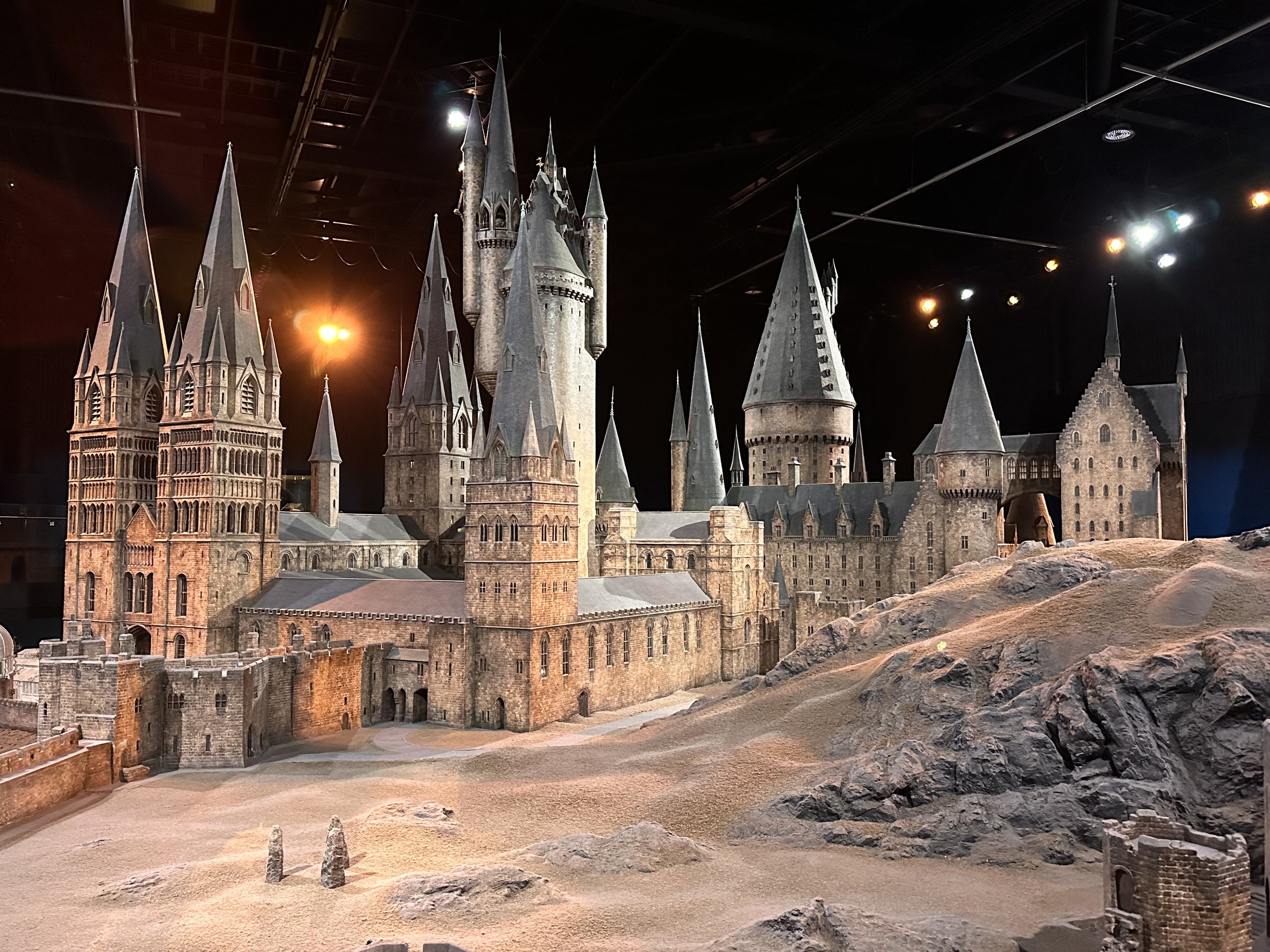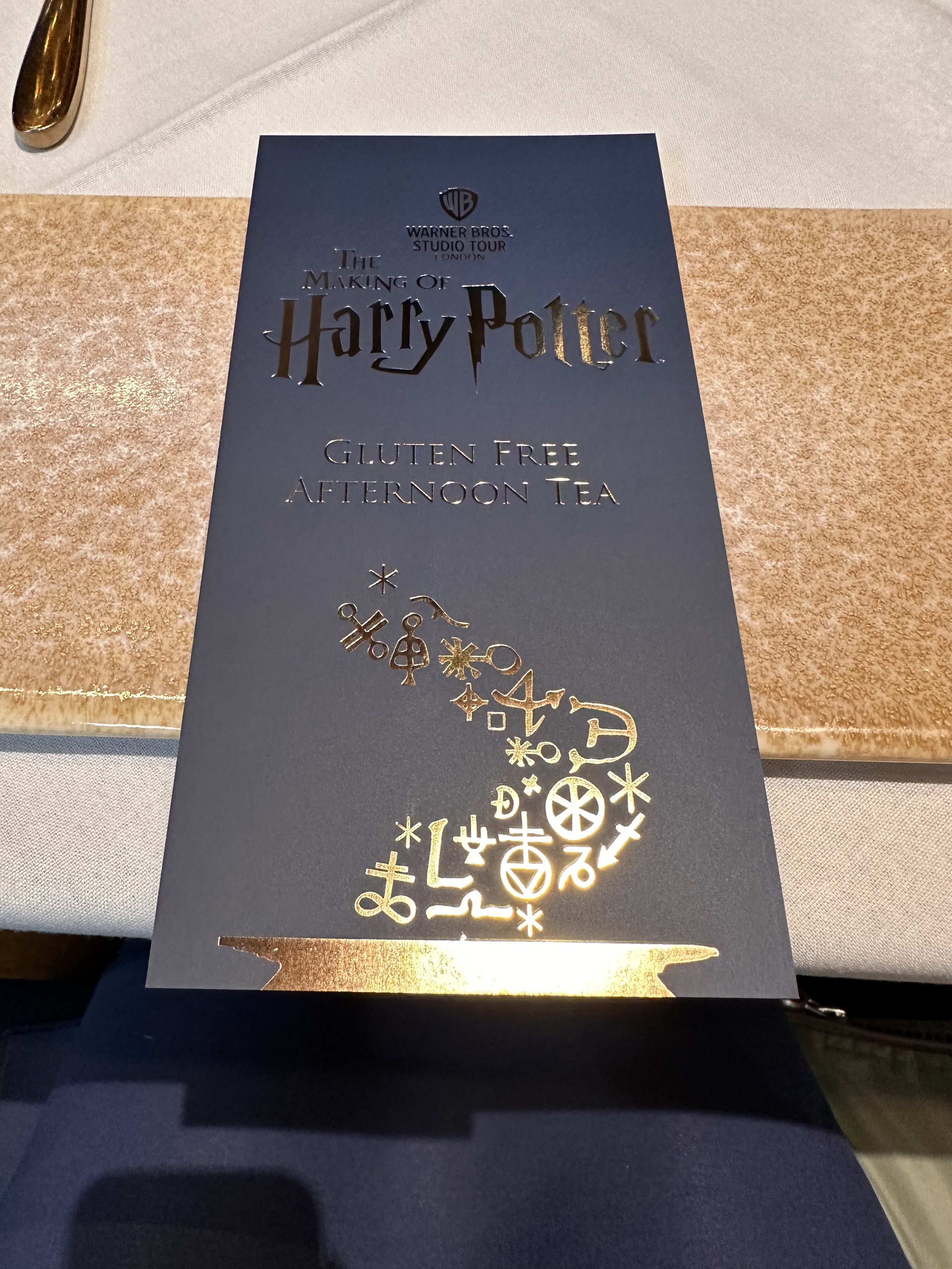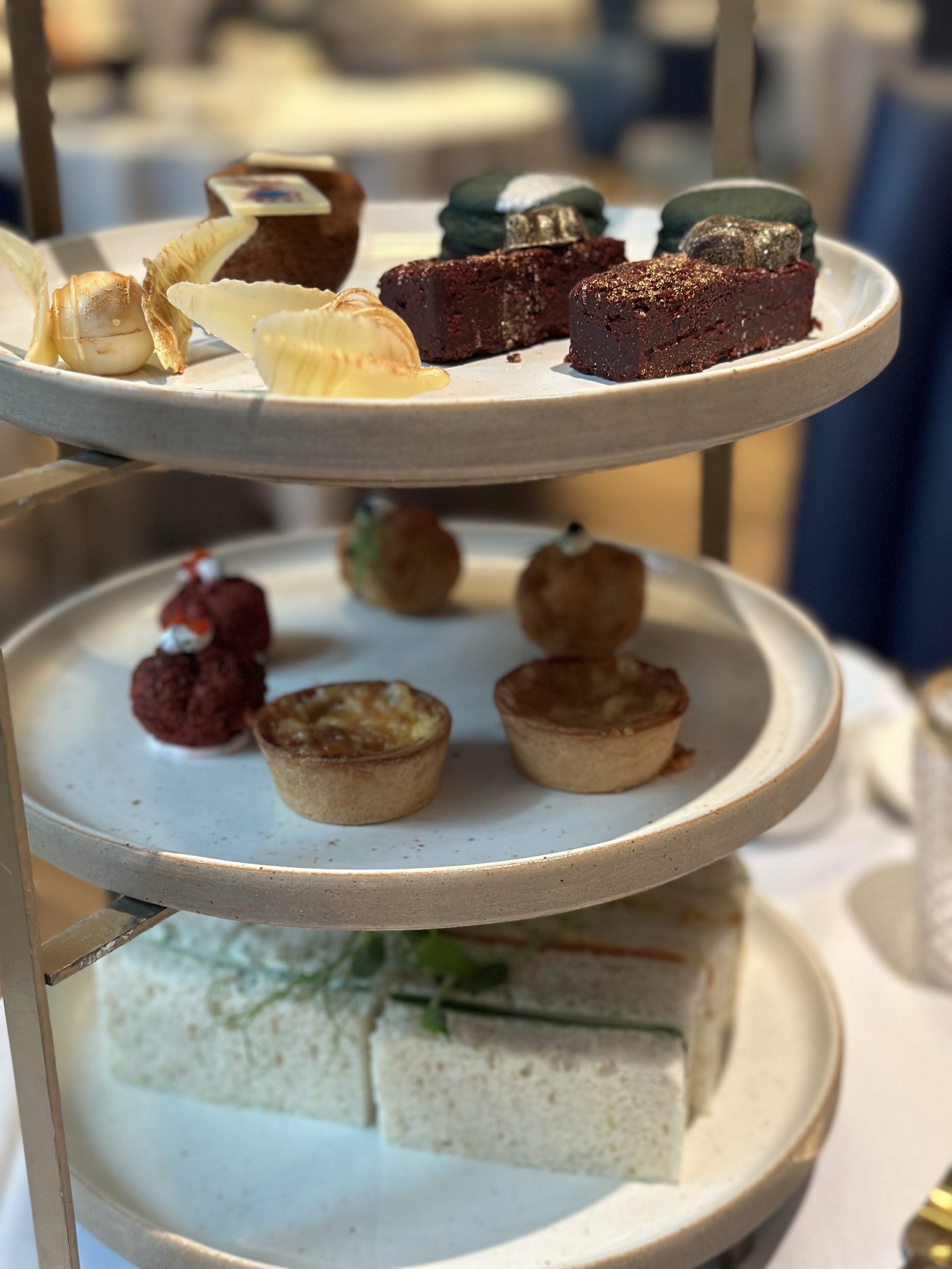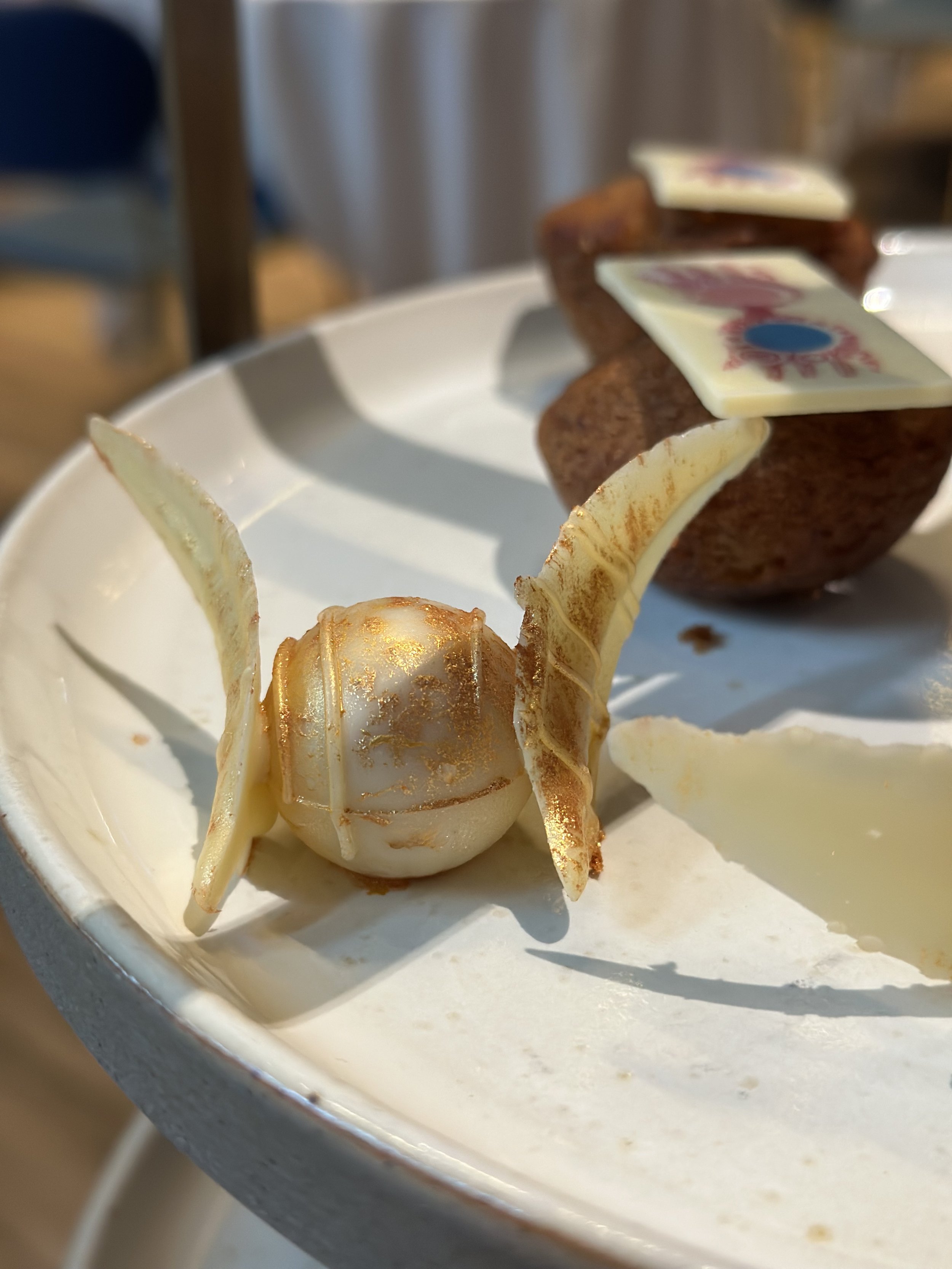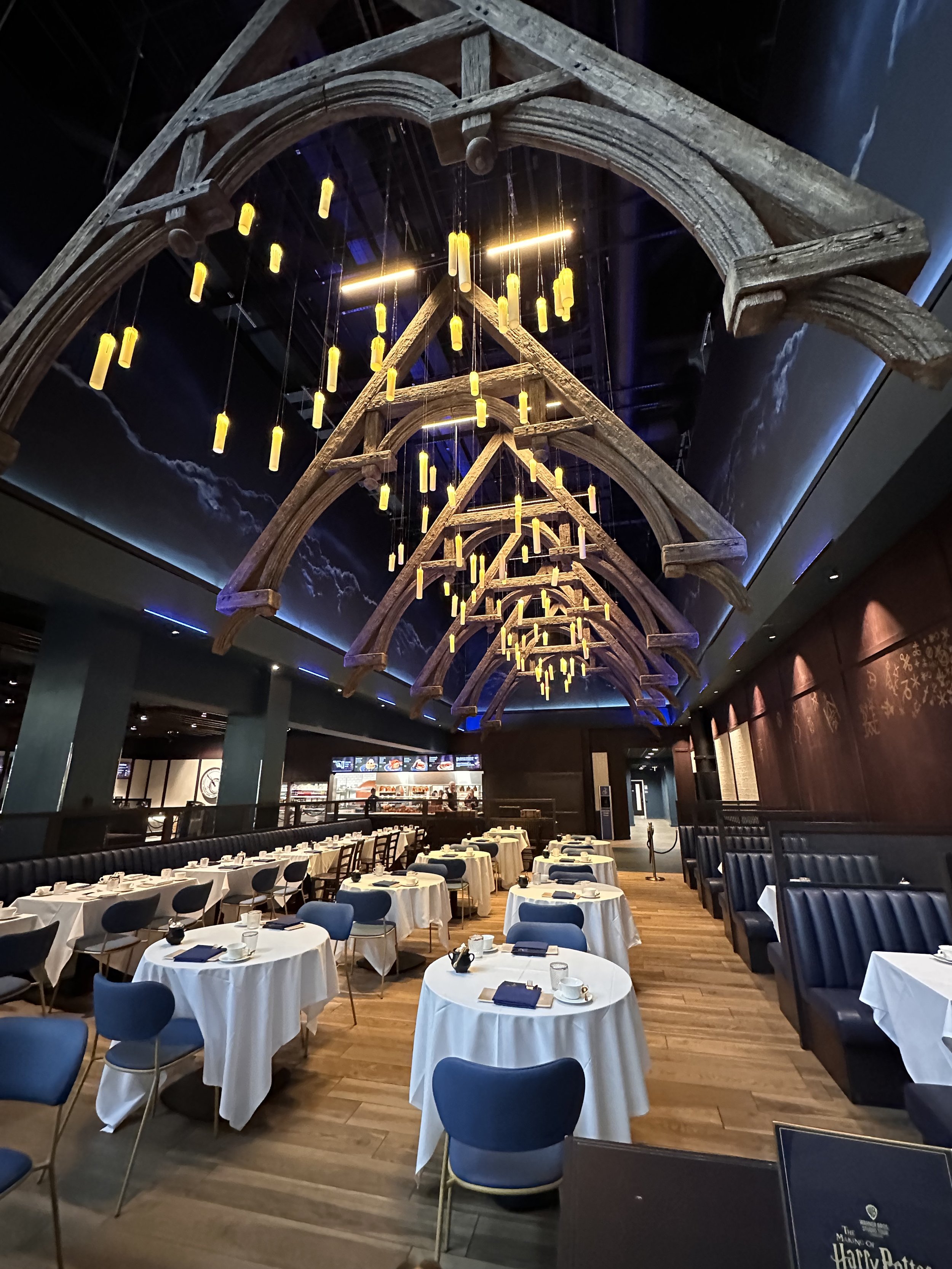Exploring London, England
Note: This post has been updated on September 30, 2023.
There are no shortage of things to do and see in London. Every time we come back, we find new areas to explore and new things to learn. Because of this, we have created a complete guide to exploring London with all its little hidden secrets, alleyways, and history!
The below information is a complete guide of the best places to stay, the top rated places to dine and drink, and all there is to see and do. We’ve also included transportation tips, as well as a summary of the history of this amazing city!
Time needed in this city: One week but even that might not be enough!
where to stay
While there are many areas to stay in, we have chosen the most popular to consider:
Chelsea
City of London
Covent Gardens
Kensington
Knightsbridge
Mayfair
Hotel 41 (Perfect rating)
St. James
Westminster
wher to dine & Drink
There are a TON of great restaurants all around this massive city. However, the ones listed below are the very best the city has to offer in the most popular areas to dine. We’ve also included a few outstanding ones that fall in some of the more suburban areas that can’t be missed!
Belgravia mews
Marcus
A high-end French restaurant in Belgravia Mews
Muse by Tom Aikens
A Michelin-starred restaurant with tasting menus, in Belgravia Mews
Pétrus by Gordon Ramsay
Gordon Ramsay's Modern French fine dining restaurant with a centrepiece glass-encased wine room.
City of London
Cin Cin Fitzrovia
Serving Italian cuisine
Noizé
Cosy, elevated bistro serving French classics such as suckling pig belly plus a robust wine list.
Pied à Terre
Meticulously constructed Modern French dishes in a discreetly decorated dining room.
Sky Garden
Known as the walkie talkie due to its unique shape, this skyscraper features a top-floor restaurant.
The Mayor of Scaredy Cat Town (SpeakeasY)
Upstairs at the George
Top-rated! This intimate space, with original Victorian features, like marble fireplaces and ornate plasterwork. The concise British menu offers dishes like bangers & mash and lamb shoulder hotpot, which are generously sized. The all-English wine list is another big draw.
Covent Garden
Bancone
Housemade pastas are offered with Prosecco & espresso in a chic setting with 3 dining counters.
Cora Pearl
Hearty comfort food & handcraft cocktails served in a historic, chic Covent Garden townhouse.
Clos Maggiore
Modern French restaurant with notable wine list, flower-filled conservatory and log fire.
Frog by Adam Handling
A Michelin-starred restaurant, using local ingredients on a contemporary seasonal menu.
Indigo at One Aldwych
A dedicated, upscale gluten-free restaurant
J Sheekey
Fish and seafood restaurant with horseshoe-shaped bar, an open kitchen and banquette seating.
Margot
Elegant, bi-level setting for upmarket regional Italian cuisine and more than 300 global wines.
Plaza Khao Gaeng
With an open kitchen and electric pop blaring, there's a buzzy, vintage vibe at this relaxed, homely spot in the Arcade Food Hall. Chef Luke Farrell grows many of the Southeast Asian ingredients in a tropical greenhouse in Dorset, which are then deftly used to create wonderfully authentic, punchy Southern Thai curries.
Restaurant 1890 by Gordon Ramsay
The surprise tasting menu is inspired by Escoffier’s classics and delivered with elegance and poise, but with dishes prepared using modern techniques.
Rules
Established in 1798, serving classic British food (especially game) in Edwardian surrounds.
The Barbary
Petite eatery for small plates with Berber-style flavors served at a bar by a central kitchen.
The Delaunay
All-day brasserie in elegant grand cafe surrounds, serving modern and classic European menu.
The Oystermen Seafood Bar & Kitchen
Chef-driven shellfish & seafood creations pair with wines in an intimate, warehouse-chic space.
Mayfair
Apricity
A one Green Michelin-starred restaurant with a menu that showcases seasonal British ingredients from small producers with whom she’s built strong relationships.
BiBi
Polished choice with tables & counter seats offering a creative menu of South Asian small plates.
Corrigan’s Bar and Restaurant
Modern gourmet cuisine in a high-end destination highlighting thoughtfully sourced ingredients.
CUT at 45 Park Lane
Some of the best steaks in London – including British, imported USDA prime beef and Japanese Wagyu – are on offer alongside a premium wine list.
Galvin at Windows
Modern French haute cuisine and hand-picked wines with 28th-floor views over Hyde Park.
Hélène Darroze at The Connaught
A 3 Michelin star restaurant known for its famous chef's haute cuisine, in an elegant hotel dining room with wood panels and colourful fabrics.
Hide
While they are open for all meals, they are known for their Michelin-starred breakfast.
Kitty Fisher’s
Modern British fare with a Spanish twist served in a polished, dimly lit space with a bar.
La Gavroche
Michel Roux Jr.'s famous fine-dining restaurant offering luxe French food and impeccable service
Lusin
The menu mixes Armenian specialities, such as dolma and manti, with some Levantine dishes, and the kitchen takes great care in what they produce.
Mercato Mayfair
Hip market in an old stained-glass sanctuary, with food stands, eateries & a vaulted wine cellar.
Murano
A Michelin-starred restaurant serving fine Modern European cuisine in a light, sophisticated space with chef's table.
Ormer Mayfair
Carefully sourced British ingredients take centre stage in this wood-panelled hotel dining room.
Pollen Street Social
A Michelin-starred restaurant serving a sophisticated Modern British menu in Jason Atherton's buzzy contemporary dining room and lounge bar.
Roji
Compact sushi bar offering creative tasting courses & sake pairings in simple surrounds.
Scott’s
Huge selection of market-fresh fish, seafood and caviar plus an elegant oyster and champagne bar.
Sketch
A 3 Michelin star restaurant, known for its quirky, 18th-century townhouse tea room that transforms into a cocktail lounge every evening. They also have several other dining and lounge areas, each with different menus.
We booked The Gallery and while it doesn’t have stars, it has all the makings of earning them. The food was fun, playful, and delicious (see the video above for more on our experience). How we found room for dessert, I have no idea.
Want a night cap? There are three bars you can walk into, hidden behind doors and down hallways. Need the restroom? Check out the restroom pods. It’s definitely a one-of-a-kind experience.
The Grill
Upscale grill fare with British produce in an elegant dining room decked in leather and marble.
The Luggage Room
Speakeasy
SOHO
Aulis
Those wanting a little taster of L’Enclume without making the trip to the Lake District can book at Simon Rogan’s cosy counter restaurant, concealed in an alley in Soho. Expect around 14 dishes of various sizes, explained in detail by the chefs. Everyone’s served together, so be sure to arrive on time.
Berenjak
Compact, casual spot for Iranian cooking with local, seasonal produce, designed for sharing.
Bob Bob Ricard
Uniformed staff serve French-inspired & Modern British fare & cocktails in cool art deco surrounds.
Brasserie Zédel
Grand French art deco restaurant with classic brasserie dishes and choucroutes in 1930s building.
Cahoots
Afternoon tea & cocktails served in a vintage-style speakeasy set in a disused underground station.
Evelyn’s Table
A Michelin-starred restaurant in a tiny former beer cellar of an 18th Century pub, for Modern European dishes and lesser known wines.
Gauthier
Intimate dining on three floors of Regency townhouse, starring Alexis Gauthier's modern French cuisine.
Humble Chicken
Convivial restaurant offering Japanese-inspired plates, seafood & cocktails, plus outdoor seating.
Imad’s Syrian Kitchen
Down-to-earth restaurant serving falafel, grilled meats, hummus, veggie dishes & desserts.
Kitchen Table
A two Michelin-starred restaurant with a 19-seat U-shaped table, around a cooking station, with a multi-course menu of small European dishes.
Kricket
A classic & creative selection of Indian-inspired dishes & cocktails in a contemporary eatery.
Noble Rot
Elegant, snug eatery with a European menu featuring seafood & meat plates, plus a robust wine list.
NOPI
Serene destination with a chic vibe offering a creative menu of Mediterranean dishes.
Sabor
Lively, 2-story Spanish eatery offering tapas plates plus bar & countertop dining in casual digs.
SOLA
High-end, inventive Californian cuisine in refined surroundings where SOho meets LA, hence the name.
Sucre
Sophisticated fine-dining restaurant preparing elevated dishes with carefully sourced ingredients.
The French House
Compact bar hung with photos, where this literary crowd prefers wine to beer, and embrace the no-tech rule.
The Palomar
Modern fare from Jerusalem meets a variety of international influences in mosaic and wood surrounds.
St. James
45 Jermyn St.
Elegant restaurant with terracotta booths and a marble-topped bar, for brasserie menu and cocktails.
Fallow
Contemporary destination serving innovative cuisine using carefully sourced ingredients.
Gymkhana
Tandoor oven roasts, sigri charcoal grills and seasonal curries at Raj-era themed Indian restaurant
HIDE
A Michelin-starred restaurant serving morning to late-night dining options.
Le Comptoir Robuchon
Art deco dining room for French haute cuisine sharing dishes from the famed late chef Joel Robuchon.
Maison François
Upmarket bistro offering classic French cuisine in a chic setting, plus a basement wine bar.
Maru
A Japanese restaurant with Sake pairing menus
Ritz Restaurant
A Michelin-starred restaurant noted for its high-end British–French dining, in a baroque-style gilded salon, with ceiling frescoes and chandeliers.
Scully
Hip, wood-hued eatery serving artfully plated seasonal flavors from Australia to India & Ireland.
Seven Park Place
Serving French food with a British heart
Swans Bar
A concept store for culture and a place to relax and enjoy tailored cocktails against the backdrop of sumptuous books.
The Pem
Upscale British cuisine
Westminster
Charlie’s
A high-end modern European option with a seasonally rotating menu served in an opulent hotel.
Ekstedt at The Yard
Scandinavian cuisine
Il Borro Tuscan Bistro
Serving Tuscan fare
Kerridge's Bar & Grill
Elegant, handsome eatery offering refined British comfort food from a Michelin-starred chef.
Kona
Known for their “secret garden” afternoon tea service (they have a fantastic gluten-free menu)
The Goring Dining Room
A Michelin-starred restaurant locally-inspired dishes
Yaatra
Modern Indian cuisine
Others to consider
Turnips with Tomas Lidakevicius (Borough Market)
Refined, industrial-chic eatery serving farm-to-fork small plates & fixed-price tasting menus
The Five Fields (Chelsea)
Understated Modern British restaurant with fixed-price menu using rare herbs and seasonal produce.
The Attendant (Fitzrovia)
These ornate, underground urinals served the Victorian gentlemen of London. Now, they serve diners espresso, flat whites, and amazing breakfast. Walk down the stairs to take your seat at one of the full-size, porcelain urinals and sip your coffee among the most elite, historical toilets in Fitzrovia.
Originally built in the 1890s, these public toilets were closed in the 1960s. They sat boarded up for over 50 years before being reimagined as an upscale coffee bar.
Churchill Arms (Kensington)
Known has London’s most colorful and floral pub. Check out Blackbeard’s video short for a peek in side.
Zaika (Kensington)
An upscale Indian restaurant in the heart of Kensington.
The Wigmore (Marylebone)
Elevated pub food & drinks in a stylish, retro-inspired space attached to the Langham Hotel
The Morpeth Arms (Millbank)
Pub with views of MI6 over the river, 'haunted' former cell corridor and a spy-themed upstairs bar.
Oxeye (Nine Elms)
Serving locally-sourced ingredients for upscale dishes
Lyaness (Waterloo/South Bank)
A cocktail bar
Things to see & do
Abbey Wood
Crossness Pumping Station
Ever seen a fancy sewer pumping station? The Crossness Pumping Station is a former sewage pumping station designed by the Metropolitan Board of Works' chief engineer, Sir Joseph Bazalgette, and architect, Charles Henry Driver. Constructed between 1859 and 1865, by William Webster, as part of Bazalgette's redevelopment of the London sewage system, it features spectacular ornamental cast ironwork.
At Crossness, the incoming liquid was raised some 30 - 40 feet by the application of four large steam-driven pumps. The engines were of enormous size and power. At 11 revolutions per minute, 6 tons of sewage, per stroke, per engine were pumped up into a 27-million gallon reservoir, and were released into the Thames during the ebbing tide. The steam required to power those engines was raised by 12 Cornish boilers with single "straight-through" flues, situated in the Boiler House to the south of the Engine House, and which consumed 5,000 tons of Welsh coal annually.
In 1882, a Royal Commission recommended that the solid matter in the sewage should be separated out, and that only the liquid portion remaining should be allowed to pass into the Thames (chemical engineer, William Webster, developed a system for the electrolytic purification of sewage shortly after this request). In 1891, sedimentation tanks were added to the works, and the sludge was carried by steam boats and dumped further out into the estuary, at sea.
By 1897, additional pumping capacity was needed, and four extra pumps operated by triple-expansion steam engines were installed in an extension, designed to fit in with Bazalgette's main engine house, to the north of the older building. Later, in 1899, a further increase in London's population necessitated an increase in the efficiency of the original Watt engines, and considerable alteration to their design was carried out by Goodfellow & Co of Hyde, Manchester. They were converted from simple to compound engines with the original single cylinders augmented by high and intermediate pressure cylinders. The additional steam required was provided by replacing the earlier Cornish boilers by more efficient Lancashire boilers, with double flues, and in 1901, the improved engines were fully working.
In 1913, the triple expansion steam engines were replaced by diesel engines, which are still to be seen in the triple expansion engine house. By 1956, the Watt-Goodfellow engines had been decommissioned and were left, with the rest of the ironwork, to rust and to vandals. It wasn’t until 1987 that a trust was formed to oversee the restoration work, which completed in 2013 and is now open to the public.
Barbican
Barbican Conservatory
The Barbican Conservatory is the second largest conservatory in London, located at the Barbican Centre. It houses more than 2,000 species of plants and trees, as well as terrapins and koi carp. The conservatory covers 23,000 square feet and is located on top of the theatre's fly tower.
Battersea
Brown Dog Statue
The Brown Dog affair was a political controversy about live animal testing (vivisection) that raged in Britain from 1903 until 1910. It involved the infiltration of University of London medical lectures by Swedish feminists, battles between medical students and the police, police protection for the statue of a dog, a libel trial at the Royal Courts of Justice, and the establishment of a Royal Commission to investigate the use of animals in experiments. The affair became a cause célèbre that divided the country.
The controversy was triggered by allegations that, in February 1903, William Bayliss of the Department of Physiology at University College London, performed an illegal animal experiment, before an audience of 60 medical students, on a brown terrier dog—adequately anaesthetized (according to Bayliss and his team; conscious and struggling, according to the Swedish activists). The procedure was condemned as cruel and unlawful by the National Anti-Vivisection Society. Outraged by the assault on his reputation, Bayliss, whose research on dogs led to the discovery of hormones, sued for libel and won.
Anti-vivisectionists commissioned a bronze statue of the dog as a memorial, unveiled on the Latchmere Recreation Ground in Battersea in 1906, but medical students were angered by its provocative plaque—"Men and women of England, how long shall these Things be?"—leading to frequent vandalism of the memorial and the need for a 24-hour police guard against the so-called anti-doggers. On December 10, 1907, hundreds of medical students marched through central London waving effigies of the brown dog on sticks, clashing with suffragettes, trade unionists and 300 police officers, one of a series of battles known as the Brown Dog riots.
In March 1910, tired of the controversy, Battersea Council sent four workers, accompanied by 120 police officers, to remove the statue under cover of darkness, after which it was reportedly melted down by the council's blacksmith, despite a 20,000-strong petition in its favor. A new statue of the brown dog, commissioned by anti-vivisection groups, was erected in Battersea Park in 1985.
Bloomsbury
British Museum
The British Museum is a public museum dedicated to human history, art and culture. Its permanent collection of eight million works is the largest in the world, which documents the story of human culture from its beginnings to the present.
The museum was established in 1753, largely based on the collections of the Anglo-Irish physician and scientist, Sir Hans Sloane. It first opened to the public in 1759, in Montagu House, on the site of the current building. The museum's expansion over the following 250 years was largely a result of British colonization and resulted in the creation of several branch institutions, or independent spin-offs - the first being the Natural History Museum in 1881.
By the last years of the 19th century, The British Museum's collections had increased to the extent that its building was no longer large enough. In 1895, the trustees purchased the 69 houses, surrounding the museum, with the intention of demolishing them and building around the west, north, and east sides of the museum. The first stage was the construction of the northern wing, beginning 1906. Expansions and renovations, as a result of growing collections, continue on, periodically, to this day.
In August 1984, workers cutting through a bog discovered the body of a man who was determined by scientists to have died between 2 B.C. and 199 A.D. The man’s skin, hair, and many of his internal organs had been preserved by the bog, left almost completely intact. He was about 25 years old when he died.
In-depth analysis has revealed that the man’s last meal included unleavened bread made from wheat and barley. Because investigations have been able to procure information on his health, appearance, and how he might have died, this find has allowed researchers to learn more about this person than any other prehistoric man found in the United Kingdom.
But, no matter what knowledge this find has supplied archeologists with, one thing is certain: Lindow Man suffered an extremely dreadful demise. He was struck on the head (twice, with a heavy object, such as an ax), and received a brutal blow in the back (perhaps from someone’s knee), which broke one of his ribs. Next, a cord was tied around his neck (which may have strangled him or broke his neck). Lastly, his throat was cut, and he was thrown face down into a pool in the bog.
Is Lindow Man proof of a 2,000-year-old homicide or a ritual killing? Some scientists have argued that this man might have been a victim of a human sacrifice carried out by druids.
Monopoly Life-sized
Monopoly Life-sized is an immersive, physical version of the world’s favorite family game, played on a 15m x 15m life-sized Monopoly board!
As a physical 4D experience you:
Move around the giant board completing challenge rooms to buy properties.
Compete against your friends and family in a 80-minute immersive game
Choose between four life-sized boards, including Luxury, Classic, City, and Classic: Own It All.
Brixton
David Bowie’s Childhood Home
Bowie’s childhood home is located at 40 Stansfield Road in a quaint Brixton, London neighborhood. This is where parents, John and Peggy, raised David Robert Jones (stage name: David Bowie) until he was six years old (which at that point, they moved to Bromley, Kent). His mother worked as a waitress and his father as a promotions officer.
The home was purchased in 2000 for £275,000 and can only be viewed from the sidewalk.
David Bowie Memorial
The David Bowie Memorial is actually graffiti artwork by Australian artist, James Cochran, who completed the portrait in 2013. It features Bowie, or alternatively, Ziggy Stardust, as he appears on the cover of his 1973 album, “Aladdin Sane”. Bowie explained that the vibrant lightning bolt across his face represented duality of the mind, and it remains a popular cultural image today.
TIP: If you can’t make a trip to the mural, maybe you can get your hands on a local bill. Brixton is known for having a local currency called the “Brixton Pound”, which launched in 2009. Bowie, Brixton’s most well-known resident, is featured on the B£10.
Camden town
Camden Market
On March 30, 1974 a small weekly crafts market, that operated every Sunday near Camden Lock, developed into a large complex of markets. The markets, originally temporary stalls only, extended to a mixture of stalls and fixed premises.
Since 2014 most of the markets were acquired by Israeli billionaire, Teddy Sagi, who heavily developed them from stalls set up for the day, to permanent structures. In 2022, they were offered for sale, the owner hoping for a price of around £1.5 billion.
Camden Lock Market is situated by the Regent's Canal on a site formerly occupied by warehouses and other premises associated with the canal. By the early 1970s, the canal trade had ceased as a northern urban motorway was planned. In 1974, a temporary market was established, though two years later, when plans for the motorway were abandoned, the market became a well-known feature of Camden Town. This market is primarily known for crafts.
A small street market has operated on Inverness Street, since the late 19th century, mostly selling produce, rather than ready-to-eat food, until the 21st century. It started losing its traditional stalls once local supermarkets opened, a trend accelerated by the closing of a nearby bus stop, which facilitated access. By mid-2013, all the original stalls had been replaced by "touristy" stalls similar to those of the other markets, including fast food but not produce.
The Stables Market was owned by Bebo Kobo, Richard Caring, and Elliot Bernerd of Chelsfield Partners, until 2014 when it was sold for $685 million. The market is located in the historic former Pickfords stables and horse hospital, which served the horses pulling Pickford's distribution vans and barges along the canal. Many of the stalls and shops are set in large arches in railway viaducts.
It’s main focus is on household wares, such as furniture, but also houses stalls for more specific, modern clothing.
Charing Cross
Ben Franklin’s House
Benjamin Franklin House is a museum, in a terraced Georgian house, at 36 Craven Street, London, close to Trafalgar Square. It is the last-standing former residence of Benjamin Franklin, which dates from 1730. He lived and worked there for 16 years.
The house was renovated and restored in 1998, during which remains of 10 individuals were identified, consisting of numerous bones and bone fragments; six of them identified as possible children - all around 200 years old. Were they Franklins? No. William Hewson, a close friend of Franklin, was the one responsible for these remains, as he was an early anatomist, who lived in the house for two years and had been working in secret, since there were still legal issues in dissecting certain cadavers at the time. Franklin likely knew what Hewson was doing, but probably did not participate in the dissections.
What is now a museum, features the original floorboards, original ceilings, and original staircases, with relatively few later alterations. Artifacts in the house include a modern, playable replica glass harmonica, based on Franklin's design.
Lilliputian Police Station
Built in the 1920s, to serve as a watch-post and eye on Trafalgar Square (which has been a magnet for London’s protesters, rioters, and marchers), there’s only room for a single person.
In its heyday, the station was fully prepared for even the most passionate protests - it had a direct telephone line to Scotland Yard and castle-style slits in the walls to allow the single officer to keep an eye on any rioters. When the officer picked up the phone to call for backups, the light atop the tiny station would flash like a beacon, signaling to other nearby officers.
Sadly, if you peer through the windows these days, you won’t see a bored bobby—just lots and lots of mops. The station is now used as a storeroom for cleaners.
Little Compton Street
The grating island that divides Charing Cross Road, immediately north of the Old Compton Street intersection and pedestrian crossing, holds a big secret!
If you look down at the metal grate covering the island, you will see two tiled Victorian street names set into the wall below ground level. Bearing the faded name of “Little Compton Street”, it is a beguiling glimpse into a long lost road buried underneath the modern day streets of London.
The traffic island is to be found at the intersection of Charing Cross Road and Old Compton Street in Soho. Maps from the 1790s show Little Compton Street connecting Old and New Compton Streets, in between Greek and Crown streets. At that time, the street level was much lower, running at the height of the basements of today’s buildings. A public house called the “Coach and Horses” stood on the corner of what would have been a bustling corner of Soho. But, all of that came to an end in 1896 when the area was demolished for the building of the Charing Cross Road. The street level was raised and an office block eventually was built on the site of Little Compton Street, consigning it to history.
Little Compton was turned into a utility tunnel when Charing Cross Road was constructed. Today, all traces of this old secret London street have long gone, apart from two perfectly preserved road signs.
How to find it: Look for it between Molly Moggs pub and Salsa restaurant. Be keenly aware of traffic, as you will literally be in the middle of the road to get the best view.
City of London
Aldgate pump
Aldgate Pump is a historic water pump in London, located at the junction where Aldgate meets Fenchurch Street and Leadenhall Street.
As a well, the pump was mentioned during the reign of King John in the early 1200s, though not shown on a map until 1574. Served by one of London's many underground streams, the water was praised for being "bright, sparkling, cool, and of an agreeable taste". These qualities were later found to be derived from decaying organic matter from adjoining graveyards, and the leaching of calcium from the bones of the dead, in many new cemeteries in north London, through which the stream ran from Hampstead. Several hundred people died during what became known as the “Aldgate Pump Epidemic”, and on its relocation in 1876, the New River Company changed the supplies to mains water.
The metal wolf head on the pump's spout is supposed to signify the last wolf shot in the City of London. Historic photographs show that the pump was formerly surmounted by an ornate lantern as well.
The pump can no longer be used to draw water, but a drainage grating is still in place.
Hodge Statue
Hodge (1769) was one of Samuel Johnson's cats, immortalized in a characteristically whimsical passage in James Boswell's 1791 book, Life of Johnson.
“I never shall forget the indulgence with which he treated Hodge, his cat… I recollect him one day scrambling up Dr. Johnson’s breast, apparently with much satisfaction, while my friend smiling and half-whistling, rubbed down his back, and pulled him by the tail; and when I observed he was a fine cat, saying, ‘Why yes, Sir, but I have had cats whom I liked better than this;’ and then as if perceiving Hodge to be out of countenance, adding, ‘but he is a very fine cat, a very fine cat indeed.’” -James Boswell, The Life of Samuel Johnson 1799
Hodge was a black cat belonging to the English lexicographer, Samuel Johnson, of whom the writer was particularly fond. He was known to go out of his way to purchase oysters to feed the cat, even to the point of annoying his servants by his pampering of his pets.
The bronze statue to Hodge, by sculptor Jon Bickley, was installed in 1997 by the Lord Mayor of London, Sir Roger Cook, outside Johnson’s house at Number 17 Gough Square, where he lived from 1748 to 1759 (it’s now a museum dedicated to the writer’s life). Hodge is shown sitting on top of Johnson’s dictionary and next to some empty oyster shells. The monument is inscribed with the words “a very fine cat indeed.”
Horizon 22
Located on the 58th floor, this viewing platform offers incredible views of the city.
Leadenhall Market
The Ornate 19th century painted roof and cobbled floors of Leadenhall Market, located in the historic center of London’s financial district, make it a rather magical place to do a bit of shopping—even before it played a starring role in the Harry Potter films.
This covered Victorian market is one of the oldest markets in London, selling meat and fish as far back as the 14th century. The current green and red roof, however, was constructed in 1881 and made Leadenhall Market a popular attraction in London.
The marketplace was featured a few times in the Harry Potter series—it was the film location for some of the original exterior shots of Diagon Alley.
Today, if you wander down the market’s Bull’s Head Passage you may recognize the blue door of an optics shop (an empty storefront at the time of shooting) as the entrance to the Leaky Cauldron in Goblet of Fire. In the films, the magical Diagon Alley is accessible to wizards and witches from London through the Leaky Cauldron.
London Wall
The London Wall was a defensive wall first built by the Romans around the strategically important port town of Londinium, in 200 AD.
From around 120-150 AD, London was protected by a large fort, with a large garrison, that stood to its north-western side. The fort, now referred to as the “Cripplegate Fort” was later incorporated into a comprehensive city-wide defense, with its strengthened northern and western sides becoming part of the Wall. The incorporation of the fort's walls gave the walled area its distinctive shape in the north-west part of the city.
The end of Roman rule in Britain, around 410 AD, led to the wall falling into disrepair. It was restored in the late Anglo-Saxon period (in 886 AD), though repairs and enhancements continued throughout the medieval period.
From the 18th century, onward, the expansion of the City of London saw large parts of the wall demolished, including its city gates, to improve traffic flow. Since WWII, conservation efforts have helped to preserve surviving sections of the city wall as scheduled monuments.
MONUMENT TO THE GREAT FIRE OF LONDON
On September 2, 1666, a fire started on Pudding Lane, lasted four days, and burned 86% of London to the ground. This monument commemorates that fire and how the city rebuilt from the ashes to become even grander than it was before.
Philpot Lane Mice Sculpture
Philpot Lane is a short street in London that runs from Eastcheap in the south to Fenchurch Street in the north. It is named after Sir John Philpot, Lord Mayor of London from 1378 to 1379. It is also the site of London's smallest public statue, “The Two Mice Eating Cheese”, on a building near the junction with Eastcheap. The sculpture supposedly commemorates the death of two workmen, who are said to have fallen from scaffolding either when they were arguing over the theft of a sandwich, which was later revealed to have been taken by mice.
Ruins of St. Dunstan in the East Church Garden
The church was originally built about 1100 AD. A new south aisle was added in 1391, and the church was repaired in 1631. It was then severely damaged in the Great Fire of London in 1666, and rather than being completely rebuilt, the damage was patched up between 1668 and 1671. A steeple was added in 1695–1701.
In 1817, it was found that the weight of the nave roof had thrust the walls seven inches out of the perpendicular. It was decided to rebuild the church from the level of the arches, but the state of the structure proved so bad that the whole building was taken down, and in 1817 - 1821, was completely rebuilt.
In 1941, the church was severely damaged in the Blitz, though Wren's tower and steeple survived the bombs' impact. Of the rest of the church, only the north and south walls remained. In the reorganization of the Anglican Church in London, following WWII, it was decided not to rebuild St. Dunstan's, and in 1967, the City of London Corporation decided to turn the ruins of the church into a public garden, which opened in 1971. A lawn and trees were planted in the ruins, with a low fountain in the middle of the nave.
The parish is now combined with the Benefice of All Hallows by the Tower and occasional open-air services are held in the church, such as on Palm Sunday, prior to a procession to All Hallows by the Tower along St Dunstan's Hill and Great Tower Street.
St. Paul’s Cathedral
St. Paul's Cathedral is an Anglican cathedral, and is the seat of the Bishop of London - it serves as the mother church of the Diocese of London. Its dedication to Paul the Apostle dates back to the original church on this site, founded in 604 AD. The present structure, dating from the late 17th century, was designed in the English Baroque style by Sir Christopher Wren. Its construction, completed in Wren's lifetime, was part of a major rebuilding program in the city after the Great Fire of London (the earlier Gothic cathedral (Old St Paul's Cathedral) was largely destroyed in the Great Fire).
Services held at St. Paul's have included the funerals of Admiral Lord Nelson, the Duke of Wellington, Winston Churchill, and Margaret Thatcher. It also held jubilee celebrations for Queen Victoria, an inauguration service for the Metropolitan Hospital Sunday Fund, peace services marking the end of the First and Second World Wars, the wedding of Prince Charles and Lady Diana Spencer, the launch of the Festival of Britain, and the thanksgiving services for the Silver, Golden, Diamond, and Platinum Jubilees, as well as the 80th and 90th birthdays of Queen Elizabeth II. St Paul's Cathedral is the central subject of much promotional material, as well as of images of the dome surrounded by the smoke and fire of the Blitz.
Geometric Staircase
Why is this significant? Well, if you’re a Harry Potter fan, you will know that this was the “Divination Stairwell” in Hogwarts School of Witchcraft and Wizardry, where the students travel to and from Divination Class!
Although this staircase is not part of a ‘normal’ St Paul’s Cathedral visit, you can take a guided tour.
Hidden Library
Ever want to stay in a cathedral? The Hidden Library is now an AirBnB.
Clapham
575 Wandsworth Road
575 Wandsworth Road was the home of Kenyan poet and civil servant, Khadambi Asalache, until his death in 2006. Following his death, he left it to the National Trust, which opened the house as a museum for pre-booked guided tours.
Asalache bought the "two-up two-down" Georgian terraced house in Wandsworth Road in 1981, paying less than the asking price of £31,000. The property was in a poor state of repair when he bought it, having previously been occupied by squatters. For 20 years, he decorated it internally with Moorish-influenced fretwork, which he cut by hand from discarded pine doors and wooden boxes. The intricate woodwork was augmented by illustrations of African wilderness, and his collection of 19th-century English lustreware.
The property was shown in World of Interiors in 1990, and in the Sunday Telegraph Magazine in 2000.
Clerkenwell
The Postal Museum
The Public Records Act of 1838 was the first step in organizing government archives, including the civil service department known then as ‘the Post Office’. This represents the beginnings of what is now “The Royal Mail Archive”. By 1896, a report, concerning the maintenance of Post Office records, had been produced and the first archivist was appointed. The Public Records Acts of 1958 and 1967 reinforced the need for the Post Office to keep, catalogue, and make its archive records available.
In 1966, the first National Postal Museum (NPM) was established, and was opened by the Queen on February 19, 1969, at the King Edward Building near St Paul's Cathedral. A collection of postal equipment, uniforms, vehicles and much more was developed over the years; far more than could be displayed in the small museum.
In 1998, the King Edward Building was sold, and the NPM closed. The collections were retained and the management of the museum and archive was combined. This was known as the Royal Mail Group, who decided to transfer the work of this heritage unit to an independent charitable trust, in light of the changing mail market and its own shift from public service to competitive business. This 'Postal Heritage Trust' came into being in April 2004, and was branded as the British Postal Museum & Archive (BPMA).
In February 2016, the BPMA was renamed the Postal Museum, and began building a new museum which opened in 2017 in Clerkenwell, London, near to the Mount Pleasant Mail Centre. The museum was expected to cost £26 million to build, and consists of two sections.: 1. The Postal Museum has opened up to the public a 0.62 mi. stretch of track in London's Mail Rail, which was the world's first driverless electric railway. 2. The museum section, which includes a commemorative stamp that would have been used had Scotland won the 1978 FIFA World Cup, telegrams from the night that the Titanic sank, and an intercepted first edition of Ulysses (banned in the United Kingdom until 1936).
Covent Garden
Covent Garden is one of those charming little sections of London that have all the character of historical times but all the flair of modern ones. We absolutely loved wandering through the streets and alleyways for our few hours there!
Goodwin’s Court
Picture this.. you’re walking down side streets or alleyways. You see “deerstalker-clad” detectives appearing from the fog, pacing behind top-hat adorned gents or serial killers. But… it’s modern day and you’re just walking down Goodwin’s Court.
An easily missed set of steps, from St. Martin’s Lane, leads through a low-roofed arch and around a corner to reveal what seems to be a perfectly preserved piece of London nostalgia: a spindly stretch of ornate window fronts and gaslight lamps, akin to anything found in the pages of Charles Dickens or Conan Doyle.
According to the nearby plaque, the well-preserved row of shops was built in 1690, predated by a passage known as Fishers Alley (note: actress and mistress to Charles II, Nell Gwynn, is thought to have been one of the earliest residents of the Court). When the shops slowly became increasingly unprofitable, the quaint alley was occupied by offices, and many theater and entertainment agents have taken spaces there at different points in time. Today, the doors are decorated with gleaming door knobs, knockers, and nameplates for the businesses contained within.
The charming passageway now maintains a relatively secluded feel from the surrounding busy streets, serving as a scenic shortcut.
FUN FACT: This served as the inspiration for Harry Potter’s Diagon Alley.
London Transport Museum
The London Transport Museum is a transport museum based in Covent Garden, London. The museum predominantly hosts exhibits relating to the heritage of London's transport, as well as conserving and explaining the history of it. The majority of the museum's exhibits originated in the collections of London Transport but, since the creation of Transport for London (TfL) in 2000, the remit of the museum has expanded to cover all aspects of transportation in the city and in some instances beyond.
The museum operates from two sites within London: 1. The main site in Covent Garden is open to the public every day, excluding over Christmas, having reopened in 2007 after a two-year refurbishment; and 2. Located in Acton, is the London Transport Museum Depot, and is principally a storage site of historic artifacts that is open to the public on scheduled visitor days throughout the year.
Neal’s Yard
Hidden away in plain sight, is one of the best-kept secrets of London, and it’s a world away from the hustle and bustle of busy Shaftesbury Avenue (where all the London theatres are based) and nearby Covent Garden. It is named after the 17th century developer, Thomas Neale.
Right in the middle of the Seven Dials District (famed for its chic eateries and independent boutiques), you’ll find this secret garden. But look closely because it’s only approachable, via two cobbled alleyways; two strands of the winding Neal’s Yard lane.
In 1976, Michael Palin and Terry Gilliam bought offices at 11 Neal's Yard, and alternative activist and entrepreneur, Nicholas Saunders, established the bulk Whole Food Warehouse (he had bought 2 Neal's Yard, a derelict warehouse previously used by the former Covent Garden fruit and vegetable market, for £7,000 a few years earlier). From this success, grew other enterprises in other buildings, such as Neal's Yard Apothecary (now known as Neal's Yard Remedies), Neal's Yard Bakery, Monmouth Coffee Company, and Neal's Yard Dairy (which is an amazing cheese and butter shop - see the pic below).
How to find it: Head off Monmouth Street and walk down the narrow passageway that is Neal’s Yard. It’s cobbled and tall with bricked buildings rising up on each side of you. Follow the curved walkway ahead of you. Walk for a minute or two and the space opens up, revealing a hidden courtyard. Here, the walls are painted in vibrant colors, and are covered in murals.
Royal Opera House
The Royal Opera is a British opera company, based in central London, residing at the Royal Opera House in Covent Garden - it is one of the two principal opera companies in London. Founded in 1946 as the “Covent Garden Opera Company”, the company retained that name until 1968.
When the company was formed, its policy was to perform all works in English, but since the late 1950s, most operas have been performed in their original language. From the outset, performers have comprised a mixture of British and Commonwealth singers, as well as international guest stars, but fostering the careers of singers, from within the company, was a consistent policy of the early years.
The company's growth, under the management of David Webster, from modest beginnings to parity with the world's greatest opera houses, was recognized by the grant of the title "The Royal Opera" in 1968. Under Webster's successor, John Tooley (appointed in 1970), The Royal Opera prospered, but after his retirement in 1988, there followed a period of instability and the closure of the Royal Opera House for rebuilding and restoration, between 1997 and 1999. In the 21st century, the company has seen a stable managerial regime again.
Crystal Palace
Crystal Palace Park
After the 1851 Great Exhibition in Hyde Park, Joseph Paxton appealed for the retention of The Crystal Palace in Hyde Park, but the government decreed that the Palace be removed. Paxton formed the Crystal Palace Company to purchase the Hyde Park Crystal Palace for £70,000, as well as a new site at the summit of Sydenham Hill, in Kent, for the construction of an enlarged Crystal Palace, which cost a total of £1.3 million. The 389-acre site consisted of woodland, and the grounds of the mansion (known as Penge Place), owned by Paxton's friend and railway entrepreneur, Leo Schuster. This land, as enclosed in the early 19th century, previously made up the northern part of Penge Common - a large area of wood pasture, which abutted the Great North Wood. Between 1852 and 1854, an enlarged and redesigned Crystal Palace was rebuilt at the new site (Queen Victoria opened it in 1854), as well as the Crystal Palace Railway station. After that, they set to work on the extravagant gardens and sporting areas - the Crystal Palace Park Cricket Ground was created on the site in 1857, and in 1894, the two largest fountains were grassed over and the south basin was converted to a football stadium (it held FA Cup Finals for 20 years, from 1895 until 1914, and Crystal Palace F.C. also played their home games at the stadium from 1905 to 1915).
In 1911, the Festival of Empire was held at the park and the park was transformed with buildings designed to represent the British Empire (many of these buildings remained at the site until the 1940s). The park also housed one of the pioneer speedway tracks, which opened for business in 1928. The “Crystal Palace Glaziers” raced in the Southern and National Leagues up to 1933 when the promotion moved on to a track in New Cross. Three years later, in 1936, The Crystal Palace was destroyed by fire, though the grounds still lived on as they were used in pre-war days for motorcycle racing and, after the 1950s, for motorcar racing (The Crystal Palace Circuit). Large sections of the track layout still remain as access roads around the park. The circuit, itself, fell into disuse after the final race in 1972.
In 1964, the National Sports Centre (NSC) was built on the old football ground. In 2005, the Mayor of London and the London Development Agency (LDA) took control of the NSC as part of London's bid for the 2012 Summer Olympics and Paralympics, and it is now managed by Greenwich Leisure on their behalf.
Euston
The Magic Circle
The Magic Circle was founded in 1905 after a meeting of 23 amateur and professional magicians, at London's Pinoli's Restaurant. At this founders meeting, chaired by Servais Le Roy, those present decided upon the name of the Society (it was initially felt that the name of the Society should be the “Martin Chapender Club”, in memory of the performer and founding member who had recently died at the age of 25. However, it was finally agreed that the name "Magic Circle", which shares the same initials as those of Martin Chapender, would be more appropriate).
The first official meeting was at the Green Man public house in Soho, but meetings were later in a room at St. George's Hall in Langham Place, where David Devant and John Nevil Maskelyne were regularly seen performing. Devant became the first president of The Magic Circle, and in 1906, Maskelyne edited the first issue of The Magic Circular magazine, a regular feature for members ever since.
The club was male-only until 1991, when more than 75% of members voted to admit women. As of 2010, there were around 80 female members.
You can book tours and shows through their website.
Hampstead
Freud Museum
The Freud Museum is dedicated to Sigmund Freud, located in the house where Freud lived with his family during the last year of his life. In 1938, after escaping Nazi annexation of Austria, he came to London, via Paris, and stayed for a short while at 39 Elsworthy Road before moving to 20 Maresfield Gardens, where the museum is situated. Although he died a year later in the same house, his daughter Anna Freud continued to stay there until her death in 1982. It was her wish that after her death, it be converted into a museum. It was opened to the public in July 1986.
Freud continued to work in London and it was here that he completed his 1939 book Moses and Monotheism. He also maintained his practice in this home and saw a number of his patients for analysis. The centerpiece of the museum is the couch brought from Berggasse 19, Vienna, on which his patients were asked to say whatever came to their mind without consciously selecting information, named “the free association technique” by him.
Highgate
Highgate Cemetery
The original cemetery (the northwestern wooded area) was opened in 1839 as part of a plan to provide seven large, modern cemeteries (now known as the "Magnificent Seven") around the outside of central London. The inner-city cemeteries, mostly the graveyards attached to individual churches, had long been unable to cope with the number of burials and were seen as a hazard to health, as well as an undignified way to treat the dead.
On Monday May 20, 1839, Highgate (West) Cemetery was dedicated to St. James by the Right Reverend Charles James Blomfield, Lord Bishop of London. Fifteen acres were consecrated for the use of the Church of England, and two acres were set aside for Dissenters. Rights of burial were sold either for a limited period or in perpetuity.
Highgate, like the others of the Magnificent Seven, soon became a fashionable place for burials and was much admired and visited. The Victorian attitude to death and its presentation led to the creation of a wealth of Gothic tombs and buildings. In 1854, a further 19 acres to the south east of the original area, across Swains Lane, was bought to form the eastern part of the cemetery - this opened in 1860.
The cemetery is still in use today and is the “eternal home” to over 170,000 people buried in around 53,000 graves.
Holborn
Sir John Soane’s Museum
Sir John Soane's Museum is a house museum, located next to Lincoln's Inn Fields in Holborn, which was formerly the home of neo-classical architect, John Soane.
It holds many drawings and architectural models of Soane's projects and a large collection of paintings, sculptures, drawings, and antiquities that he acquired over many years. The museum was established during Soane's own lifetime by a private Act of Parliament in 1833, which took effect on his death in 1837. Soane engaged in this lengthy parliamentary campaign in order to disinherit his son, whom he disliked intensely. The act stipulated that on Soane's death, his house and collections would pass into the care of a board of trustees, acting on behalf of the nation, and that they would be preserved as nearly as possible, exactly in the state they were at his death. The museum's trustees remained completely independent, relying only on Soane's original endowment, until 1947. Since then, the museum has received an annual Grant-in-Aid from the British Government via the Department for Digital, Culture, Media and Sport.
Located in the Sepulchral Chamber, in the basement of Sir John Soane’s Museum, is a vast sarcophagus, built to entomb the Egyptian Pharaoh Seti I (died 1279 BC). Upon his death, Seti I was interred in a lavish tomb in the Valley of the Kings, within which this sarcophagus, containing his coffin and mummy, was originally housed.
The Sarcophagus was discovered in 1817 by Italian explorer, Giovanni Battista Belzoni. Formerly a circus strongman and irrigation engineer, this charismatic archaeologist led a series of expeditions in Egypt, the most successful of which was his discovery of the tomb of Seti I in the Valley of the Kings. He had planned to sell the Sarcophagus to the British Museum, who declined to pay the £2,000 price. Sir John Soane, greatly interested in ancient artefacts, acted quickly and purchased the sarcophagus for his own collection. It was the most expensive object purchased by Soane, and was his most highly prized possession.
Soane held three evening receptions at the Museum after acquiring the sarcophagus, to celebrate its arrival, attended by some of the leading figures in British art and society.
Temple Bar Memorial Dragon
The dragon was created in 1880 by the sculptor Charles Bell Birch, who had been commissioned by the Royal family and government, to produce an ornate sculpture to surmount the pedestal marking of where the historic gates of the City of London were.
The Victorians were romanticists and consciously revived trends from earlier periods of history. As such, Birch chose the dragon as the subject of the sculpture because the beast had always been a culturally important symbol for the City of London and the English nation.
Dragons are creatures of heraldic significance and are prominent characters within English folklore, from the ancient Anglo-Saxon mythological stories, such as Beowulf, to the tale of Saint George the dragon slayer and patron saint of England.
This particular dragon also plays another important symbolic role. In keeping with the folkloric beliefs about the treasure-guarding instincts of these mythical beasts, the Temple Bar dragon serves a totemic purpose as a protective guardian of the treasures of London.
The First Public Drinking Fountain
It wasn’t until 1859 public drinking water became a “thing.” That’s when The Metropolitan Drinking Fountain and Cattle Trough Association was established in London. Before its inception, private water companies monopolized the precious liquid, rarely providing enough of it, and what they did provide, was rarely drinkable. In 1854, it was also a little heavy on the cholera, as was discovered by John Snow when he traced the epidemic to what is now known as “The Broad Street Cholera Pump” (see earlier in this list for more on that).
Regulation and a movement of sorts, in favor of public access to water, led to the government finally being able to buy out the private water companies, and the first public baths and drinking fountains began popping up in Liverpool. Philanthropist Samuel Gurney saw this and built the first fountain on Holborn Hill, a simple granite basin attached to the gates of St. Sepulchre-without-Newgate Church. Keeping a close eye on standards, it was required by the Metropolitan Drinking Fountain and Cattle Trough Association that “no fountain be erected or promoted by the Association which shall not be so constructed as to ensure by filters, or other suitable means, the perfect purity and coldness of the water.” Soon, this fountain was serving 7,000 people a day, which prompted more than 85 fountains all over the city.
The Old Curiosity Shop
Tucked away among the buildings of London’s School for Economics is a small, wood-beamed shop. Dating from the 16th century, its sloping roof, overhanging second floor, and uneven Tudor gable, mark it as one of London’s oldest shops. Dwarfed and out of place, the little creaking shop, constructed from salvaged ship wood, survived not only the Great Fire of London in 1666, but the devastation of the Blitz.
Living in neighboring Bloomsbury, Charles Dickens visited the quaint shop on a number of occasions. Although the name was added after the novel was released, it is thought to have become the inspiration for his 1841 novel, The Old Curiosity Shop.
The story was originally serialized in 1840, in his weekly periodical, “Master Humphrey’s Clock”, along with “Barnaby Rudge”. The Old Curiosity Shop was so popular, legend has it that readers in New York, desperate to find out the conclusion, stormed the wharf of Lower Manhattan when the ship, bearing the last installment, docked.
The original shop, itself, started as a dairy, given as a present by King Charles II to one of his many mistresses. In the early 1970s, it was a bookstore specializing in Charles Dickens’s books. Hidden away on Portsmouth Street, just south of Lincoln’s Inn Fields, the Old Curiosity Shop was most recently a retailer of high-end shoes, though sadly, it looks like it was vacated after nearly 500 hundred years of operation.
FUN FACT: About 600 ft. from this is the upsidedown world in front of the London School of Economics. It’s kind of trippy to look at.
Twinings Tea Shop (Flagship Store)
The Chinamen figures atop the Twinings tea shop doorway, at 216 Strand, have been sitting up there for about 300 years, in which time the cultural acceptability of such caricatures has lessened (as tea is more often associated with British gentry than with Chinese merchants).
As a young man, Thomas Twining apprenticed under an East India Company merchant, importing goods from exotic locales, coffee and tea in particular. Twining’s mercantile career began in 1706 when he opened a small storefront on a busy London thoroughfare called “the Strand”. He called it “Tom’s Coffee House”, and it soon became a popular gathering spot for fashionable aristocrats.
Despite his shop being dedicated to coffee, Twining soon garnered a reputation for having some of the finest tea blends in London. Within a decade, he ceased selling coffee entirely and almost exclusively sold dry packaged teas. This allowed women to partake in tea-drinking at home as coffee houses were traditionally male-only establishments. Twining expanded his business, opening up more shops, and eventually growing it into the tea empire it is today.
Though we think of Britain’s relationship to tea being as old as the nation itself, the drink had only been introduced in the 1660s by a Portuguese queen. With the expansion of East Indian trade and merchants, like Twining, tea quickly became the national beverage.
Today, Twinings is synonymous with the history of British tea. Over 300 years later, the original Twinings shop on the Strand is still in business. The Twinings logo, a simple, gold sign bearing the company name, has remained unchanged since 1787, making it the second oldest corporate logo still in use, behind that of Stella Artois, which was first introduced in 1366. In 1837, Queen Victoria granted the company a Royal Warrant, a merit which has given Twinings the honor of providing tea to the Royal family ever since.
NOTE: We wanted to go in but disappointingly, it has been completely modernized to a point that it looks like a Nespresso store. We chose to skip going in.
Kensington
Alfred Hitchcock’s London Flat
In 1926, Hitchcock married screenwriter Alma Reville in South Kensington. After a romantic honeymoon in Paris, the newlyweds settled in a new flat at 153 Cromwell Road in Kensington. The couple leased the top two floors of the building with the top floor used as private bedrooms and the lower floor used for entertaining and lounging.
In 1928, the Hitchcocks welcomed their daughter, Patricia, who was born in July. The trio lived at the Cromwell Road address well into the 1930s until they left for America in 1939. In 1999, Patricia returned to the London flat for the centenary of Alfred Hitchcock’s birthday, which was commemorated with a blue heritage plaque still visible on the property today.
Once owned by the local council and used as space for asylum seekers and refugees, the former Hitchcock home is now a private residence that was sold for £799,000.
TIP: This is a private residence so people can only view the plaque out front.
Freddie Mercury's Former Home and Studio
Mercury moved into the Garden Lodge Mansion in 1985. In the beginning, it was host to raucous parties and late night recording sessions in the attached studio. However, as Mercury’s health deteriorated, he retreated from the public eye. Despite the fact that he denied his HIV positive diagnosis, he began to spend less and less time performing. He grew increasingly frail and in the final weeks of his life, he was tended to by his former lover and best friend, Mary Austin. Mercury died on November 24, 1991. He left the home and much of his estate to Austin, wanting to secure a place for her and her sons.
Mercury was cremated and his ashes were interred in a secret location that Mary Austin states she will never disclose. Without a gravesite at which to pay their respects, fans flocked to 1 Logan Place to mourn. The stone walls were soon covered in letters and memorabilia, and on the green doors marked “Studio Gate” and “Garden Lodge”, mourners etched their condolences.
Mary Austin and her family still reside in Garden Lodge, where the decor is apparently much the same as Freddie Mercury left it. Outside on the street, though it has been more than two decades since Mercury’s death, Queen fans still leave letters, flowers, gifts, and graffiti to remember the singer.
Kyoto Garden in Holland Park
Among the many features of west London’s Holland Park, is a beautiful Japanese garden, gifted to the British capital, by the city of Kyoto in 1991, to commemorate the longstanding friendship between England and Japan.
The garden was designed by renowned Japanese landscape architects, who created a stunning green space, marked by a large and beautiful pond, fed by a tiered waterfall. The pond is surrounded by stone lanterns and lush plants native to Japan. A small bridge crosses over the water, while shoals of colorful koi carp swim below. Lurking around the vegetation, in search of insects, is a beautiful flock of peacocks.
The garden’s Japanese maple trees are particularly visually striking during the autumn months, when their leaves turn a rich golden red color, casting the garden in crimson hues. And in springtime, the Sakura trees’ cherry blossoms bloom exuberantly with thousands of pink petals.
King’s Cross
Charles Dickens Museum
The Charles Dickens Museum is an author's house museum at 48 Doughty Street in King's Cross. It occupies a typical Georgian terraced house, which was Charles Dickens's home from March 25, 1837 (a year after his marriage) to December 1839.
In the 19th century, it was an exclusive residential street and had gates at either end to restrict entry, and these were manned by porters. Charles Dickens and his wife, Catherine Dickens (née Hogarth), lived here with the eldest three of their 10 children, with the older two of Dickens's daughters, Mary Dickens and Kate Macready Dickens, being born in the house.
A new addition to the household was Dickens's younger brother, Frederick. Also, Catherine's 17-year-old sister, Mary, moved with them from Furnival's Inn to offer support to her married sister and brother (it was not unusual for a woman's unwed sister to live with and help a newly married couple). Dickens became very attached to Mary, and she died in his arms, after a brief illness, in 1837. She inspired characters in many of his books, with her death is fictionalized as the death of “Little Nell”.
Dickens had a three-year lease (at £80 a year) on the property, after which he moved to Devonshire Terrace. However, the two years that Dickens lived in the house were extremely productive. There, he completed The Pickwick Papers (1836), wrote the whole of Oliver Twist (1838) and Nicholas Nickleby (1838–39), and worked on Barnaby Rudge (1840–41).
The building at 48 Doughty Street was threatened with demolition in 1923, but was saved by the Dickens Fellowship, founded in 1902, who raised the mortgage and bought the property's freehold. The house was renovated and the Dickens House Museum was opened in 1925, under the direction of an independent trust, now a registered charity. The house was listed in 1954.
Platform 9 3/4 (King’s Cross Station)
King’s Cross is one of the city’s busiest locations with a train station that has been open since 1852, serving much of the country. Recent renovations have given a sleek, modern look to the station, though try to find the hidden tunnel with walls that light up with art.
But for many people around the world, King’s Cross is known best for something else: The station that Harry Potter uses to journey to Hogwarts. Now you can visit Platform 9 ¾ in real life, in King’s Cross railway station.
Pose beside a luggage trolley disappearing magically into the wall and have your photo taken to commemorate your wizarding journey forever!
The King’s Cross Ice Well
In Victorian times, ice was a rare commodity. It was used largely for the refrigeration of meat and dairy products, as well as in place of anaesthetic for many surgical procedures. Ice also became something of a luxury amongst those who could afford it, as drinks served with ice cubes stood as a testament to wealth and distinction.
The two Victorian ice wells, located behind King’s Cross Station, were constructed by the Italian-Swiss immigrant, Carlo Gatti. Arriving in London in 1847, Gatti was an entrepreneur who became famous as an ice cream manufacturer, importing his frozen ingredients from Norway, by way of ship and canal boat. At the time, most ice was harvested from frozen ponds and rivers and had to be stored in underground vaults to slow the thawing process.
It consisted of two conjoined wells, each with a depth of 42 ft. and measuring a diameter of 30 ft., which between them, were able to store many tons of natural ice. From here, Gatti formed something of an empire, supplying ice to clients far and wide across London. By the time he died in 1878, he was a millionaire.
The King’s Cross ice wells were in use until 1904, since artificial ice production was becoming more common, and Gatti’s legacy was rendered obsolete. The cellars were covered and forgotten for many years while the ice warehouse, itself, was converted into a horse and cart depot.
More recently, the building has been developed into the London Canal Museum. The ice wells beneath have been emptied, cleaned and lit, and can be viewed from a special observation platform. Additionally, once a year, the museum invites visitors to descend into the ice wells to experience the history of the site up close.
Kingston
Out of Order
In the historic town of Kingston upon Thames, now part of London, may lead curious visitors to a dozen phone boxes leaning against one another like a set of dominoes.
This art installation is known as “Out of Order”, by David Mach, and was installed in 1989. Over the years, these disused phone boxes were reportedly infested with rats and trash until they were restored. To celebrate its 30th anniversary, “Out of Order” was repainted, refurbished, and restored to its erstwhile glory.
How to find it: The installation can be found at the western end of Old London Road, near the Kingston Museum. The upright phone box is “out of order” as well, so don’t expect to be able to call.
Knightsbridge
Harrods
In 1824, at the age of 25, Charles Henry Harrod established a business at 228 Borough High Street in Southwark. He ran this business, variously listed as a draper, mercer, and a haberdasher, until at least 1831. During 1825, the business was listed as 'Harrod and Wicking, Linen Drapers, Retail', but this partnership was dissolved at the end of that year. His first grocery business appears to be as 'Harrod & Co. Grocers' at 163 Upper Whitecross Street, Clerkenwell, E.C.1., in 1832.
In 1834, in London's East End, he established a wholesale grocery, in Stepney, at 4 Cable Street, with a special interest in tea. Attempting to capitalize on trade during the Great Exhibition of 1851, in nearby Hyde Park, in 1849, Harrod took over a small shop in the district of Brompton, on the site of the current store. Beginning in a single room, employing two assistants and a messenger boy, Harrod's son Charles Digby Harrod built the business into a thriving retail operation selling medicines, perfumes, stationery, fruits, and vegetables. By 1881, it had acquired the adjoining buildings, and employed 100 people, though two years later, it burned down in December of 1883. Remarkably, Charles Harrod fulfilled all of his commitments to his customers to make Christmas deliveries that year, and made a record profit in the process. In short order, a new building was built on the same site, and soon, Harrods extended credit for the first time to its best customers (among them: Oscar Wilde, Lillie Langtry, Ellen Terry, Charlie Chaplin, Noël Coward, Gertrude Lawrence, Laurence Olivier and Vivien Leigh, Sigmund Freud, A. A. Milne, and many members of the British Royal Family).
In 1889, a chance meeting in London with businessman, Edgar Cohen, eventually led to Charles Harrod selling his interest in the store for £120,000 (equivalent to £14,110,759 in 2021), via a stock market flotation. The new company was called “Harrod's Stores Limited”. On November 16, 1898, Harrods debuted England's first "moving staircase" (escalator) in their Brompton Road stores (the device was actually a woven leather conveyor belt-like unit with a mahogany and "silver plate-glass" balustrade, and nervous customers were offered brandy at the top to revive them after their 'ordeal').
In 1959, the department store was acquired by House of Fraser, which in turn, was purchased by the Fayed brothers in 1985. In 1994, Harrods was moved out of the House of Fraser Group to remain a private company prior to the group's relisting on the London Stock Exchange.
In 2010, Harrods was sold to Qatar Holdings, the sovereign wealth fund of the State of Qatar.
Fun facts: 1. Beatrix Potter frequented the store from the age of 17. First published in 1902, her children’s book, The Tale of Peter Rabbit, was soon on sale in Harrods, accompanied by the world's first licensed character, a Peter Rabbit soft toy (Peter and toys of other Potter characters appeared in Harrods catalogues from 1910). 2. In 1921, Milne bought the 18-inch Alpha Farnell teddy bear from Harrods, for his son Christopher Robin Milne, who would name it Edward, then Winnie, becoming the basis for Winnie-the-Pooh.
MaryleBone
Madame Tussauds London
Madame Tussauds is a wax museum, founded in 1835, by French wax sculptor, Marie Tussaud, in London, spawning similar museums in major cities around the world. While it used to be spelled as "Madame Tussaud's", the apostrophe is no longer used.
Marie Tussaud was born as Marie Grosholtz, in 1761, in Strasbourg, France. Her mother worked for Philippe Curtius in Bern, Switzerland, who was a physician skilled in wax modeling. Curtius taught Tussaud the art of wax modeling, beginning when she was a child. He moved to Paris and took his young apprentice, then, only 6 years old, with him.
Grosholtz created her first wax sculpture in 1777 of Voltaire. At the age of 17, she became the art tutor to Madame Elizabeth, the sister of King Louis XVI of France, at the Palace of Versailles. During the French Revolution, she was imprisoned for three months and awaiting execution, but was released after the intervention of an influential friend. During the Revolution, she made models of many prominent victims.
Grosholtz inherited Curtius's vast collection of wax models, following his death in 1794. For the next 33 years, she travelled around Europe with a touring show from the collection. She married Francois Tussaud in 1795 and took his surname, thereby renaming her show as Madame Tussaud's. In 1802, she accepted an invitation from Paul Philidor, a lantern and phantasmagoria pioneer, to exhibit her work alongside his show at the Lyceum Theatre, in London. She did not fare particularly well financially, with Philidor taking half of her profits.
Because of the Napoleonic Wars, she was unable to return to France, so she traveled throughout Great Britain and Ireland exhibiting her collection. From 1831, she took a series of short leases on the upper floor of "Baker Street Bazaar" (on the west side of Baker Street, Dorset Street, and King Street in London), and by 1835, settled into the space and opened a museum. One of the main attractions of her museum was the “Chamber of Horrors” (the name is often credited to a contributor to Punch in 1845, but Tussaud appears to have originated it herself, using it in advertising as early as 1843). This part of the exhibition included victims of the French Revolution and newly created figures of murderers and other criminals. Famous people were then added, including Lord Nelson, the Duke of Wellington, Henry VIII, and Queen Victoria.
Some sculptures still exist that were made by Marie Tussaud, herself. The gallery originally contained some 400 different figures, but fire damage in 1925, coupled with bombs during the Blitz on London in 1941, severely damaged most of such older models. The casts, themselves, have survived, allowing the historical waxworks to be remade, and these can be seen in the museum's history exhibit. The oldest figure on display is that of Madame du Barry, the work of Curtius, from 1765, and part of the waxworks left to Grosholtz at his death. Other faces from the time of Tussaud include Robespierre and George III. In 1842, she made a self-portrait, which is now on display at the entrance of her museum. She died in her sleep in London on April 16, 1850.
By 1883, the restricted space and rising cost of the Baker Street site prompted her grandson, Joseph Randall, to commission construction of a building at the museum's current location on Marylebone Road. The new exhibition galleries were opened on July 14, 1884 and were a great success. But, Randall had bought out his cousin Louisa's half share in the business in 1881, and that, plus the building costs, resulted in his having too little capital. He formed a limited company in 1888 to attract fresh capital, but it had to be dissolved after disagreements between the family shareholders. In February 1889, Tussauds was sold to a group of businessmen, led by Edwin Josiah Poyser.
In 2005, Madame Tussauds was sold to Dubai International Capital for $1.5bn. Two years later, The Blackstone Group purchased The Tussauds Group from them for $1.9 billion - the company was then merged with Blackstone's Merlin Entertainments and operation of Madame Tussauds was taken over by Merlin. After the Tussauds acquisition, Dubai International Capital gained 20% of Merlin Entertainment.
On July 17, 2007, as part of the financing for the Tussauds deal, Merlin sold the freehold of Madame Tussauds to private investor, Nick Leslau, and his investment firm, Prestbury, under a sale and leaseback agreement. Although the attraction sites are owned by Prestbury, they are operated by Merlin, based on a renewable 35-year lease.
Fun facts: The first wax sculpture of a young Winston Churchill was made in 1908 - a total of ten have been made since. The first overseas branch of Madame Tussauds was opened in Amsterdam in 1970.
OUR EXPERIENCE: We have been to these wax museums before, all over the world, and this was the first time we went on an actual ride AND were treated to a 4D Marvel experience. It was so incredible and worth the price tag!
TIP: Order your tickets online for a huge discount! It's an even bigger discount if you go Tuesday - Thursday!
Pink Floyd Plaque
This Regent Street plaque marks the spot where architecture students Nick Mason, Roger Waters, and Richard Wright first met and played music together. With the later addition of original frontman Syd Barrett, this foursome would evolve into the iconic Pink Floyd, one of the most successful British rock bands of all time.
Surviving founding members, Mason and Waters, unveiled this black heritage plate on May 28, 2015, to celebrate the band’s 50th anniversary. Permanently affixed to the wall of London’s University of Westminster (formerly Regent Street Polytechnic), it marks the place where the pair, together with the late Wright, formed the group.
Mason, Waters and Wright, playing drums, bass guitar, and keyboards respectively, first performed together in 1963 as Sigma 6. The group also performed under the name the “Meggadeaths”. The band rehearsed in the basement common room at the polytechnic and performed at student parties.
In September 1963, they were joined by Barrett, an art student/singer/songwriter/guitarist. After several further name changes, the band finally settled on the name the “Tea Set”. However, during 1965, having discovered a second band shared the same name, they became known as “Pink Floyd Sound”, which was abbreviated down to “Pink Floyd” in early 1966. It is commonly believed that Barrett named the band after Pink Anderson and Floyd Council, two of his favorite Carolina Blues musicians. Guitarist and vocalist David Gilmour joined the band in 1967, with Barrett departing in 1968, due to his deteriorating mental health.
During a 2015 interview, Waters said he and Mason were “enormously privileged” to have this plaque erected in their honor. When asked about their student days, Mason reminisced about spending his student grant on curry while Waters remarked he spent his on bass guitars.
Where to find: The plaque is on the University of Westminster building on Regent Street located between Oxford Circus and the BBC headquarters.
Selfridges
The basis of Harry Gordon Selfridge's success was his relentlessly innovative marketing, which was elaborately expressed in his Oxford Street store. Originally from America, Selfridge attempted to dismantle the idea that consumerism was strictly an American phenomenon. He tried to make shopping a fun adventure and a form of leisure instead of a chore, transforming the department store into a social and cultural landmark that provided women with a public space in which they could be comfortable and legitimately indulge themselves. Emphasizing the importance of creating a welcoming environment, he placed merchandise on display so customers could examine it, moved the highly profitable perfume counter front-and-center on the ground floor, and established policies that made it safe and easy for customers to shop. These techniques have been adopted by modern department stores around the world.
Selfridge attracted shoppers with educational and scientific exhibits and was, himself, interested in education and science, believing that the displays would introduce potential new customers to Selfridges and thus, generate both immediate and long-term sales.
In 1909, after the first cross-Channel flight, Louis Blériot's monoplane was put on display at Selfridges, where it was seen by 12,000 people. John Logie Baird made the first public demonstration of moving silhouette images by television from the first floor of Selfridges from April 1-27, 1925.
In the 1920s and 1930s, the roof of the store hosted terraced gardens, cafes, a mini golf course, and an all-girl gun club. The roof, with its extensive views across London, was a common place for strolling after a shopping trip and was often used for fashion shows. During the WW II, The store's basement was used as an air-raid shelter and during raids, employees were usually on the lookout for incendiary bombs and took watch in turns.
A Milne-Shaw seismograph was set up on the Oxford Street store's third floor in 1932, attached to one of the building's main stanchions, where it remained unaffected by traffic or shoppers. It successfully recorded the Belgian earthquake of June 11, 1938, which was also felt in London. In 1947, it was given to the British Museum. The huge SIGSALY scrambling apparatus, by which transatlantic conferences, between American and British officials (most notably Winston Churchill and Franklin D. Roosevelt), were secured against eavesdropping, was housed in the basement from 1943 on, with extension to the Cabinet War Rooms about a mile away.
In 1926, Selfridges set up the Selfridge Provincial Stores company, which had expanded over the years, to include 16 provincial stores, but these were sold to the John Lewis Partnership in 1940. The Liverpool-based Lewis's chain of department stores acquired the remaining Oxford Street Shop in 1951, expanding the brand by adding Moultons of Ilford. In 1965, the business was purchased by the Sears Group, owned by Charles Clore. Under the Sears group, branches in Ilford and Oxford opened, with the latter remaining Selfridges until 1986, when Sears rebranded it as a Lewis's store. In 1990, Sears Holdings split Selfridges from Lewis's and placed Lewis's in administration a year later. In March 1998, Selfridges acquired its current logo, in-tandem with the opening of the Manchester Trafford Centre store and Selfridges' demerger from Sears.
In September 1998, Selfridges began expanding to other parts of the UK with large department stores however, the Weston family put the Selfridges business up for auction in July 2021, with an estimated value of £4 billion. On December 24, 2021, it was announced that the majority of Selfridges Group had been sold to a joint venture, between Thai conglomerate Central Group and the Austrian Signa Holdings, for around $5.37 billion. The acquisition was completed on August 23, 2022.
Sherlock Holmes Museum
Opened in 1990, the Sherlock Holmes Museum is a privately run museum on Baker Street, dedicated to the famous fictional detective, Sherlock Holmes. It is the world's first museum, dedicated to the literary character and bears the number 221B, by permission of the City of Westminster (although it lies between numbers 237 and 241, near the north end of Baker Street in central London, close to Regent's Park).
The Georgian town house, which the museum occupies as "221B Baker Street", was built in 1815, and was formerly used as a boarding house from 1860 to 1936. The current museum covers the period of 1881 to 1904 when the stories describe Sherlock Holmes and Doctor Watson, residing there as tenants of Mrs Hudson. The museum features exhibits items from several different adaptations of Sherlock Holmes, and recreations of scenes from the 1984 Granada Television series, Sherlock Holmes.
Fun fact: The address, 221B, was the subject of a protracted dispute between the museum and the nearby Abbey National building. Since the 1930s, the Royal Mail had been delivering mail, addressed to Sherlock Holmes, to the Abbey National Bank, who had to employ a special secretary to deal with such correspondence. The museum went through several appeals for such mail to be delivered to it, on the grounds that it was the most appropriate organization to respond to the mail, rather than the bank, whose primary business was to lend money out on interest. Although these initiatives were all unsuccessful, the issue was finally resolved in 2002 when Abbey National vacated its headquarters after 70 years.
TIP: There were so many reviews, saying it’s not worth the price of admission for just a few minutes to see a few staged floors. Our suggestion, it’s best skipped like we had done.
Swingers Crazy Golf - West End
Swingers started in 2014 as а five month pop-up in a leaky warehouse, in London’s Shoreditch, when founders Matt Grech-Smith and Jeremy Simmonds wanted to test out whether a venue that combined crazy golf with cocktails and street food could be a success. News of the pop-up went viral and the tickets sold out instantly, convincing Matt and Jeremy that Swingers needed to find a permanent home!
The first permanent Swingers location opened in the City of London in May 2016 and was a hit from the start. British GQ called it “London’s new Friday night” and “One of the 60 best things in the world”, as well as nominating it for “Best Experience” at the GQ Food & Drink Awards.
Swingers West End, their second London venue, followed in 2018, in the former BHS flagship store at Oxford Circus, London.
Swingers opened their first US site in Washington DC in June 2021 and their next site, in Manhattan, New York City, opened in June 2022. The third US venue, Swingers Navy Yard, opened in March 2023, and there are a number of additional US openings slated for 2023 and 2024 - to be announced soon.
Tyburn Tree Marker
Today, a small stone marker in the pavement is the only reminder that this was the site of London’s public hangings for nearly 600 years.
The Tyburn Tree was not a tree at all, but rather, a wooden gallows where felons were executed in front of crowds that could number in the thousands. The “tree” was a triangular-shaped scaffold with three beams, able to hang up to 24 people at once.
The first recorded execution at the site dates as far back as 1196, but the wooden gallows weren’t built until 1571. The strange structure became known as the “Tyburn Tree”, and was given many nicknames, such as the “Triple Tree” or “The Deadly Never Green Tyburn Tree.”
Public hangings were a popular spectacle in the Middle Ages, and huge throngs of people came to watch criminals “dance the Tyburn jig,” as it was sometimes called. The prisoners would traditionally say a few words before their death, often speaking out against the political powers of the day. This tradition evolved into Speaker’s Corner, which served as a place for public debate and radical ideas in the city, and is still located nearby.
In 1783, the site of executions was moved to Newgate Prison, and a circular stone marker was installed to commemorate where the infamous Tyburn Tree hanging gallows once stood.
Where to find: The marker is embedded in the pavement in the middle of the traffic island at the junction of Edgware Road and Bayswater Road.
Mayfair
Allies sculpture
When Churchill died on January 24, 1965, Britain mourned, just as the United States had done 20 years before when President Roosevelt died suddenly while still in office. In many ways, the two were very different men: Churchill was a staunch and belligerent conservative and former soldier; Roosevelt, a polio survivor, presided over the New Deal, one of the most far-reaching liberal reforms in the history of the U.S. But pushed together by fate, Churchill and Roosevelt forged one of the most important relationships of the 20th century.
After the war ended in 1945, many grandiose statues were made to celebrate the two heroes, but it was intimacy that British-American sculptor Lawrence Holofcener had in mind when he created Allies. The two friends sit on a bench, talking amiably, with Churchill holding his trademark cigar. Princess Margaret unveiled the statue on May 2, 1995, to commemorate 50 years of peace.
Where to find: The bench is on New Bond Street between Grafton Street and Clifford Street.
Audley Square Spy Lamp Post
During the Cold War, the Soviet Union’s KGB had numerous agents at work in London. While some could operate under diplomatic cover, many others did not. These “illegal” agents, after gathering their information, needed some way to pass it discreetly onto their KGB superiors. Their reports would be left at selected drop sites, also known as “dead letter boxes”. One such dead letter box was an inconspicuous lamp post in Audley Square, just outside the University Women’s Club, at No. 2. Starting in the 1950s, agents would leave their documents behind the small door to the rear of the post. To indicate there was a message waiting, a chalk mark was made near the base.
The existence of this dead letter box was only revealed to British Intelligence after the 1985 extraction of their secret agent, Colonel Oleg Gordievsky, from under the watchful eyes of the KGB in Moscow. In a strange coincidence, back in the early ’60s, No. 3 Audley Square was used as an office by Cubby Broccoli and Harry Saltzman when they were casting the role of a certain James Bond—all the while unaware of the real-life spies who may have been lurking just outside.
How to find: No. 2 Audley Square is clearly signposted. (The lamp post is numbered as well.) The Embassy of Qatar is next door at No. 1. Audley Square, which sits at the bottom of South Audley Street, which runs more-or-less parallel to Park Lane. The nearest Underground stations are Hyde Park Corner and Green Park.
Bond Street
Bond Street, in the West End of London, links Piccadilly in the south to Oxford Street in the north.
The street was built on fields, surrounding Clarendon House, on Piccadilly, which was developed by Sir Thomas Bond. It was built up in the 1720s, and by the end of the 18th century, was a popular place for the upper-class residents of Mayfair to socialize. Prestigious or expensive shops were established along the street, but it declined as a center of social activity in the 19th century, although it held its reputation as a fashionable place for retail, and is home to the auction houses Sotheby's and Bonhams (formerly Phillips), the department store, Fenwick, and jeweler, Tiffany & Co.. It is one of the most expensive and sought-after strips of real estate in Europe.
Handel & Hendrix in London
Handel & Hendrix in London (previously Handel House Museum) is a museum dedicated to the lives and works of the German-born British baroque composer, George Frideric Handel, and the American rock singer-guitarist, Jimi Hendrix, who lived at 25 and 23 Brook Street, respectively (one wall and 200. years apart).
Handel made his home in London in 1712 and eventually became a British citizen in 1727. Handel was the first occupant of 25 Brook Street, which he rented from 1723 until his death in 1759. Almost all of his works, after 1723, were composed and partially rehearsed in the house, which contained a variety of keyboard instruments, including harpsichords, a clavichord, and a small chamber organ.
Brought to London by manager Chas Chandler in September 1966, Jimi Hendrix quickly established a reputation as a spectacular live performer, based on an intensive period of playing in London clubs, as well as venues across the UK, often delivering more than one set per night. For the next three months, Hendrix used the flat as his base, giving interviews there, writing new songs, and preparing for his February concerts at the Royal Albert Hall. On learning that Handel used to live next door, he went to the One Stop Record Shop in South Molton Street and bought some classical albums – including Handel’s Messiah and Water Music.
The museum was opened in 2001 and comprises a carefully restored set of period rooms on the first and second floors of 25 Brook Street, together with exhibition rooms in number 23, the adjacent house on the terrace. In 2016, the museum expanded to incorporate the upper floors of 23 Brook Street, home of Jimi Hendrix in the late 1960s
Savile Row
The first house, in what would become “Savile Row”, was "a fine House and Ground", built in 1674, on the site of what is now No. 1, and occupied by a series of nobles until it was demolished in 1730, in preparation for the laying out of the houses on the east of Savile Row in 1731.
Savile Row was built between 1731 and 1735, on freehold land known as “Ten Acres “, belonging to a merchant tailor, William Maddox, as part of the development of the Burlington Estate, and is named after Lady Dorothy Savile, wife of the 3rd Earl of Burlington.
Initially, the street was occupied by military officers and their wives, along with politicians. Some of the notables included, William Pitt the Younger, Irish-born playwright and MP, Richard Brinsley Sheridan; Jules Verne had Phileas Fogg, his lead character in Around the World in Eighty Days, live at 7 Savile Row (a fashionable address and the former home of Sheridan). It may have been the affluent and influential nature of the residents of Savile Row that first attracted dealers in luxury goods to the area.
Tailors started to take premises around Savile Row in the late 18th century, first in Cork Street, about 1790, then by 1803 in Savile Row, itself. In 1846, Henry Poole, credited as creator of the dinner jacket or tuxedo, opened an entrance at 37 Savile Row from his late father's tailoring premises at 4 Old Burlington Street. As tailoring moved into the street, the house frontages were altered to bring natural light into the tailors' working area with the addition of glass frontages and light wells. The houses have been much altered over time; the original Burlingtonian design has been mostly lost, though No. 14 still retains much of the original external feature.
In July 1968, the Beatles moved Apple Corps, their multimedia corporation, into 3 Savile Row. A studio was built in the basement, though it was poorly designed. The Beatles recorded “Let It Be” there before a new studio was constructed in 1971. The Beatles' final live performance, known as the "rooftop concert", was held on the roof of the building, on January 30, 1969, and was recorded for the documentary film “Let It Be”. The last words of the band, spoken by John Lennon as the police stopped the performance, were "I hope we passed the audition."
The Savile Row Bespoke Association was founded in 2004 to protect and develop bespoke tailoring as practiced in Savile Row and the surrounding streets. The member tailors are typically required to put at least 50 hours of hand labor into each two-piece suit. The Association, along with the owners, the Pollen Estate, are working in partnership with Westminster Council to protect the street's tailoring heritage under the Savile Row SPA (Special Policy Area). This was a fantastic move as with increasing rents and criticisms from Giorgio Armani of falling behind the times, the number of tailors in Savile Row had declined to 19 in 2006, from approximately 40 in the 1950s. However, tailoring businesses have increased since 2006, and as of October 2014, a local online directory listed 44 tailoring and clothing businesses on and around Savile Row.
Founded in 1849 by Mr. Henry Huntsman, H. Huntsman & Sons incorporated as a Victorian breeches-maker, dating back to 1809, when the house was first established at No. 126 New Bond Street. Henry Huntsman, thereby, founded a tailoring house, which quickly gained a reputation for dressing the hunting and riding aristocracy of Europe for much of the 19th century (Huntsman continues to make equestrian and sporting tailoring today and Henry Huntsman's very own breeches are still displayed in the company's Savile Row shop). Early 20th century advertisements for Huntsman breeches survive in the company's archives, as do photographs depicting many golden-era Hollywood celebrities, such as Clark Gable and David Niven; as well as images of His Royal Highness ,Edward VII, in full equestrian dress atop a horse. In fact, the house's relationship with British royalty extends as far back as Queen Victoria and Prince Albert, who both patronized the house from its opening in 1849.
During WWI, Huntsman was a tailor to the military, producing dress uniforms for British officers throughout the conflict. Several ledger books remain in Huntsman's archives today, listing the names of each officer and their commissions, often with a note revealing their fate in the margins.
The firm moved to No. 11 Savile Row with the ending of the war in 1919, with the onset of the Roaring 20s. The Prince of Wales (soon to become Edward VIII) was a customer during the 1920s, which prompted much of the jet-set of the time to follow. Cecil Beaton, Laurence Olivier, Bill Blass, and Lord Louis Mountbatten were all notable clients. It was during this time that Huntsman came to acquire the two stags' heads which overlook the shop-front today. They fell into the company's hands by chance; being left by a customer who went out to lunch in 1921 and neglected to ever return.
In 1932, Henry Huntsman's sons passed on the firm to Mr. Robert Packer, who drove the company forward into the 21st century, transforming "Huntsman's reputation from that of merely a reliable gaiter and britches maker, to a glamorous bespoke fashion house". From the 1930s to the 1970s, working with Head Cutter Colin Hammick, Packer ensured that Huntsman's reputation, as the most expensive Savile Row tailor, was well established. Hammick believed he offered 'the best quality' on Savile Row to justify the house's high prices, retaining a high-profile international clientele.
In 2013, financier Pierre Lagrange purchased Huntsman, and the house has since undergone a number of modernizations. Likewise, in 2013, Huntsman acted as the inspiration behind “Kingsman: The Secret Service”. Director Matthew Vaughn first decided to set his film within a tailor's shop when visiting Huntsman for a fitting. Vaughn has been a Huntsman customer since his mother brought him to the store to order his first bespoke suit at 18 years of age.
The Burlington Arcade Beadles
Burlington Arcade is a covered shopping arcade in 196 yards long, parallel to and east of Bond Street, from Piccadilly, through to Burlington Gardens. It is one of the precursors of the mid-19th-century European shopping gallery and the modern shopping mall.
The arcade was built in 1818 to the order of George Cavendish, 1st Earl of Burlington, younger brother of William Cavendish, 5th Duke of Devonshire, who had inherited the adjacent Burlington House. The arcade was built to prevent passers-by from throwing oyster shells and other rubbish over the wall of his home.
Burlington Arcade was built "for the sale of jewelry and fancy articles of fashionable demand, for the gratification of the public". However, it was also said to have been built so that the Lord's wife could shop safely amongst other genteel ladies and gentleman away from the busy, dirty, and crime-ridden open streets of London.
Burlington Arcade opened on March 20, 1819, and consisted of a single straight top-lit walkway lined with 72 small two-story units. Some of the units have been combined, reducing the number of shops to around 40. The Piccadilly façade, with sculptures carved by Benjamin Clemens, a professor of sculpture at the Royal College of Art, was added in 1911.
The arcade is patrolled by beadles, in traditional uniforms, that include top hats and frock coats. The original beadles were all former members of Lord George Cavendish's regiment, the 10th Royal Hussars.
NOTE: We walked through there and it is true that the beadles are still there, but they really don’t govern anything. Also, there are a couple of high end shops but really, it is just a nice pass through to see what shopping in the Victorian era was really like.
Paddington
Paddington Bear Statue
Paddington Station is a very important place for Paddington Bear. It is where he was first found by Mr. and Mrs. Brown when he arrived in London, from Peru, and of course, it is also the reason he got his delightful name.
To commemorate this, there is a life-sized bronze statue of Paddington in the station. Designed by the sculptor Marcus Cornish, the statue was unveiled by the Paddington Bear series author, Michael Bond, on February 24, 2000.
HOW TO FIND IT: From the station entrance near Praed Street, go to Platform 1. He can be found below the station clock on platform 1.
THE PADDINGTON STORE: Go into the food court, through the sliding glass doors, and you will see it on your left. It’s worth a visit!
Portobello
Portobello Road Market
In 1740, Portobello Farm was built in the area near what is now Golborne Road. The farm got its name from the 1739 Battle of Porto Bello, during the lost War of Jenkins' Ear, when Admiral Edward Vernon captured the Spanish-ruled town of Puerto Bello (now known as Portobelo in modern-day Panama). Vernon Yard, which runs off Portobello Road, still honors the Admiral's name to this day.
Portobello Road became an urban highway in the Victorian era. Before about 1850, it was little more than a country lane connecting Portobello Farm with Kensal Green in the north and what is today, Notting Hill in the south. Much of it consisted of hayfields, orchards and other open land. The road ultimately took form, piecemeal, in the second half of the 19th century, nestling between the large new residential developments of Paddington and Notting Hill. Its shops and markets thrived on serving the wealthy inhabitants of the elegant crescents and terraces that sprang up around it, and its working-class residents found employment in the immediate vicinity as construction workers, domestic servants, coachmen, messengers, tradesmen, and costermongers. After the Hammersmith and City Railway line was completed in 1864, and Ladbroke Grove station opened, the northern end of Portobello Road was also developed, and the last of the open fields disappeared under brick and concrete.
Portobello Farm was sold to an order of nuns after the railways came in 1864. They built St Joseph's Convent for the Dominican Order (the "Black Friars" as they were known in England).
A range of communities inhabit Portobello. Its architecture is characterized by meandering roads and curving streets, in contrast to the more formally planned layout of most of the nearby area. Mid- to late-Victorian terrace houses and shops predominate, squeezed tightly into the available space. The Friends of Portobello campaign seeks to preserve the street's unique dynamic, and campaigns against branded chain stores. Portobello Road is also home to the Electric Cinema, one of Britain's oldest cinemas.
It’s been a well-known place of inspiration and film for decades, including Notting Hill, Bedknobs and Broomsticks, Paddington Bear, Dire Straits’ song, "Portobello Belle", and so much more.
Shoreditch
Banksy's 'Designated Graffiti Area'
Banksy’s “Designated Graffiti Area” is located in the back of the (now closed) Cargo Club in London. It has been covered in plexiglass to protect it both from being white-washed or further marked by less acclaimed street artists.
SOHO
Broad Street Cholera Pump
In the fall of 1854, 500 people died, in just 10 days, in the center of London, in the worst of a series of cholera outbreaks. At the time, the way that cholera spread was a mystery, generally attributed to miasma, or bad air. Dr. John Snow, however, had a different theory: the drinking water was killing people.
In the 19th century, drinking water was provided to residents by several competing water companies who operated public pumps in water districts around the city. Most of these companies pumped their water directly out of the polluted Thames River.
London had suffered a series of debilitating cholera outbreaks before the 1853 outbreak, including serious outbreaks in 1832, and the worst outbreak, which killed some 14,137 residents in 1849. That year, Snow published his first paper outlining his theory of water-borne disease. In 1854, he got the chance to test his theory.
After studying the patterns of deaths and plotting their locations on a map overlaid with the various water districts, he identified one water pump on Broad Street as a potential cause. This particular pump was supplied by a company that drew water from an uncontaminated part of the Thames, which led him to the conclusion that it must be a problem with the pump itself, not the overall water supply. Upon closer inspection, it was revealed that the Broad Street pump was only a few feet from an open cesspool, and residents reported that the water has smelled foul a few days earlier. After appealing to community leaders, he took matters into his own hands and removed the handle to the pump. The outbreak immediately ended.
Now stands a replica pump, marked by a red granite curbstone on the north side of the John Snow pub, situated on the corner of Broadwick and Lexington Street. Every year, members of the John Snow Society hold “Pumphandle Lectures” on subjects of public health, accompanied by a ceremony of removing and then re-attaching the pump handle.
Upstairs at the pub, there is a collection of materials related to the life and works of Snow.
Seven Noses of soho
In 1997, with the proliferation of CCTV cameras spawning a controversy in the U.K., artist Rick Buckley undertook a project to critique the spread of “Big Brother” society. Inspired by the Situationists—a midcentury artists’ group with a flair for avant-garde performative works—Buckley made 35 plaster casts of his own nose and affixed them to buildings scattered around London. Targeting well-trafficked areas and important public buildings, like the National Gallery and Tate Britain, Buckley installed his guerrilla artworks right “under the nose” of the burgeoning surveillance state. He painted the noses to match the walls they were affixed to and did not publicize his project whatsoever, curious to see if he could execute his plan without being detected and hoping that the unnoticed noses would simply become part of the structures themselves.
Most of the noses were discovered fairly quickly and removed, but for those few that remained, he accomplished his goal—with some unintended consequences. Buckley didn’t publicly claim responsibility for the noses until 2011, allowing 14 years for the new architectural details to generate origin stories, ranging from the misguidedly speculative to the endearingly fantastic. What is perhaps the best-known legend refers to the “Seven Noses of Soho”, and states that if you manage to find all seven of the mysterious noses, hidden around London’s historic entertainment district, you will become fabulously wealthy (sources provide confirmation of only five noses in Soho and one of them is not a Buckley nose, so the prize still awaits intrepid treasure hunters).
A number of legends revolve around one nose in particular: the one stuck to the Admiralty Arch that leads from the Mall to Trafalgar Square (often included among the Soho noses, though it is technically not in Soho). One story stated that it was put there to mock Napoleon, fixed at a height that allowed cavalry troops to tweak it as they passed under the arch. Another held that the nose is a nod to the Duke of Wellington, who was famous (among other, more world-historical accomplishments) for possessing a very large schnoz.
The most amusing myth is that the nose is a potential spare for the memorial statue of Admiral Lord Nelson that stands atop a column in Trafalgar Square. Apparently, there was concern that the uppermost extremity of Nelson’s likeness would be damaged when the statue was lifted to the top of the high column, so a spare was stashed on the arch.
South Bank
Leake Street Graffiti Tunnel
Leake Street Tunnel wasn’t always a legal wall. Before 2008, it was just a dank and grimy tunnel squirrelled beneath Waterloo Station. That all changed when British street art superstar, Banksy, decided to hold a street art festival called “Cans Festival” down in the tunnel. Banksy invited the biggest and brightest names on the international street art scene to come down and put up a piece of work in the tunnel.
Since then, the Leake Street graffiti tunnel has been flying the flag for the London street art scene. The fact that this is a legal wall means that artists can work in peace, and that no two visits are ever the same - the sheer number of artists who work on the tunnel means that there is always something new to see.
TIP: Go for the art and stay for the food and drink, as bars and small restaurants have been built into the tunnel as well.
South Kensington
National History Museum
The Natural History Museum in London is a museum that exhibits a vast range of specimens, from various segments of natural history. It is one of three major museums on Exhibition Road in South Kensington - the others being the Science Museum, and the Victoria and Albert Museum.
The museum is home to life and earth science specimens, comprising some 80 million items within five main collections: botany, entomology, mineralogy, paleontology, and zoology. The museum is a center of research specializing in taxonomy, identification, and conservation. Given the age of the institution, many of the collections have great historical as well as scientific value, such as specimens collected by Charles Darwin.
The museum is also famous for its exhibition of dinosaur skeletons and ornate architecture. The Natural History Museum Library contains an extensive collection of books, journals, manuscripts, and artwork linked to the work and research of the scientific departments (it’s by appointment only).
Although commonly referred to as the Natural History Museum, it was officially known as “British Museum” (Natural History) until 1992. Originating from collections within the British Museum, the landmark Alfred Waterhouse building was built and opened by 1881 and later incorporated the Geological Museum.
Like other publicly funded national museums in the United Kingdom, the Natural History Museum does not charge an admission fee.
Royal Albert Hall
In 1851, the Great Exhibition, organized by Prince Albert, the Prince Consort, was held in Hyde Park. The Exhibition was a success and led Prince Albert to propose the creation of a group of permanent facilities for the public benefit, which came to be known as “Albertopolis”. The Exhibition's Royal Commission bought Gore House, but it was slow to act, and in 1861, Prince Albert died without having seen his ideas come to fruition. However, a memorial was proposed for Hyde Park, with a Great Hall opposite.
The proposal was approved, and the site was purchased with some of the profits from the Exhibition. The Hall was scheduled to be completed by Christmas Day 1870, and the Queen visited a few weeks beforehand to inspect.
The official opening ceremony of the Hall was on March 29, 1871. This had originally been scheduled for May 1st - the 20th anniversary of the opening of the Great Exhibition, but was brought forward at the request of Queen Victoria. A welcoming speech was given by Edward, the Prince of Wales, because the Queen was too overcome to speak; "her only recorded comment on the Hall was that it reminded her of the British constitution".
Initially lit by gas, the Hall contained a special system by which thousands of gas jets were lit within ten seconds. Though it was demonstrated as early as 1873 in the Hall, full electric lighting was not installed until 1888.
In 1906, Elsie Fogerty founded the Central School of Speech and Drama at the Hall, using its West Theatre, now the Elgar Room, as the school's theatre. While the school was based at the Royal Albert Hall, students who graduated from its classes included, Judi Dench, Vanessa Redgrave, Lynn Redgrave, Harold Pinter, Laurence Olivier, and Peggy Ashcroft.
In 1911, Russian pianist and composer Sergei Rachmaninoff performed as a part of the London Ballad Concert. In 1933, German physicist, Albert Einstein, led the 'Einstein Meeting' at the hall for the Council for Assisting Refugee Academics, a British charity.
In 1936, the Hall was the scene of a giant rally celebrating the British Empire on the occasion of the centenary of Joseph Chamberlain's birth. In October 1942, the Hall suffered minor damage during World War II bombing, but in general, was left mostly untouched as German pilots used the distinctive structure as a landmark.
For decades, the hall hosted many celebrities and well-known entertainment programming. Then, in 1996 - 2004, the Hall underwent renovations. Thirty "discreet projects" were designed and supervised without disrupting events. These projects included improved ventilation to the auditorium, more bars and restaurants, improved seating, better technical facilities, and improved backstage areas. Internally, the Circle seating was rebuilt during June 1996 to provide more legroom, better access, and improved sightlines. More renovations were done in 2017.
Victoria and Albert Museum
The Victoria and Albert Museum has its origins in the Great Exhibition of 1851, with which Henry Cole, the museum's first director, was involved in planning. Initially, it was known as the “Museum of Manufactures”, first opening in May 1852 at Marlborough House, but by September, had been transferred to Somerset House. At this stage, the collections covered both applied art and science.
By February 1854, discussions were underway to transfer the museum to the current site, and it was renamed South Kensington Museum. The site was occupied by Brompton Park House, which was extended in 1857, including the first refreshment rooms opened—the museum being the first in the world to provide such a facility. The official opening by Queen Victoria was on June 20, 1857.
In the following year, late-night openings were introduced, made possible by the use of gas lighting. In these early years, the practical use of the collection was very much emphasised as opposed to that of "High Art" at the National Gallery and scholarship at the British Museum. George Wallis, the first Keeper of Fine Art Collection, passionately promoted the idea of wide art education through the museum collections. This led to the School of Design (founded in 1837) being transferred to the museum (until 1949 it became the Royal College of Art).
Queen Victoria returned to lay the foundation stone of the Aston Webb building on May 17, 1899. It was during this ceremony that the museum name changed from 'South Kensington Museum' to 'Victoria and Albert Museum'. During the ceremony, Queen Victoria's address, as recorded in The London Gazette, ended: "I trust that it will remain for ages a Monument of discerning Liberality and a Source of Refinement and Progress."
The opening ceremony for the Aston Webb building, by King Edward VII and Queen Alexandra, took place on June 26, 1909. In 1914, the construction commenced of the Science Museum, signaling the final split of the science and art collections.
In 1939, on the outbreak of WWII, most of the collection was sent to a quarry in Wiltshire, to Montacute House in Somerset, or to a tunnel near Aldwych tube station, with larger items remaining in situ, sand-bagged and bricked in. Between 1941 and 1944, some galleries were used as a school for children evacuated from Gibraltar. The South Court became a canteen, first for the Royal Air Force and later for Bomb Damage Repair Squads.
Before the return of the collections after the war, the “Britain Can Make It” exhibition was held between September and November 1946, attracting nearly 1.5 million visitors. The success of this exhibition led to the planning of the Festival of Britain (1951). By 1948, most of the collections had been returned to the museum.
In July 1973, as part of its outreach program to young people, the V&A became the first museum in Britain to present a rock concert.
In 2001, the museum embarked on a major £150m renovation program, and since then, more renovations have been conducted.
Borough Market
The market, itself, claims to have existed since 1014. A market, that originally adjoined the end of London Bridge, was first mentioned in 1276 and was subsequently moved south of St Margaret's church on the High Street. The City of London received a royal charter from Edward VI, in 1550, to control all markets in Southwark, which was confirmed by Charles II in 1671. However, the market caused such traffic congestion that, in 1754, it was abolished by an Act of Parliament, allowing for the local parishioners to set up another market on a new site, and in 1756, it began again on a 4.5-acre site in Rochester Yard. During the 19th century, it became one of London's most important food markets, due to its strategic position near the riverside wharves of the Pool of London.
By the mid 1990s, the market had declined and trustees decided to revive it as a retail rather than a wholesale market.
Rotherhithe Street
Owing to the bending of the River Thames in the area, Rotherhithe Street is around 1.5 miles long, making it the longest street in London.
The street contains the 18th century Nelson House, a Georgian house situated next to Nelson Dock (a dry dock, active from the 17th century until 1968, and now has the ship La Dame de Serk permanently moored). The Mayflower pub, a pub named after the Pilgrim Fathers' ship, and which claims to be the oldest London riverside pub, is situated on Rotherhithe Street, as is the city farm, Surrey Docks Farm. Other significant buildings on the street include the Trinity Halls and Church, which were built in 1836, the former Rotherhithe fire station, which was active from 1906 until 1965, and has been converted to riverside flats, and the free entry Rotherhithe Heritage Museum.
In 1868, a number of timber buildings on Rotherhithe Street, including the White Lion pub, were badly damaged by a fire. In 1893, two pubs on the street, The Three Compasses and Noah's Ark, were both put up for sale, and in 1900, a mill at 9-13 Rotherhithe Street was also put up for sale.
SHAKESPEARE’S GLOBE THEATER
Shakespeare's Globe is a reconstruction of the Globe Theatre, an Elizabethan playhouse for which William Shakespeare wrote his plays, in the London Borough of Southwark, on the south bank of the River Thames. The original theatre was built in 1599, destroyed by a fire in 1613, rebuilt in 1614, and then demolished in 1644. The modern Globe Theatre is an academic approximation, based on available evidence of the 1599 and 1614 buildings. It is considered quite realistic, though modern safety requirements mean that it accommodates only 1,400 spectators compared to the original theatre's 3,000.
Tate Modern
Tate Modern is an art gallery, located in London. It houses the United Kingdom's national collection of international modern and contemporary art, and forms part of the Tate group together with Tate Britain, Tate Liverpool, and Tate St Ives. It is located in the former Bankside Power Station, in the Bankside area of the London Borough of Southwark.
Tate Modern is one of the largest museums of modern and contemporary art in the world. As with the UK's other national galleries and museums, there is no admission charge for access to the collection displays, which take up the majority of the gallery space, whereas tickets must be purchased for the major temporary exhibitions.
The Clink Prison Museum
There has been a prison owned by the Bishop of Winchester, in one form or another, since the year 860, although at that time it would only have been one cell in a priests' college. By 1076, an archbishop had several types of punishment allowed: scourging with rods, solitary confinement, and bread and water in silence.
The Bishop of Winchester, whose diocese was located in Hampshire on the southern coast of England, built the Winchester Palace chapel and mansion, at the Southwark site, to serve as a residence close to his London governmental duties (sometime after the acquisition of the manor territory between 1144 and 1149).
The prison was any number of structures, within the mansion's area, whereby the local miscreants were kept to await trial. The higher status of some of its internees was solely due to the importance of the Bishop of Winchester as a senior member of the king's government, usually as Lord Chancellor, who could also put to trial in his ecclesiastic court those accused of heresy and other religious offenses.
As the gaolers were very poorly paid, they found other ways to supplement their income. This meant that prisoners with money and friends on the outside were able to pay the gaolers to make their time better. The gaolers rented out rooms, beds, bedding, candles, and fuel to those who could afford it. Food and drink were also charged at twice the outside price. They accepted payments for fitting lighter irons and for removing them completely. For a fee, prisoners would be allowed outside to beg or even to work. Madams were allowed to keep a brothel going, with payments going to the gaolers. Poorer prisoners had to beg at the grates that led up to street level and sell anything they had with them, including their clothes, to pay for food.
Winchester House was raided by rioters, protesting the Statute of Labourers in 1450. Classing clerics as tax collectors, they murdered them and released prisoners from the Clink before burning it down. The rebellion was put down and Winchester House was rebuilt and extended, including a new prison.
In 1649, the Winchester House was sold to a property developer and was divided into shops, tenements, and dye houses. The Cage was removed, temporarily, as taxpayers had complained about the cost of upkeep, but the whipping post was still busy. By 1707, both of these, as well as the stocks, were all unused because of the cost of upkeep, and by 1732, there were only two registered inmates. In 1745, a temporary prison was used, as the Clink was too decayed to use, but by 1776, the prison was again taking in debtors. It was burnt down in 1780 by Gordon rioters, and was never rebuilt.
The Shard
The Shard, also referred to as the “Shard London Bridge” and formerly, “London Bridge Tower”, is a 72-story skyscraper, designed by the Italian architect Renzo Piano, in Southwark, London, that forms part of The Shard Quarter development. Standing 1,016 feet high, The Shard is the tallest building in the United Kingdom, and the seventh-tallest building in Europe. It is also the second-tallest free-standing structure in the United Kingdom, after the concrete tower of the Emley Moor transmitting station. It replaced Southwark Towers, a 24-story office block built on the site, in 1975.
The Shard's construction began in March 2009, was topped out on March 30, 2012, and inaugurated on July 5, 2012. Practical completion was achieved in November 2012. The tower's privately operated observation deck, The View from The Shard, was opened to the public on February 1, 2013. The glass-clad pyramidal tower has 72 habitable floors, with a viewing gallery and open-air observation deck on the 72nd floor, at a height of 801 ft.
Spitalfields
Dennis Severs’ House
Dennis Severs' House in Folgate Street is a "still-life drama", created by Dennis Severs in 1979, who owned and lived in it until his death, in 1999. It was designed as a "historical imagination" of what life would have been like inside, for a family of Huguenot silk weavers, who fled in the middle of the night. He gradually recreated the rooms as a time capsule in the style of former centuries and can now be viewed by the public. Most say it’s like seeing a film set.
Spitalfields City Farm
Sited on a former railway goods depot, the farm was started in 1978 in response to local people’s wishes to convert wasteland into allotments, having lost theirs to developers. With a long tradition in the East End of backyard farming, it wasn’t long before chickens, rabbits, and geese appeared on the scene.
As the farm gained momentum and status, it began to attract local borough funding and was able to begin employing staff and developing links with the wider community.
In 1987, lack of revenue funding almost caused the farm to close. The farm has also been under regular threat from developers. Successive bids to various charitable trusts, companies, and public funding bodies, as well a strong local support have enabled the farm to continue and grow.
The farm gained charitable status in 1980, and has since developed into a project providing a wide range of activities and opportunities to the local community and visiting groups.
St. Johns Wood
Abbey Road Studios
Originally a nine-bedroom Georgian townhouse, built in 1831 on the footpath leading to Kilburn Abbey, the building was later converted to flats where the best-known resident was Maundy Gregory, who was famous (or infamous) for selling political honors.
In 1929, the Gramophone Company acquired the premises. The property benefited from a large garden behind the townhouse, which permitted a much larger building to be constructed to the rear. Three purpose-built studios were constructed, and the existing house was adapted for use as administration offices. In 1934, the inventor of stereo sound, Alan Blumlein, recorded Mozart's Jupiter Symphony, which was conducted by Thomas Beecham at the studios.
The neighboring house is also owned by the studio and is used to accommodate musicians. During the mid-20th century, the studio was extensively used by British conductor, Sir Malcolm Sargent, whose house was located near the studio building.
The Gramophone Company merged with Columbia Graphophone Company to form Electric and Musical Industries (EMI) in 1931, and the studios later became known as EMI Recording Studios.
In 1958, Studio Two at EMI became a center for rock and roll music when Cliff Richard and the Drifters (later Cliff Richard and the Shadows) recorded "Move It" there.
EMI was also closely associated with the Beatles, who recorded almost all of their albums and hits there, between 1962 and 1970, using the four-track REDD mixing console designed by Peter K. Burkowitz. The Beatles named their 1969 album, “Abbey Road”. Iain Macmillan took the album's cover photograph, outside the studios, with the result that the nearby zebra crossing became a place of pilgrimage for Beatles fans. It has been a tradition for visitors to pay homage to the band by writing on the wall, in front of the building, even though it is painted over every three months.
After becoming the studio's general manager in 1974, Ken Townsend began a rebranding effort to capitalize on the studio's connection with the Beatles. To emphasize the studio's independence, Townsend commissioned artist Alan Brown to design a unique logo and in 1976, the facility officially changed names from EMI Studios to Abbey Road Studios.
Fun fact for Disney fans: From 1966 to 1971, the Walt Disney Music Company recorded vocals, instrumentals, narration and dialogue for over a dozen albums at Abbey Road, for U.S. and international release, including The Aristocats, Bedknobs and Broomsticks, Doctor Dolittle, Heidi and The Wizard of Oz. Most of the sessions, including The Mike Sammes Singers, who backed up The Beatles on "I Am the Walrus" and "Good Night."
In 1979, EMI commissioned the British jazz fusion band Morrissey-Mullen to record Britain's first digitally recorded single record at Abbey Road Studios. In 1980, the studio got its start in the film scoring business when Anvil Post Production formed a partnership with the studio, called Anvil-Abbey Road Screen Sound. The partnership started when Anvil was left without a scoring stage, when Denham Studios were demolished. It ended in 1984 when EMI merged with Thorn Electrical Industries to become Thorn EMI, though Abbey Road's success in the scoring business continued after the partnership ended.
From July 18 - September 11, 1983, the public had a rare opportunity to see inside the Studio Two room, where the Beatles made most of their records. While a new mixing console was being installed in the control room, the studio was used to host a video presentation called, “The Beatles at Abbey Road”. The soundtrack to the video had a number of recordings that were not made commercially available until the release of “The Beatles Anthology” project over a decade later.
In September 2012, with the takeover of EMI, the studio became the property of Universal Music. It was not one of the entities that were sold to Warner Music, as part of Parlophone, and instead, the control of Abbey Road Studios Ltd. was transferred to Virgin Records.
London Zoo
Opened on April 27, 1828, the London Zoo is the world's oldest scientific zoo, and was originally intended to be used as a collection for scientific study. In 1831, the animals of the Tower of London menagerie were transferred to the zoo's collection. It was opened to the public in 1847. As of Dec 2022, it houses a collection of 14,926 individuals, making it one of the largest collections in the United Kingdom.
Queen Mary’s Rose Gardens
In the Disney Classic, “101 Dalmatians”, the hero Pongo is bored of his bachelor life and looks out for a mate for himself and his owner Roger. When he spots his dream mate Perdita and her owner Anita, he plays Cupid and drags Roger to the park to orchestrate a meeting with the two women. This “chance” encounter takes place in a real place: the romantic setting of the Queen Mary’s Garden in Regent’s Park.
Aside from its charming literary debut, the historic garden has the largest collection of roses in the city, with around 12,000 roses of 400 different varieties growing there. Named after the wife of King George V, the beautiful garden was opened to the public in 1932, and completed by the park superintendent in 1934.
Tower hill
Tower Bridge
Tower Bridge is a combined bascule and suspension bridge in London, built between 1886 and 1894. It crosses the River Thames, close to the Tower of London, and is one of five London bridges owned and maintained by the Bridge House Estates - a charitable trust founded in 1282. The bridge was constructed to give better access to the East End of London, which had expanded its commercial potential in the 19th century. The bridge was opened by Edward, Prince of Wales and Alexandra, Princess of Wales, in 1894.
The bridge is 800 feet in length and consists of two 213-foot bridge towers, connected at the upper level by two horizontal walkways, and a central pair of bascules that can open to allow shipping. Originally hydraulically powered, the operating mechanism was converted to an electro-hydraulic system in 1972.
Tower of London
The Tower of London, officially His Majesty's Royal Palace and Fortress of the Tower of London, is a historic castle on the north bank of the River Thames in central London. It lies within the London Borough of Tower Hamlets, which is separated from the eastern edge of the square mile of the City of London by the open space known as Tower Hill. It was founded toward the end of 1066 as part of the Norman Conquest. The White Tower, which gives the entire castle its name, was built by William the Conqueror in 1078 and was a resented symbol of oppression, inflicted upon London by the new Norman ruling class. The castle was also used as a prison from 1100 until 1952, although that was not its primary purpose. A grand palace early in its history, it served as a royal residence. As a whole, the Tower is a complex of several buildings set within two concentric rings of defensive walls and a moat. There were several phases of expansion, mainly under kings Richard I, Henry III, and Edward I in the 12th and 13th centuries. The general layout, established by the late 13th century, remains, despite later activity on the site.
The Tower of London has played a prominent role in English history. It was besieged several times, and controlling it has been important to controlling the country. The Tower has served variously as an armory, a treasury, a menagerie, the home of the Royal Mint, a public record office, and the home of the Crown Jewels of England. From the early 14th century until the reign of Charles II in the 17th century, a procession would be led from the Tower to Westminster Abbey on the coronation of a monarch. In the absence of the monarch, the Constable of the Tower is in charge of the castle. This was a powerful and trusted position in the medieval period. In the late 15th century, the Princes in the Tower were housed at the castle when they mysteriously disappeared, presumed murdered. Under the Tudors, the Tower was used less as a royal residence, and despite attempts to refortify and repair the castle, its defenses lagged behind developments to deal with artillery.
The zenith of the castle's use as a prison was the 16th and 17th centuries, when many figures who had fallen into disgrace, such as Elizabeth I (before she became queen), Sir Walter Raleigh, and Elizabeth Throckmorton, were held within its walls.
Executions were more commonly held on the notorious Tower Hill to the north of the castle, with 112 occurring there over a 400-year period. In the latter half of the 19th century, institutions, such as the Royal Mint, moved out of the castle to other locations, leaving many buildings empty. Anthony Salvin and John Taylor took the opportunity to restore the Tower to what was felt to be its medieval appearance, clearing out many of the vacant post-medieval structures.
In the First and Second World Wars, the Tower was again used as a prison and witnessed the executions of 12 men for espionage. After the Second World War, damage caused during the Blitz was repaired, and the castle reopened to the public. Today, the Tower of London is one of the country's most popular tourist attractions. Under the ceremonial charge of the Constable of the Tower, operated by the Resident Governor of the Tower of London and Keeper of the Jewel House, and guarded by the Yeomen Warders, the property is cared for by the charity Historic Royal Palaces and is protected as a World Heritage Site.
This particular ax was last recorded as being used in 1747 for the execution of the Scottish Baron and Jacobite Lord Simon Fraser of Lovat, who, as a Highlander, fought against the Hanoverian forces during the battle of Culloden. Fraser, upon surrendering, was imprisoned at the Tower of London, where he was later sentenced to death for treason.
Fraser apparently took the death sentence in stride and was even able to maintain a dark sense of humor about the whole situation, right up until the moment of his death. While standing on the public platform waiting for his execution, he apparently mocked the executioner and laughed heartily at the irony of a commotion that had broken out among the crowd below as a wooden viewing stand collapsed, killing nine of the hundreds of spectators who had gathered to jeer and watch his own death.
After hours, the Tower of London belongs to the few dozen families that live within the castle, and the iconically outfitted Yeoman guards head to the private pub that’s tucked in the fortress wall.
The super-exclusive Yeoman Warders Club is only open to the 37 members (and their guests) of the Yeomen Warder of Her Majesty’s Royal Palace and Fortress the Tower of London, and Member of the Sovereign’s Body Guard of the Yeoman Guard Extraordinary. Or as they are (mercifully) more commonly known, Beefeaters.
There used to be many bars within the Tower walls, but only this one remains. It’s now called “The Keys”, though the original name is still displayed on the wooden door. The pub is 150 years old and about the size of a tennis court. Inside, it’s decorated with red leather benches and grim paraphernalia from the Tower’s past. The Yeoman Gaoler’s axe hangs on the wall above a plaque that used to mark the execution site, and the signature of a Nazi officer, that was briefly imprisoned at the Tower, is encased and on display.
Beefeaters take turns working the bar, which serves locally brewed “Yeoman 1485” and “Beefeater Bitter” on tap, plus, of course, plenty of Beefeater gin. There’s a row of silver tankards lining one wall that are used in the swearing-in ritual for new recruits. The new members drink port from the tankards and the guards utter a long-held superstitious toast: “May you never die a Yeoman warder.”
NOTE: The pub is private and off limits unless you are invited by a member of the Yeoman Warders. It has been open to the public only once a year, during the London Open House weekend.
Wilton’s Music Hall
Wilton's is a unique building, comprising of a mid-19th century grand music hall attached to an 18th century terrace of three houses and a pub. Originally an alehouse, dating from 1743, it may well have served the Scandinavian sea captains and wealthy merchants who lived in neighboring Wellclose Square. From 1826, it was also known as “The Mahogany Bar”, reputedly because the landlord was the first to install a mahogany bar and fittings in his pub. In 1839, a concert room was built behind the pub and in 1843, it was licensed for a short time as “The Albion Saloon” - a saloon theatre, legally permitted to put on full-length plays. John Wilton bought the business in 1850, enlarged the concert room three years later, and replaced it with his 'Magnificent New Music Hall' in 1859.
Wilton's was built by Jacob Maggs, on the same site as the former concert room of the Albion Saloon. The hall could accommodate 1500 people, most of whom were working-class. The bar was retained as the public entrance, and the hall was built in the area behind the existing block of houses. This was common practice at the time, as street frontage for music halls was very expensive. He furnished the hall with mirrors, chandeliers, and decorative paintwork, and installed the finest heating, lighting and ventilation systems of the day.
Madrigals, glees ,and excerpts from opera were at first, the most important part of the entertainment, along with the latest attractions from West End and provincial halls, circus, ballet and fairground. In the 30 years Wilton's was a music hall, many of the best-remembered acts of early popular entertainment performed here.
Wilton's passed into several ownerships during the 1870s before being destroyed by fire in 1877. An eight-year rebuild commenced that year, before the building was bought by the East End Mission of the Methodist Church. Towards the end of the 19th century, the East End had become notorious for extreme poverty and terrible living conditions.
During the Great Dock Strike of 1889, a soup kitchen was set up at The Mahogany Bar, feeding a thousand meals a day to the starving dockers' families. The Mission remained open for nearly 70 years through some of the most testing periods in East End history, including the 1936 Mosley March and the London Blitz in World War II.
The church ceased in 1956, and Wilton's briefly became a rag storage warehouse. After WWII, the area was subject to local authority compulsory purchase as part of the slum clearance schemes of the 1960s. The Methodists had to leave and Wilton's was scheduled for demolition, though a campaign was started to save the building with support from persons, such as Sir John Betjeman, Peter Sellers, and Spike Milligan.
The London Music Hall Trust was formed by solicitor Michael Shelton, to preserve it, but the GLC, under the leadership of Ken Livingstone, sold it to the Jacobs Island Company along with some surrounding land. However, they were able to persuade the local planning authority to make it a condition of development, of the surrounding land, that Jacobs Island Company donated the building to the Trust. The Trust was able to secure some £300,000 to make the building wind and watertight, and preserve it until 1999 when it was leased to Broomhill Opera Company, until 2004. Broomhill Opera produced two productions within the first 18 months, but then surrendered their lease to the Trust. Wilton's Music Hall Trust was then formed, and in 2001 the London Music Hall Trust donated the building to the new trust which has run it every since.
Wilton's reopened as a theatre and concert hall with a production of T. S. Eliot's, The Waste Land. In 1997, Frances Mayhew, former Managing and Artistic Director took over the building in 2004, having worked previously at Wilton's in the late 1990s as an intern. It was again derelict and in debt. In June 2007, the World Monuments Fund added the building to its list of the world's "100 most endangered sites".
Over the next decade, Frances Mayhew and her team restored the building with a program of arts and community activities, and the reinstatement of The Mahogany Bar. The profile grew and in 2012, due to donations from SITA Trust, the Foundation for Sport and the Arts and other trusts and individuals, enough money was raised – just over £1m – to carry out the first half of a Capital Project to repair the building. This first half repaired the auditorium and in 2013, with support of Heritage Lottery Fund and other donors, Wilton's was able to raise the £2.6 million needed to begin part two of the project to repair the houses, numbers 1–4 Graces Alley and 17 Wellclose Square, which make up Wilton’s front of house.
Today, the hall is used for performances and film and photo shoots. It is owned and managed by the Wilton's Music Hall Trust as an arts and heritage venue.
Walthamstow
God’s Own Junkyard
God’s Own Junkyard (GOJY) is a kaleidoscopic warehouse-maze of handmade neon signs. Curated by third-generation neon artisan, Marcus Bracey, GOJY serves many functions: free art gallery and Instagram bonanza for the public; dealer and recycler of signage for businesses; and prop shop for film and photo shoots.
The collection includes thousands of signs, props, and figures, all displayed within a single warehouse space. Cheerful emblems for diners and hotels wink from wall to wall. Every form of disreputable fun is represented in bright light, stacked from the floor and hung from the ceiling: cocktails, karaoke, rock ‘n’ roll, pinball, disco, casinos. Neon-trimmed religious images share space with lurid displays designed for, or inspired by, the retro carnal vice dens of old Soho.
NOTE: It’s only open to the public on weekends.
The Ancient House
Walthamstow’s Ancient House, built in 1435, was originally a hall house, centered around the titular hall - the largest space in the house where the fire was burnt and the main residents slept on the floor. It is known that the format of the house has changed gradually, but major restorations took place in 1934, and again from 2001-2002.
In 1934, some of its exposed brick outer walls were rebuilt. In particular, one was consciously arranged at an angle to give it the impression of Tudor brickwork. The early 21st-century works, included the installation of a plaque that brought attention to this fact. The building is currently divided into four dwellings.
NOTE: As a private dwelling, the house can only be viewed from the outside. Please be respectful of residents and parking spaces when visiting.
Waterloo
London Eye
The London Eye (Millennium Wheel) is a cantilevered observation wheel on the South Bank of the River Thames. It is Europe's tallest cantilevered observation wheel, and the most popular paid tourist attraction in the United Kingdom with over 3 million visitors annually.
The structure is 443 ft. tall and the wheel has a diameter of 394 ft. When it opened to the public in 2000, it was the world's tallest Ferris wheel however, it is now surpassed by the 525 ft. Star of Nanchang in 2006, the 541 ft. Singapore Flyer in 2008, the 548 ft. High Roller in Las Vegas in 2014, the 820 ft. Ain Dubai in 2021, and the 459 ft. Sun of Moscow in 2022.
Supported by an A-frame on one side only, unlike these taller examples, the Eye is described by its operators as "the world's tallest cantilevered observation wheel". The Eye offered the highest public viewing point in London until it was superseded by the 804 ft. observation deck on the 72nd floor of The Shard in early 2013.
The London Eye adjoins the western end of Jubilee Gardens, on the South Bank of the River Thames between Westminster Bridge and Hungerford Bridge, beside County Hall, in the London Borough of Lambeth.
National Theatre
The Royal National Theatre in London, commonly known as the National Theatre (NT), is one of the United Kingdom's three most prominent publicly-funded performing arts venues, alongside the Royal Shakespeare Company, and the Royal Opera House.
Founded by Laurence Olivier in 1963, many well-known actors have performed at the National Theatre. Until 1976, the company was based at The Old Vic theatre in Waterloo. The current building is located next to the Thames in the South Bank area of central London. In addition to performances at the National Theatre building, the National Theatre tours productions at theatres across the United Kingdom, as well as other countries. It presents a varied program, including Shakespeare, other international classic dramas, and new plays by contemporary playwrights.
In June 2009, the theatre began National Theatre Live (NT Live), a program of simulcasts of live productions to cinemas, first in the United Kingdom and then internationally. The program began with a production of Phèdre, starring Helen Mirren, which was screened live in 70 cinemas across the UK. NT Live productions have since been broadcast to over 2,500 venues in 60 countries around the world. In November 2020, National Theatre at Home was announced. It is a video on-demand streaming service, specifically created for National Theatre Live recordings. Videos of plays are added every month, and can be "rented" for temporary viewing, or unlimited recordings can be watched through a monthly or yearly subscription program.
The London Dungeon
The London Dungeon was opened in 1974 by Annabel Geddes, originally as a wax exhibition of the horrifying history of the Tooley Street arches. Early characters included Boudica, Mary Tudor, and Thomas Becket, as well as had scenes from the Norman Conquest.
From the late 1980s to mid-1990s, it evolved to feature walkthrough theatrical shows, such as the Great Fire of London and Jack the Ripper, during which time it was owned by the Kunick Leisure Group. It was acquired by Vardon Attractions in 1992, which later became Merlin Entertainments, through a management buy out, led by Nick Varney. Merlin rebranded the Dungeon more as an interactive horror attraction, less historically-accurate and based around bad taste humor.
In 2013, the London Dungeon moved from its premises of 39 years in Tooley Street, to County Hall, South Bank, to be grouped with other Merlin-owned attractions, such as the London Eye. It is located directly opposite the Houses of Parliament – the same buildings Guy Fawkes tried to blow up with gunpowder in 1605. The move brought the opportunity to reinvigorate the Dungeon; the rebuild took an entire year and a budget of £20 million.
It now features 19 shows, 20 actors, and 2 rides. Visitors are taken on a journey through 1000 years of London's history where they meet actors performing as some of London's most infamous characters, including Jack the Ripper and Sweeney Todd. The Dungeon's shows are staged on theatrical sets with special effects. The show incorporates events, such as the “Black Death” and the “Gunpowder Plot”, and includes characters such as "The Torturer", "The Plague Doctor", and "The Judge". Guests are encouraged to participate in the shows. The experience also includes a "drop ride to doom", a free-fall ride staged as a public hanging.
Westminster
Churchill Statue
The statue of Winston Churchill, in Parliament Square, is a bronze sculpture of the former British Prime Minister, Winston Churchill.
It’s located on a spot referred to in the 1950s by Churchill as "where my statue will go". It was unveiled in 1973 by his widow, Clementine, Baroness Spencer-Churchill, at a ceremony attended by the serving Prime Minister and four former Prime Ministers, while Queen Elizabeth II gave a speech.
The statue is one of twelve statues on or around Parliament Square, most of well-known statesmen.
#10 Downing street
10 Downing Street was originally three separate buildings: A mansion (know as “The House at the Back”, a townhouse, and a cottage. Downing, a notorious spy for Oliver Cromwell and later Charles II, invested in property and acquired considerable wealth. In 1654, he purchased the lease on land south of St James's Park, adjacent to the House at the Back, within walking distance of parliament. Downing planned to build a row of terraced town houses "for persons of good quality to inhabit in .” However, The Hampden family had a lease on the land that they refused to relinquish. Downing fought their claim, but failed and had to wait 30 years before he could build. When the Hampden lease expired, Downing received permission to build on land further west to take advantage of more recent property developments. Between 1682 and 1684, Downing built a cul-de-sac of two-storey town houses with coach-houses, stables, and views of St James's Park. Over the years, the addresses changed several times. In 1787 Number 5 became "Number 10".
The "House at the Back", the largest of the three houses, which were combined to make Number 10, was a mansion built in about 1530 next to Whitehall Palace. Rebuilt, expanded, and renovated many times since, it was originally one of several buildings that made up the "Cockpit Lodgings", so-called because they were attached to an octagonal structure used for cock-fighting. Early in the 17th century, the Cockpit was converted to a concert hall and theatre; after the Glorious Revolution of 1688, some of the first cabinet meetings were held there secret.
From that time, the "House at the Back" was usually occupied by members of the royal family or the government. Princess Elizabeth, eldest daughter of King James I, lived there from 1604 until 1613 when she married Frederick V, Elector Palatine and moved to Heidelberg. She was the grandmother of King George I, the Elector of Hanover, who became King of Great Britain in 1714, and was the great-grandmother of King George II, who presented the house to Robert Walpole in 1732. Walpole accepted on the condition that the gift was to the office of First Lord of the Treasury. The post of First Lord of the Treasury has, for much of the 18th and 19th centuries, and invariably since 1905, been held by the prime minister. Walpole commissioned William Kent to join the three houses, which effectively made the building 100 rooms in total.
Walpole lived in Number 10 until 1742. Although he had accepted it on behalf of future First Lords of the Treasury, it would be 21 years before any of his successors chose to live there - the five who followed Walpole preferred their own homes. This was the pattern until the beginning of the 20th century. Of the 31 First Lords from 1735 to 1902, only 16 (including Walpole) lived in Number 10, arguably because their own townhomes were more luxurious and larger in size. It was also due to the fact that the building was prone to sinking because it was built on soft soil and a shallow foundation - floors buckled and walls and chimneys cracked. It became unsafe and frequently required repairs.
Downing Street declined at the turn of the 19th century, becoming surrounded with run-down buildings, dark alleys, and the scene of crime and prostitution. Earlier, the government had taken over the other Downing Street houses: the Colonial Office occupied Number 14 in 1798; the Foreign Office was at Number 16 and the houses on either side; the West India Department was in Number 18; and the Tithe Commissioners in Number 20. The houses deteriorated from neglect, became unsafe, and one by one, were demolished. By 1857, Downing Street's townhouses were all gone except for Number 10, Number 11 (customarily the Chancellor of the Exchequer's residence), and Number 12 (used as offices for Government Whips). In 1879, a fire destroyed the upper floors of Number 12 and was renovated as a single-story structure.
By the middle of the 20th century, Number 10 was falling apart again. The deterioration had been obvious for some time. The number of people allowed in the upper floors was limited for fear the bearing walls would collapse. The staircase had sunk several inches, with some steps buckled and the balustrade was out of alignment. Dry rot was widespread throughout. The interior wood in the Cabinet Room's double columns was like sawdust. Skirting boards, doors, sills, and other woodwork were riddled and weakened with disease. After reconstruction had begun, miners dug down into the foundations and found that the huge wooden beams supporting the house had decayed. It was then decided that the building’s importance was on-par with the palaces and proper architects and teams were hired. It took £3,000,000 and three years to complete the repairs and restoration.
The new foundation was made of steel-reinforced concrete with pilings sunk 6 to 18 feet. The "new" Number 10 consisted of about 60% new materials; the remaining 40% was either restored or replicas of originals. Many rooms and sections of the new building were reconstructed exactly as they were in the old Number 10. These included: the garden floor, the door and entrance foyer, the stairway, the hallway to the Cabinet Room, the Cabinet Room, the garden and terrace, the Small and Large State Rooms, and the three reception rooms. The staircase, however, was rebuilt and simplified. Steel was hidden inside the columns in the Pillared Drawing Room to support the floor above. The upper floors were modernised and the third floor extended over Numbers 11 and 12 to allow more living space. As many as 40 coats of paint were stripped from the elaborate cornices in the main rooms revealing details unseen for almost 200 years in some cases.
When builders examined the exterior façade, they discovered that the black colour visible, even in photographs from the mid-19th century, was misleading - the bricks were actually yellow. The black appearance was the product of two centuries of pollution. To preserve the 'traditional' look of recent times, the newly cleaned yellow bricks were painted black to resemble their well-known appearance.
Since then, several more restoration and modernization projects have been completed, especially when it came to Prime Ministers with large families who needed more room to accommodate.
Big Ben
Elizabeth Tower (originally called the, “Clock Tower”), but more popularly known as “Big Ben”, was raised as a part of Charles Barry's design for a new Palace of Westminster, after the old palace was largely destroyed by fire on October 16, 1834. Construction of the tower began on September 28, 1843 and completed in 1859. It stands 316 feet high, making it the third tallest clock tower in the UK. Its dials (at the center) are 180 feet above ground level. The tower's base is square, measuring 40 feet on each side, resting on concrete foundations 12 feet thick. It was constructed using bricks clad on the exterior with sand-coloured Anston limestone from South Yorkshire, topped by a spire covered in hundreds of cast-iron roof tiles. There is a spiral staircase with 290 stone steps up to the clock room, followed by 44 to reach the belfry, and an additional 59 to the top of the spire.
Above the belfry and Ayrton light are 52 shields decorated with national emblems of the four countries of the UK: the red and white rose of England's Tudor dynasty, the thistle of Scotland, shamrock of Northern Ireland, and leek of Wales. They also feature the pomegranate of Catherine of Aragon, first wife of the Tudor king Henry VIII; the portcullis, symbolising both Houses of Parliament; and fleurs-de-lis - a legacy from when English monarchs claimed to rule France.
A ventilation shaft running from ground level, up to the belfry, which measures 16 x 8 feet, was designed to draw cool, fresh air into the Palace of Westminster (in practice, this did not work and the shaft was repurposed as a chimney, until around 1914). The 2017–2021 conservation works included the addition of a lift that was installed in the shaft.
Its foundations rest on a layer of gravel, below which is London clay. Owing to this soft ground, the tower leans slightly to the north-west by roughly 9.1 in. In the 1990s, thousands of tons of concrete were pumped into the ground, underneath the tower, to stabilize it during construction of the Westminster section of the Jubilee line. It leans by 20 in. at the finial. Experts believe the tower's lean will not be a problem for another 4,000 to 10,000 years.
“Fun fact”: Inside the tower is an oak-panelled Prison Room, which can only be accessed from the House of Commons, not via the tower entrance. It was last used in 1880 when atheist Charles Bradlaugh, newly elected Member of Parliament for Northampton, was imprisoned by the Serjeant at Arms after he protested against swearing a religious oath of allegiance to Queen Victoria. Officially, the Serjeant at Arms can still make arrests, as they have had the authority to do, since 1415. The room, however, is currently occupied by the Petitions Committee, which oversees petitions submitted to Parliament.
Buckingham Palace
The first house erected within the Buckingham Palace site was that of Sir William Blake, around 1624. The next owner was Lord Goring, who from 1633, extended Blake's house, which came to be known as “Goring House”, and developed much of today's garden, then known as “Goring Great Garden”. When the improvident Goring defaulted on his rents, Henry Bennet, 1st Earl of Arlington, was able to purchase the lease of Goring House and he was occupying it when it burned down in 1674, following which he constructed Arlington House on the site – the location of the southern wing of today's palace – the next year. In 1698, John Sheffield acquired the lease. He later became the first Duke of Buckingham and Normandy, and “Buckingham House” was built for him in 1703 to the design of William Winde. The style chosen was of a large, three-floored central block with two smaller flanking service wings. It was eventually sold by Buckingham's illegitimate son, Sir Charles Sheffield, in 1761 to George III for £21,000. Sheffield's leasehold on the garden site, the freehold of which was still owned by the royal family, was due to expire in 1774.
Under the new royal ownership, the building was originally intended as a private retreat for Queen Charlotte, and was accordingly known as “The Queen's House”. Remodelling of the structure began in 1762. In 1775, an Act of Parliament settled the property on Queen Charlotte, in exchange for her rights to nearby Somerset House, and 14 of her 15 children were born there. Some furnishings were transferred from Carlton House and others had been bought in France after the French Revolution of 1789. While St James's Palace remained the official and ceremonial royal residence, the name "Buckingham-palace" was used from at least 1791.
After his accession to the throne in 1820, George IV continued the renovation intending to create a small, comfortable home. However, in 1826, while the work was in progress, the King decided to modify the house into a palace. On the death of George IV in 1830, his younger brother, William IV, hired Edward Blore to finish the work, though William never moved into the palace. After the Palace of Westminster was destroyed by fire in 1834, he offered to convert Buckingham Palace into a new Houses of Parliament, but his offer was declined.
Buckingham Palace became the principal royal residence in 1837, on the accession of Queen Victoria, who was the first monarch to reside there. While the state rooms were a riot of gilt and colour, the necessities of the new palace were somewhat less luxurious. It was reported the chimneys smoked so much that the fires had to be allowed to die down, and consequently, the palace was often cold. Ventilation was so bad that the interior smelled, and when it was decided to install gas lamps, there was a serious worry about the buildup of gas on the lower floors. It was also said that the staff were lax and lazy and the palace was dirty. Following the Queen's marriage in 1840, her husband, Prince Albert, concerned himself with a reorganization of the household offices and staff, and with addressing the design faults of the palace. By the end of 1840, all the problems had been rectified. However, the builders were to return within a decade.
By 1847, the couple had found the palace too small for court life and their growing family, and a new wing was built. The large East Front, facing The Mall, is today the "public face" of Buckingham Palace and contains the balcony from which the royal family acknowledge the crowds on momentous occasions and after the annual Trooping the Colour. The ballroom wing and a further suite of state rooms were also built in this period. Before Prince Albert's death, the palace was frequently the scene of musical entertainments, as well as lavish costume balls, in addition to the usual royal ceremonies, investitures and presentations.
Widowed in 1861, the grief-stricken Queen withdrew from public life and left Buckingham Palace to live at Windsor Castle, Balmoral Castle, and Osborne House. For many years, the palace was seldom used, even neglected. Eventually, public opinion persuaded the Queen to return to London, even though she preferred to live elsewhere whenever possible. Court functions were still held at Windsor Castle, presided over by the sombre Queen, habitually dressed in mourning black, while Buckingham Palace remained shuttered for most of the year.
In 1901, the new king, Edward VII, began redecorating the palace. The King and his wife, Queen Alexandra, had always been at the forefront of London high society, and their friends, known as "the Marlborough House Set", were considered to be the most eminent and fashionable of the age. Buckingham Palace—the Ballroom, Grand Entrance, Marble Hall, Grand Staircase, vestibules and galleries were redecorated in the Belle Époque cream and gold colour scheme they retain today—once again, became a setting for entertaining on a majestic scale.
During WWI, which lasted from 1914 until 1918, the palace escaped unscathed. Its more valuable contents were evacuated to Windsor, but the royal family remained in residence. The King imposed rationing at the palace, much to the dismay of his guests and household.
George V's wife, Queen Mary, was a connoisseur of the arts and took a keen interest in the Royal Collection of furniture and art, both restoring and adding to it. Queen Mary also had many new fixtures and fittings installed, such as the pair of marble Empire-style chimneypieces by Benjamin Vulliamy, dating from 1810, which the Queen had installed in the ground floor Bow Room. Queen Mary was also responsible for the decoration of the Blue Drawing Room (a 69-foot room, once known as the “South Drawing Room”. In 1938, the northwest pavilion, designed as a conservatory, was converted into a swimming pool.
During WWII, which broke out in 1939, the palace was bombed nine times, with the most serious and publicized incident being the destruction of the palace chapel in 1940. One bomb fell in the palace quadrangle while George VI and Queen Elizabeth (the future Queen Mother) were in the palace, and many windows were blown in.
In 1962, a purpose-built gallery opened. In 1968, Charles Tryon, 2nd Baron Tryon, acting as treasurer to Queen Elizabeth II, sought to exempt Buckingham Palace from full application of the Race Relations Act 1968. He stated that the palace did not hire people of colour for clerical jobs, only as domestic servants. He arranged with Civil servants for an exemption that meant that complaints of racism against the royal household would be sent directly to the Home Secretary and kept out of the legal system.
The Government of the United Kingdom is responsible for maintaining the palace in exchange for the profits made by the Crown Estate. In 2015, the State Dining Room was closed for a year and a half because its ceiling had become potentially dangerous. A 10-year schedule of maintenance work, including new plumbing, wiring, boilers and radiators, and the installation of solar panels on the roof, has been estimated to cost £369 million and was approved by the prime minister in November 2016. It will be funded by a temporary increase in the Sovereign Grant paid from the income of the Crown Estate and is intended to extend the building's working life by at least 50 years.
OUR EXPERIENCE: We were able to see the main state rooms, a coronation exhibit, as well as the main meeting room that the King meets with the Prime Minister in. We were also able to visit the back gardens that led to the exit quite a ways down. It’s definitely worth the price of admission!
TIP ON VISITING: They only sell a limited amount of tickets each day for only a few months each year. If you do snag a ticket, you will enter through Gate C - if you’re facing the palace, go to the left and head to the end. Turn right down the sidewalk and at the end, turn right again. You will see a white sign with “Gate C” on your right about 1/3 of the way down.
Changing of the Guard
Household Troops have guarded the Sovereign and the Royal Palaces since 1660. When Queen Victoria moved into Buckingham Palace in 1837, the Queen's Guard remained at St James's Palace, with a detachment guarding Buckingham Palace, as it still does today. The Changing of the Guard ceremony marks the moment when the soldiers currently on duty, the Old Guard, exchange places with the New Guard.
The guard duties are normally provided by a battalion of the Household Division, but also sometimes by other infantry battalions or units. For example, around the time of the Queen's Coronation in 1953, soldiers from Canada, Australia, South Africa, New Zealand, Ceylon and Pakistan all participated in the Changing of the Guard, and today we regularly see regiments from across the Commonwealth, as well as from the Royal Air Force and the Royal Navy, performing Changing the Guard.
Churchill War Rooms
In 1936, the Air Ministry believed that in the event of war, enemy aerial bombing of London would cause up to 200,000 casualties per week. British government commissions, under Warren Fisher and Sir James Rae, in 1937 and 1938, considered that key government offices should be dispersed from central London to the suburbs, and nonessential offices to the Midlands or North West. Pending this dispersal, in March 1938, Sir Hastings Ismay, then Deputy Secretary of the Committee of Imperial Defence, ordered an Office of Works survey of Whitehall to identify a suitable site for a temporary emergency government centre for use during bombing raids. Although it is commonplace for present-day governments to operate such facilities, this was the first time the British government had required one, as such, there was no precedent for how or where it should be built, or what it should contain.
In May, as German troops were gathering on the border with Czechoslovakia, the Office concluded the most suitable site was the basement of the New Public Offices (NPO) - a government building located on the corner of Horse Guards Road and Great George Street, near Parliament Square. The building now accommodates HM Treasury. In 1938, work to convert the basement of the NPO began, which included installing communications and broadcasting equipment, soundproofing, ventilation, and reinforcement. Because the War Rooms are below the level of the River Thames, flood doors and pumps were installed to prevent flooding. Meanwhile, by the summer of 1938, the War Office, Admiralty and Air Ministry, had developed the concept of a Central War Room that would facilitate discussion and decision-making between the Chiefs of Staff of the armed forces.
As ultimate authority lay with the civilian government, the Cabinet, or a smaller War Cabinet, would require close access to senior military figures. This implied accommodation close to the armed forces' Central War Room. In May 1939, it was decided that the Cabinet would be housed within the Central War Room. In August 1939, with war imminent and protected government facilities in the suburbs not yet ready, the War Rooms became operational on August 27, 1939, only days before the invasion of Poland on September 1st, and Britain's declaration of war on Germany on September 3rd.
Staff accessed the War Rooms via, the main entrance of the NPO, and once inside the building, descended down Staircase 15, entering near to the Churchills' kitchen. Following Winston Churchill's appointment as Prime Minister, Churchill visited the Cabinet Room in May 1940 and declared: 'This is the room from which I will direct the war'. On October 22, 1940, during the Blitz bombing campaign against Britain, it was decided to increase the protection of the Cabinet War Rooms by the installation of a massive layer of concrete known as 'the Slab'. Up to 5 feet thick, the Slab was progressively extended and by spring 1941, the increased protection had enabled the Cabinet War Rooms to expand to three times their original size. While the usage of many of the individual rooms changed over the course of the war, the facility included dormitories for staff, private bedrooms for military officers and senior ministers, and rooms for typists or telephone switchboard operators. Two other notable rooms include the Transatlantic Telephone Room and Churchill's office-bedroom. From 1943, a SIGSALY code-scrambling encrypted telephone was installed in the basement of Selfridges, Oxford Street, connected to a similar terminal in the Pentagon building. This enabled Churchill to speak securely with President Roosevelt in Washington, with the first conference taking place on July 15, 1943. Later extensions were installed to both 10 Downing Street and the specially constructed Transatlantic Telephone Room within the Cabinet War Rooms.
Churchill's office-bedroom included BBC broadcasting equipment, of which Churchill made four wartime broadcasts. Churchill rarely slept underground, preferring to sleep at 10 Downing Street or the No.10 Annexe, a flat in the NPO directly above the Cabinet War Rooms. His daughter Mary Soames often slept in the bedroom allocated to Mrs Churchill.
On August 15, 1945, Japan surrendered, bringing an end to the war. The following day, the lights in the Map Room were simply turned off and the staff vacated their offices. Several were cleared and used for other purposes, but the Cabinet Room, Map Room, Transatlantic Telephone Room and Churchill's bedroom were preserved for their historic value.
In 2005, the War Rooms were rebranded as the “Churchill Museum and Cabinet War Rooms”, with 9,100 sq. ft. of the site redeveloped as a biographical museum exploring Churchill's life.
Fortnum and Mason
William Fortnum was a footman in the household of Queen Anne. The royal family's insistence on having new candles every night resulted in large amounts of half-used wax, which Fortnum promptly resold. Fortnum also had a side business as a grocer. He convinced his landlord, Hugh Mason, to be his associate, and they founded the first Fortnum & Mason store, in Mason's small shop, in St James's Market, in 1707. In 1761, William Fortnum's grandson, Charles, went into the service of Queen Charlotte, and the connection with the royal court led to an increase in business. The store began to stock speciality items, namely ready-to-eat luxury meals, such as poultry or game served in aspic jelly.
During the Napoleonic Wars, the emporium supplied dried fruit, spices and other preserves to British officers and during the Victorian era, it was frequently called upon to provide food for prestigious court functions. Queen Victoria sent shipments of Fortnum & Mason's concentrated beef tea to Florence Nightingale's hospitals during the Crimean War.
In 1886, after having bought the entire stock of five cases of a new product made by H. J. Heinz, Fortnum & Mason became the first store in Britain to stock tins of baked beans.
In April 1951, the Canadian businessman, W. Garfield Weston, acquired the store and became its chairman following a boardroom coup. In 1964, he commissioned a four-ton clock to be installed above the main entrance of the store as a tribute to its founders (see below for the history on it).
Fun fact: Fortnum & Mason claims to have invented the Scotch egg, in 1738.
The Fortnum and Mason Clock
The upscale department store of Fortnum & Mason, on Piccadilly, also has something else wonderful to offer. Outside, high on the wall, over the entrance, is an ornamental clock standing 10 feet tall and weighing in excess of four tons.
The clock was commissioned in 1964 by the shop’s owner, W. Garfield Weston. It has 18 bells, which were cast at the renowned Whitechapel Bell Foundry—the same place that cast the bells for Big Ben. The bells chime every 15 minutes and play 18th-century airs. At the top of every hour, a pair of four-foot-tall figures, depicting William Fortnum and Hugh Mason, the men who founded the shop, come out to bow to each other.
Palace of Westminster
The Palace of Westminster serves as the meeting place for both the House of Commons and the House of Lords. Informally known as the Houses of Parliament, the Palace lies on the north bank of the River Thames in the City of Westminster, in central London.
Its name, which derives from the neighboring Westminster Abbey, is owned by the Crown. Committees appointed by both houses manage the building and report to the Speaker of the House of Commons and to the Lord Speaker.
The first royal palace constructed on the site dated from the 11th century, and after the Tower of London, Westminster became the primary residence of the Kings of England until fire destroyed the royal apartments in 1512. The remainder of the palace continued to serve as the home of the Parliament of England, which had met there since the 13th century, and also as the seat of the Royal Courts of Justice, based in and around Westminster Hall. In 1834, an even greater fire ravaged the heavily rebuilt Houses of Parliament, and the only significant medieval structures to survive were Westminster Hall, the Cloisters of St Stephen's, the Chapel of St Mary Undercroft, and the Jewel Tower.
The remains of the Old Palace (except the detached Jewel Tower) were incorporated into its much larger replacement, which contains over 1,100 rooms organized symmetrically around two series of courtyards and which has a floor area of 1,210,680 sq. ft.. Part of the New Palace's area of 8 acres was reclaimed from the River Thames, which is the setting of its nearly 980 ft. façade, called the “River Front”. Construction started in 1840 and lasted for 30 years, suffering great delays and cost overruns, as well as the death of both leading architects. Works for the interior decoration continued, intermittently, well into the 20th century. Major conservation work has taken place since then to reverse the effects of London's air pollution, and extensive repairs followed WWII, including the simplified reconstruction of the Commons Chamber following its bombing in 1941.
The Palace of Westminster has been a Grade I listed building, since 1970, and part of a UNESCO World Heritage Site, since 1987.
Piccadilly Circus
Piccadilly has been a main thoroughfare, since at least medieval times, and in the Middle Ages, was known as "the road to Reading" or "the way from Colnbrook". Around 1611 or 1612, Robert Baker acquired land in the area, and prospered by making and selling piccadills. Shortly after purchasing the land, he enclosed it and erected several dwellings, including his home, Pikadilly Hall. (At the time, the street was named Portugal Street in 1663, after Catherine of Braganza, wife of Charles II, and grew in importance after the road from Charing Cross to Hyde Park Corner was closed to allow the creation of Green Park, in 1668).
Some of the most notable stately homes in London were built on the northern side of the street during this period, including Clarendon House and Burlington House in 1664. Berkeley House, constructed around the same time as Clarendon House, was destroyed by a fire in 1733 and rebuilt as Devonshire House in 1737 by William Cavendish, 3rd Duke of Devonshire. It was later used as the main headquarters for the Whig party. Burlington House has since been home to several noted societies, including the Royal Academy of Arts, the Geological Society of London, the Linnean Society, and the Royal Astronomical Society. Several members of the Rothschild family had mansions at the western end of the street. St James's Church was consecrated in 1684 and the surrounding area became St James Parish.
The Old White Horse Cellar, at No. 155, was one of the most famous coaching inns in England by the late 18th century, by which time the street had become a favored location for booksellers. The Bath Hotel emerged around 1790, and Walsingham House was built in 1887. Both the Bath and the Walsingham were purchased and demolished, and the prestigious Ritz Hotel built on their site in 1906. Piccadilly Circus station, at the east end of the street, was opened in 1906 and rebuilt between 1925 and 1928. The clothing store, Simpson's, was established at Nos. 203–206 Piccadilly in 1936.
During the 20th century, Piccadilly became known as a place to acquire heroin, and was notorious in the 1960s as the center of London's illegal drug trade. Today, it is regarded as one of London's principal shopping streets. Its landmarks include the Ritz, Park Lane, Athenaeum and Intercontinental hotels, Fortnum & Mason, the Royal Academy, the RAF Club, Hatchards, the Embassy of Japan, and the High Commission of Malta.
The Art of Banksy
The Art of Banksy is the world’s largest collection of original and authenticated Banksy artworks showcasing more than 150 pieces including prints, canvases, unique works and ephemera, many of which are on public display for the very first time.
OUR EXPERIENCE: We stumbled upon it and were so glad we decided to go in. It was amazing to see other pieces of his work (including Dismaland) and see interviews from some of his co-artists!
The National Gallery
Founded in 1824, and in Trafalgar Square since 1838, the National Gallery houses a collection of over 2,300 paintings dating from the mid-13th century, to 1900. Its collection belongs to the government, on behalf of the British public, and entry to the main collection is free of charge.
Unlike comparable museums in continental Europe, the National Gallery was not formed by nationalizing an existing royal or princely art collection. It came into being when the British government bought 38 paintings from the heirs of John Julius Angerstein in 1824. After that initial purchase, the Gallery was shaped mainly by its early directors, especially Charles Lock Eastlake, and by private donations, which now account for two-thirds of the collection. The collection is smaller than many European national galleries. It used to be claimed that this was one of the few national galleries that had all its works on permanent exhibition, but this is no longer the case.
The present building, the third site to house the National Gallery, took from 1832 to 1838 to be built. Only the facade onto Trafalgar Square remains essentially unchanged from this time, as the building has been expanded, piecemeal, throughout its history.
The National Portrait Gallery
The National Portrait Gallery (NPG) is an art gallery in London that houses a collection of portraits of historically important and famous British people. When it opened in 1856, it was arguably the first national public gallery in the world that was dedicated to portraits.
The gallery moved in 1896 to its current site, at St Martin's Place, off Trafalgar Square, and adjoining the National Gallery. The National Portrait Gallery also has regional outposts at Beningbrough Hall in Yorkshire and Montacute House in Somerset.
In January 2008, the Gallery received its largest single donation to date, a £5m gift from US billionaire, Randy Lerner.
In January 2012, Catherine, (then Duchess of Cambridge), announced the National Portrait Gallery as one of her official patronages. Her portrait was unveiled in January 2013.
In June 2017, it was announced that the NPG has been awarded funding of £9.4 million from the Heritage Lottery Fund towards its major transformation program, “Inspiring People” - the Gallery's biggest ever development. It just recently opened on June 23, 2023.
Tip: Click here to learn about the Monty Python foot and how to view it.
The Vincent Street Fireplace
During the Blitz bombings of WWII, much of London was reduced to rubble. With over 40,000 civilian deaths and over a million homes destroyed, the German bombing campaign left much of the city in ruins. On Vincent Street, alone, one attack saw 21 properties so badly hit that they were deemed “damaged beyond repair.” From the October 7, 1940 to June 6, 1941, 64 incendiary explosives were dropped on the area of Vincent Square Ward.
A lone reminder still stands of that bombing aftermath, and though the surrounding terrace house it belonged to was decimated, this small red brick fireplace survived the bombing campaign. The fireplace has stood as a reminder for more than 80 years since.
How to find: The fireplace can be found opposite Napier Hall (15B Vincent Square), on the left-hand side of the black wrought iron gates, to the car park of the brick flats opposite.
If you stand with your back to the memorial stone on the side of Napier Hall, it is directly in front of you, on the far side of a small hedge, close to the intersection of Vincent Street and Hide Place.
Trafalgar Square
Trafalgar Square was established in the early 19th century around the area formerly known as Charing Cross. The Square's name commemorates the Battle of Trafalgar - the British naval victory in the Napoleonic Wars over France and Spain that took place on October 21, 1805 off the coast of Cape Trafalgar.
The site around Trafalgar Square had been a significant landmark since the 1200s. For centuries, distances measured from Charing Cross have served as location markers. The site of the present square formerly contained the elaborately designed, enclosed courtyard, King's Mews. After George IV moved the mews to Buckingham Palace, the area was redeveloped by John Nash, but progress was slow after his death, and the square did not open until 1844. The 169-foot Nelson's Column at its center is guarded by four lion statues. A number of commemorative statues and sculptures occupy the square, but the Fourth Plinth, left empty since 1840, has been host to contemporary art, since 1999. Prominent buildings facing the square include the National Gallery, St Martin-in-the-Fields, Canada House, and South Africa House.
The square has been used for community gatherings and political demonstrations, including Bloody Sunday in 1887, the culmination of the first Aldermaston March, anti-war protests, and campaigns against climate change. A Christmas tree has been donated to the square by Norway, since 1947, and is erected for twelve days before and after Christmas Day. The square is a center of annual celebrations on New Year's Eve.
Victoria Palace Theatre
The theatre began life as a small concert room above the stables of the Royal Standard Hotel - a small hotel and tavern, built in 1832, at what was then 522 Stockbridge Terrace, on the site of the present theatre. The proprietor, John Moy, enlarged the building, and by 1850, it became known as Moy's Music Hall. Alfred Brown took it over in 1863, refurbished it, and renamed it the Royal Standard Music Hall.
The hotel was demolished in 1886, by which time the main line terminus, Victoria Station, and its new Grosvenor Hotel, had transformed the area into a major transport hub. The railways were, at this time, building grand hotel structures at their termini, and Victoria was one of the first. Added to this was the integration of the electric underground system and the building of Victoria Street.
The Royal Standard was demolished in 1910, and in its place, was built the current theatre, The Victoria Palace. It was designed by prolific theatre architect, Frank Matcham, and opened November 6, 1911. The original design featured a sliding roof that helped cool the auditorium during intervals in the summer months.
Under impresario Alfred Butt, the Victoria Palace Theatre continued the musical theatre tradition by presenting mainly varieties, and under later managements, repertory and revues. Perhaps because of its music hall linkage, the plays were not always taken seriously. In 1934, the theatre presented Young England - a patriotic play written by the Rev. Walter Reynolds, then 83. It received such amusingly bad reviews that it became a cult hit and played to full houses for 278 performances before transferring to two other West End theatres.
A return to revue brought new success. Me and My Girl was a hit in its original production at the theatre, opening in 1937, starring Lupino Lane. In 1939, songs from this show formed the first live broadcast of a performance by the BBC, and listeners could sing along to “The Lambeth Walk”. In early 1945, towards the end of the war in Europe, variety was presented under the stewardship of Lupino Lane. Headlining the bill from his radio series was Will Hay, with his schoolboy retinue of Charles Hawtrey and John Clark, and among the "turns" was Stainless Stephen, a comic acrobat/comedian duo, and Victor Barna (then world champion table tennis player) giving an exhibition, who would invite audience members up on to the stage to see if they could beat him in ten points. From 1947 through 1962, Jack Hylton produced The Crazy Gang series of comedy revues, with a glittering company of variety performers including Flanagan and Allen, Nervo and Knox, and Naughton and Gold.
The long-running Black and White Minstrel Show played through the 1960s until 1972. In 1982, a production of The Little Foxes, saw Elizabeth Taylor making her London stage debut. Another unusually long-running show at the theatre was Buddy – The Buddy Holly Story, that played for 13 years in London, beginning in 1989 (transferring to the Strand Theatre in 1995). After this, the theatre presented mostly revivals of well-known musicals. In 2005, Billy Elliot the Musical opened, garnering rave reviews and Olivier Awards.
The theatre was purchased by Stephen Waley-Cohen in 1991. In 2014, the theatre was sold to Delfont Mackintosh Theatres. After Billy Elliot ended its run in April 2016, the theatre closed for a multi-million pound refurbishment. In December 2017, the Broadway musical Hamilton re-opened the refurbished Victoria Palace.
Westminster Abbey
Westminster Abbey, formally titled, the “Collegiate Church of Saint Peter at Westminster”, is an Anglican church in the City of Westminster. Since 1066, it has been the location of the coronations of 40 English and British monarchs, and a burial site for 18 English, Scottish, and British monarchs. At least 16 royal weddings have occurred at the abbey since 1100.
Although the origins of the church are obscure, there was certainly an abbey operating on the site by the mid-10th century, housing Benedictine monks. The church got its first grand building in the 1060s, under the auspices of the English king Edward the Confessor, who is buried inside. Construction of the present church began in 1245 on the orders of Henry III. The monastery was dissolved in 1559 and the church was made a royal peculiar—a Church of England church responsible directly to the sovereign—by Elizabeth I. In 1987, the abbey, together with the Palace of Westminster and St. Margaret's Church, was designated a UNESCO World Heritage site because of its outstanding universal value.
The abbey is the burial site of more than 3,300 people, many of prominence in British history: monarchs, prime ministers, poets laureate, actors, scientists, military leaders, and the Unknown Warrior. Describing the fame of the figures buried there, author William Morris described the abbey in 1900 as a "National Valhalla".
TIP: In the attic of the Abbey, you will now find the Queen’s Diamond Jubilee Galleries.
Other things to do
Harry Potter Studio Tour (Leavesden)
Leavesden Aerodrome was a British airfield, created in 1940, by the de Havilland Aircraft Company & the Air Ministry in the tiny village of Leavesden, between Watford and Abbots Langley, in Hertfordshire. It was an important center for aircraft production during World War II. By the end of the war, Leavesden Airfield was, by volume, the largest factory in the world.
After the war, the aerodrome was purchased outright by de Havilland, who themselves, had a succession of owners in the following decades but ultimately, they and the site were acquired by Rolls-Royce. However, by the early 1990s, Britain's manufacturing industry was in decline and Rolls-Royce had sold their interests in the site. Unable to find a new owner, Leavesden Aerodrome was left disused and all but abandoned.
Then, in 1994, the production team for the James Bond film, GoldenEye, discovered the unoccupied Leavesden. The wide, tall and open aircraft hangars were uniquely well-suited to convert into film stages. Eon leased the site for the duration of their shoot and went about gutting the factories, turning them into stages, workshops and offices - in short, a working film studio. Leavesden Studios, as the site was rebranded by its owners, quickly became popular after GoldenEye wrapped. A succession of major feature films made use of the site, including the first of the Star Wars prequels, The Phantom Menace, and Tim Burton's Sleepy Hollow.
In 1999, Heyday Films leased the site for the Harry Potter films. Over the following 10 years, all of the Harry Potter films were made there, along with some other notable Warner Bros. productions, with the Harry Potter series eventually becoming the most successful film series in history.
As the eighth and final film, Harry Potter and the Deathly Hallows – Part 2, was nearing completion, in 2010, Warner Bros. announced their intention to purchase the studio as a permanent European base. By November of that year, Warner Bros. completed its purchase of Leavesden Studios and announced plans to invest more than £100m into the site they had occupied for over 10 years, rebranding it again – this time to Warner Bros. Studios, Leavesden.
As part of the redevelopment, Warner Bros. also created two new soundstages, J and K, to house a permanent public exhibition called Warner Bros. Studio Tour London – “The Making of Harry Potter”, creating 300 new jobs in the local area. Currently, the whole attraction is dedicated to the making of Harry Potter and is now home to many of the series' sets, props and costumes. It was opened to the public in early 2012.
How to get there: The fastest way is by taking a train from the Euston station in central London to Watford (20 minutes). From there, there is a dedicated shuttle to the studio (15 minutes).
Our experience: Blackbeard and I decided to do this tour and it was so much more than we could have ever expected! First, we chose to do the tea, which was absolutely amazing. They were so great with catering to gluten-free and made it so special for us (see the few pics below).
From there, we had a little bit of time to kill so we went to the biggest Harry Potter store in the world and saw so many things for sale that you cannot get anywhere else AND the prices were extremely reasonable!
But for the best part… the tour. It’s hard to find words for the experience we had, so take a look at the video at the top of this section to get an in-depth view of what it was like!
Harry Potter Walking Tour (All over London)
Meet your guide and start your adventure by finding out which Hogwarts House you belong in. Compete against other Houses in an interactive quiz as you see the sites that inspired J.K. Rowling, from Shakespeare's Globe, to the London alleys that inspired Knockturn Alley.
Highlights include passing The Leaky Cauldron, the secret wizarding inn. Explore the real Diagon Alley, where Harry buys his first wand. Even see the bridge destroyed by the Death Eaters in "Harry Potter and the Half-Blood Prince". For part of your guided tour, choose to either take the London Underground or a short boat trip down the Thames. Both options follow this itinerary: 1. Southwark Cathedral, 2. Borough Market, 3. The Golden Hinde, 4. Winchester Palace, 5. The Clink Prison Museum, 6. Shakespeare's Globe, 7. Millennium Bridge, 8. Daniel Radcliffe's School, 9. The London Eye, 10. River Thames, 11. Sherlock Holmes' Pub, 12. Great Scotland Yard, 13. Gringotts Wizarding Bank, 14. The world's smallest police station, 15. Trafalgar Square, 16. Knockturn Alley, 17. Diagon Alley, and 18. Palace Theatre.
Jack the Ripper Tour (All over London)
Hit the streets of East End London on a Jack the Ripper mystery walking tour. Head back to 1888 with your expert Ripperologist guide as you try to solve the still-unsolved murders on this immersive experience.
Assess photographic evidence and hear true stories about the investigation to suss out the suspects. 'Investigate’ the alleged perpetrators and hear about the theories as to who committed some of the most shocking crimes in Britain's history. Learn more about the victims and everyday life in Whitechapel, which was an impoverished neighborhood at the time. Your guide will even share gems about Victorian London, including the cultural context for enduring figures, such as Sherlock Holmes. Was Jack the Ripper ever close to being caught? Why did he choose Whitechapel? Where was any evidence discovered? Find all this out and more with your Ripperologist guide. Stops include: Brick Lane, Christ Church, Spitalfields Market, Mitre Square, Petticoat Lane, and Ten Bells Pub.
how to get around
to/from the airport
If you aren’t carrying much luggage, you are able to take the train into the city, which will most likely drop you off at Victoria Station. From there, you can either take a taxi ,ride share, or the Tube. NOTE: Tube safety has been a bit hit or miss.
around the city
The city is very walkable, but also very large. You are able to take the Tube (safety has been hit or miss there), a ride share, a bus, or a taxi.
A History Summary
6,000 B.C. - Iron Age - The area was originally settled by early hunter gatherers. Researchers have also found evidence of Bronze Age bridges and Iron Age forts near the River Thames.
43 AD - 5th century - The city of London was founded by the Romans and their rule extended from 43 AD to the fifth century AD, when the Empire fell.
60 AD - Celtic queen, Boudicca, led an army to sack the city, which was burned to the ground in the first of many fires to destroy London.
125 AD - While rebuilt, it burned again, causing more rebuilding to occur and within a few generations, the population exceeded 40,000 people.
3rd century - Londinium, the name given to the town by the Romans, had a population of 50,000, mainly due to the influence of its major port.
5th century - After the fall of the Roman Empire in 476 A.D., the city was attacked numerous times by Vikings and other raiders, and soon, London was largely abandoned.
8th century - Londinium became the capital of the Kingdom of Essex.
9th century - The town suffered numerous Viking attacks. As a consequence, Danish settlers established themselves in the area, encouraging trade and opening businesses in the town, transforming it into the first urban center of England. The town’s wealth and power attracted the Danish Great Heathen Army, which besieged the city until it was captured by King Alfred the Great in 886.
1065-1066 - Westminster Abbey was established. One year later, after his victory at the Battle of Hastings, William the Conqueror was crowned King of England.
1167 - The Tower of London was built, along with a wooden version of the London Bridge (which was repeatedly burned down until it was finally replaced with stone.
1199 - King John reinforced the city's self-government
1215 - The city could elect a different mayor every year. Also, the institutions of central government were moved to Westminster, close to London. This and the rise of trade in the area were two decisive factors in London's emergence as the capital of England.
14th - 15th century - London’s port became a European hub for the distribution of goods. This activity was strengthened during the 15th century thanks to its relevant textile industry.
16th - mid-17th century - London benefited from the centralized politics and the maritime trade expansion, developed by the Tudors and continued by the Stuarts. During Henry VIII’s reign, London had 100,000 inhabitants. In mid-seventeenth century it had over 500,000.
1665 - 1753 - The city was still held inside the ancient walls, though large-scale urban planning had already started. The population’s poor living conditions were responsible for the Great Plague, killing 100,000 people, and the following year, a huge fire burnt down most of the city. The reconstruction of London, based on the area we now call "The City", took over 10 years to finish. The architect, Christopher Wren’s, masterpieces, such as St. Paul’s Cathedral, increased the appeal of London and thus, the capital became the center of English social life with palaces, halls, theatres, societies (Royal Society, 1662) and museums (British Museum, 1753).
1694 - The Bank of England was founded in 1694. It was the second central bank in the world, rapidly following the Swedish Sveriges Riksbank.
1832 - 1858 - Overcrowded conditions led to grave problems like the cholera epidemics, as well as the great stink of 1858 - an event that took place during the hottest months of the summer, exacerbating the smell of the sewers that were dumped into the River Thames, which led to the suspension of the parliamentary sessions.
1837 - Queen Victoria was coronated.
1859 - Big Ben was built
1863 - The London Underground opened and was the world’s first underground railway
1888 - The administrative needs of a city with so much commercial activity led the creation of a new autonomous territorial unit in 1888, the County of London, ruled by the "London county council". This county was divided into 29 electoral units (the city and 28 metropolitan boroughs), but the progressive expansion soon overflowed outside the county boundaries to the suburban areas. Also, Jack the Ripper became a notorious serial killer.
1901 - There were 4,500,000 living in the city.
WW I - Air raids caused about 2,300 casualties
WWII - During the Battle of Britain in World War II, the city was bombed relentlessly by the German Luftwaffe—the London Blitz eventually killed about 30,000 residents.
1952 - During the Great Smog of 1952, Londoners endured immeasurable suffering and thousands died during and after the pollution event. It was the same year Queen Elizabeth was coronated.
1963 - A new division of London was made, comprising the old town and 32 metropolitan boroughs, and these are the divisions which can be seen today.
2005 - A terrorist attack on the London transit system killed 56 people.
2012 - The Olympic games were hosted in the city
2023 - King Charles was coronated

